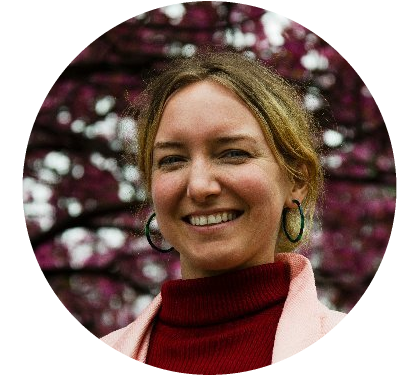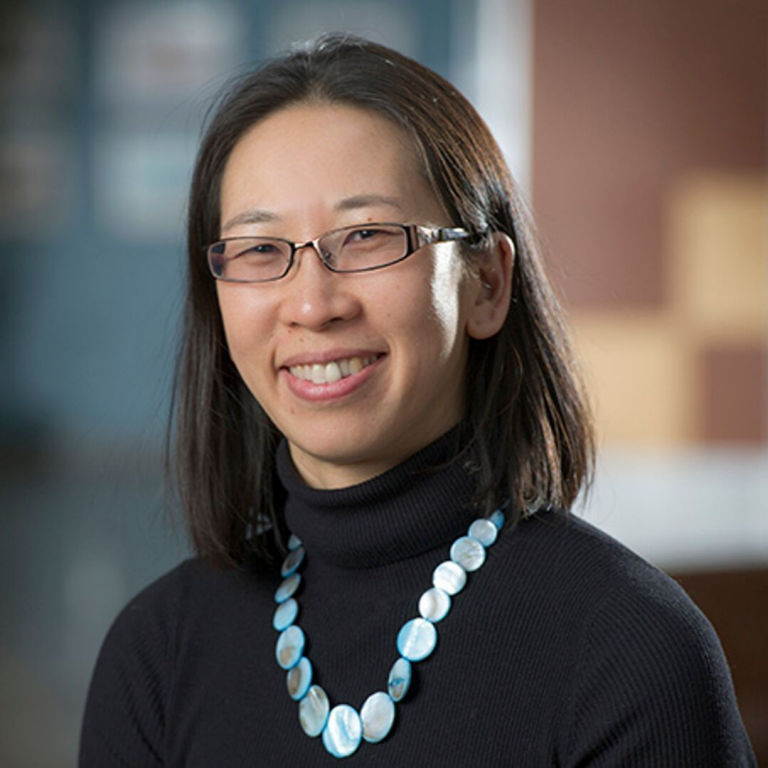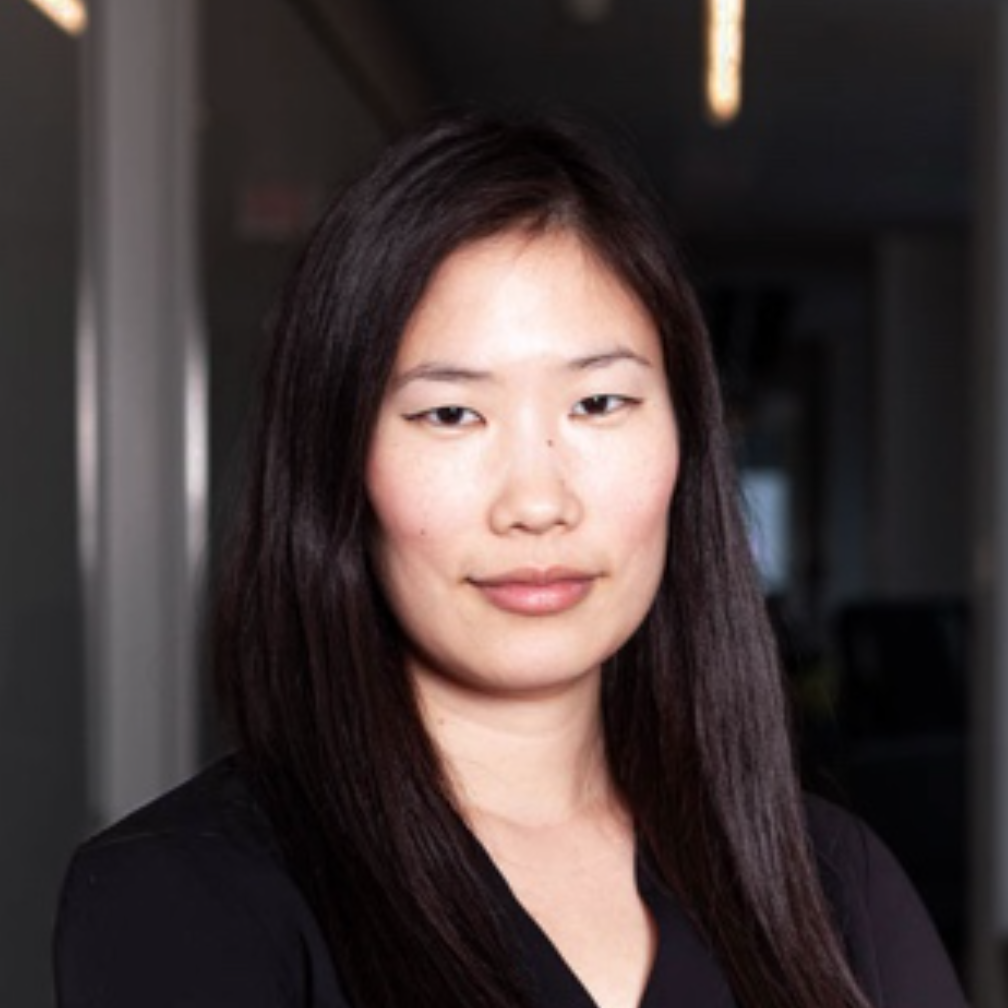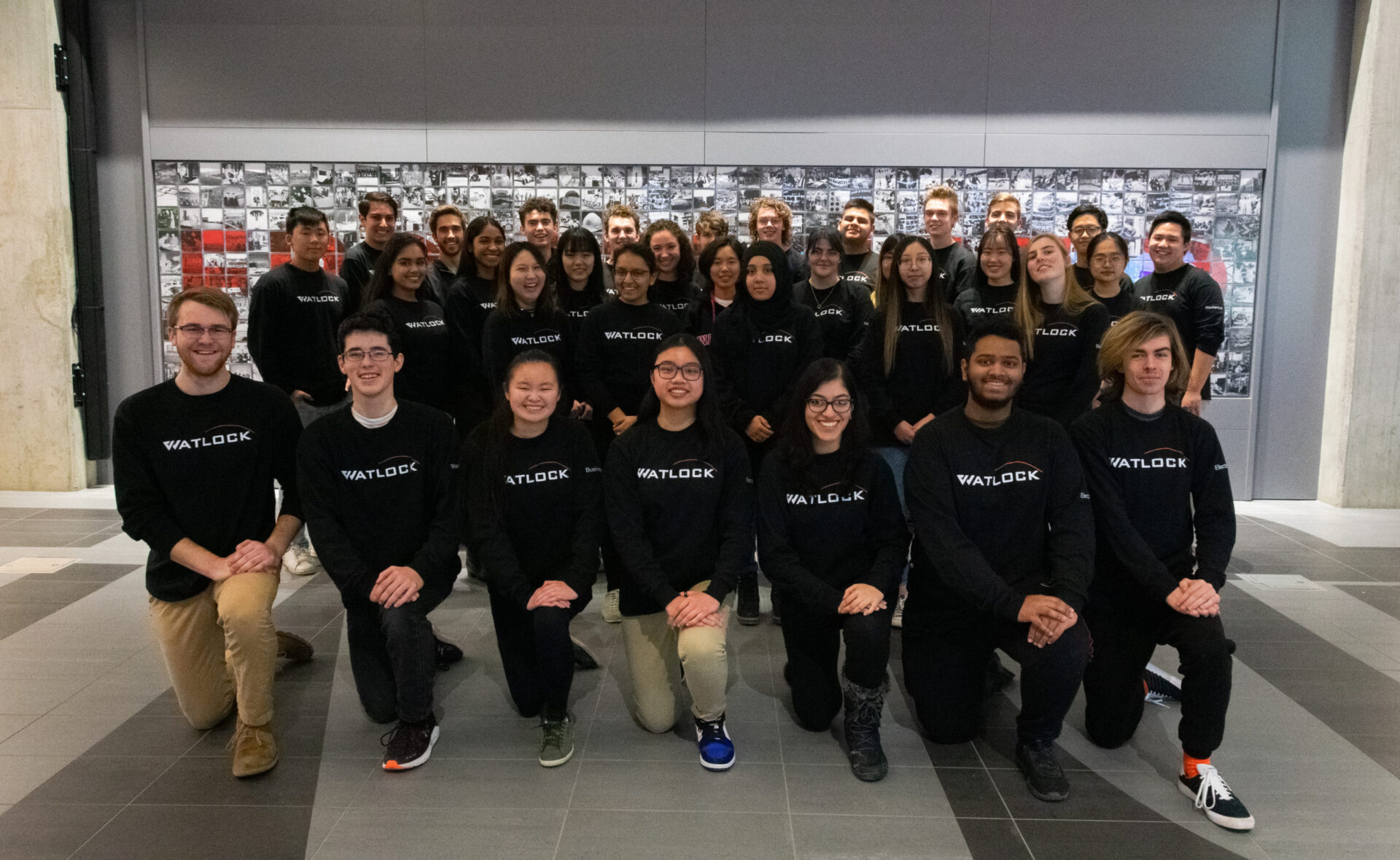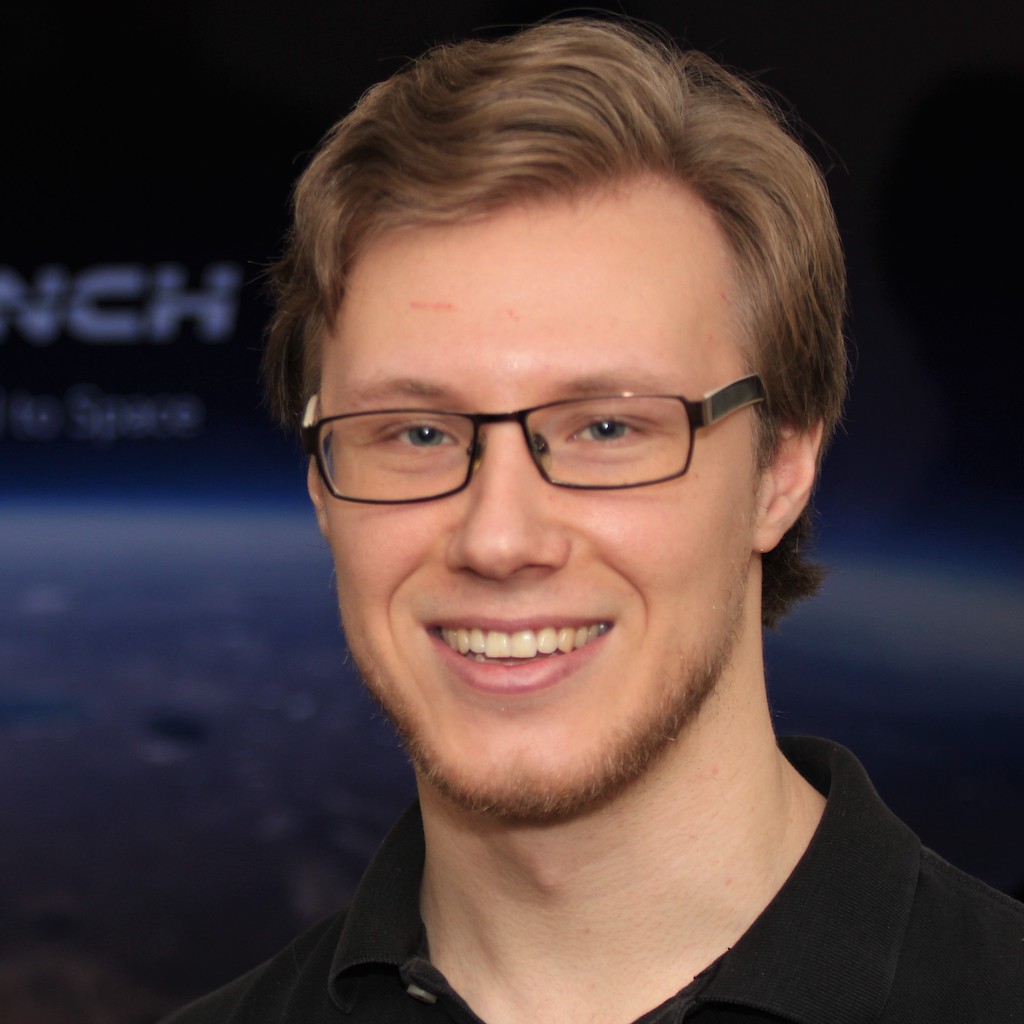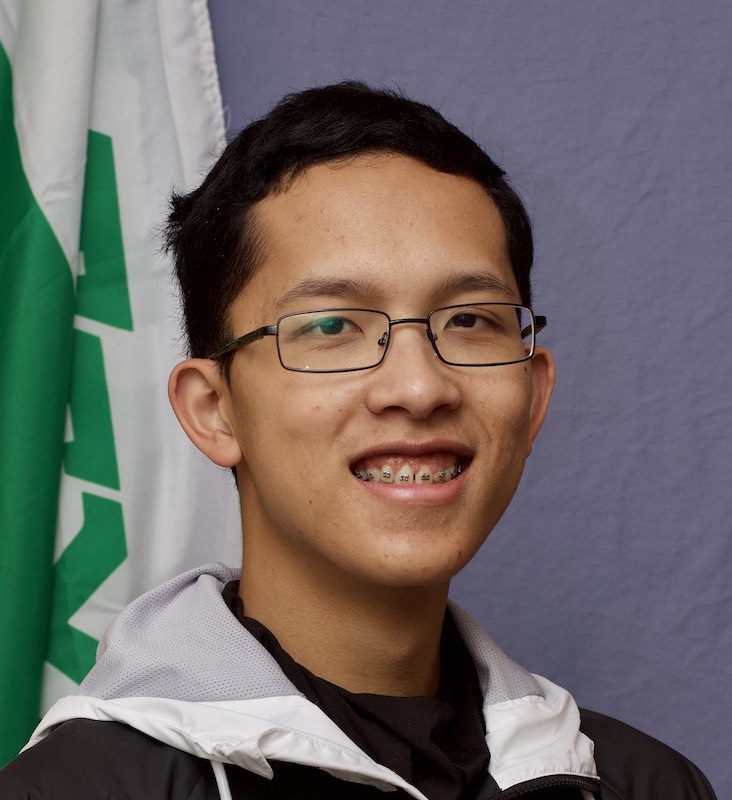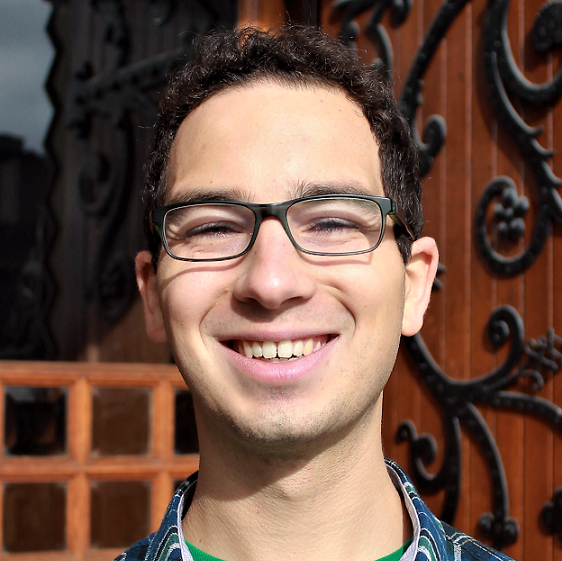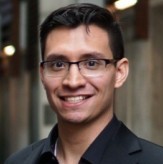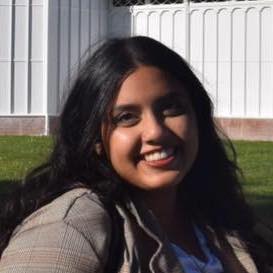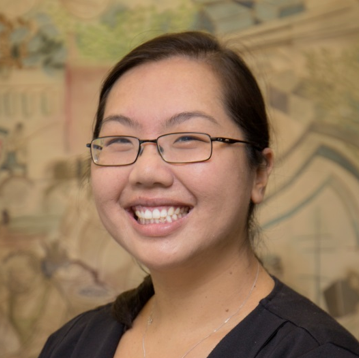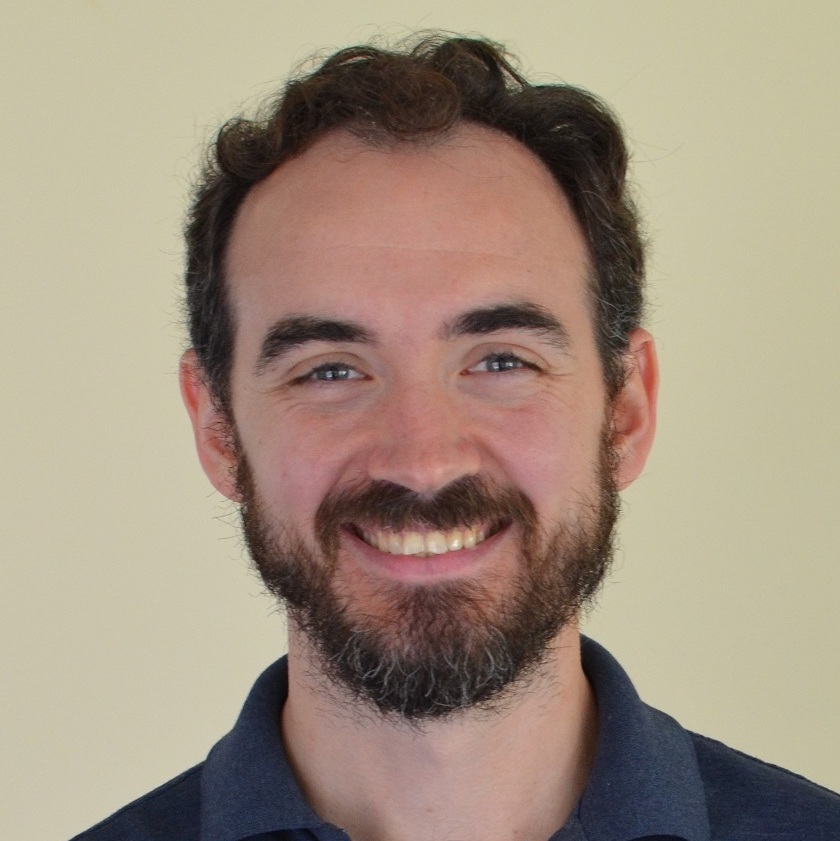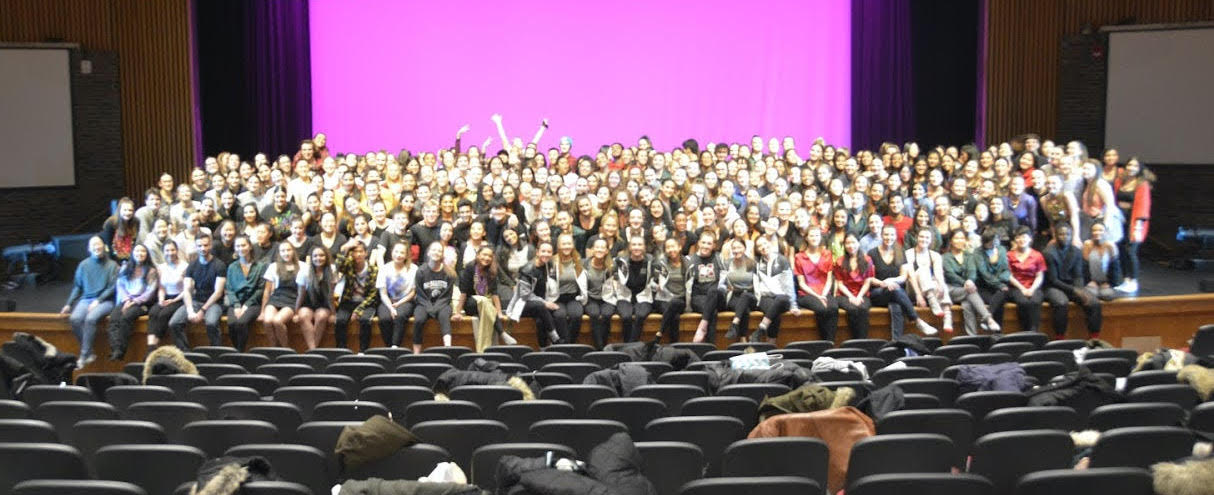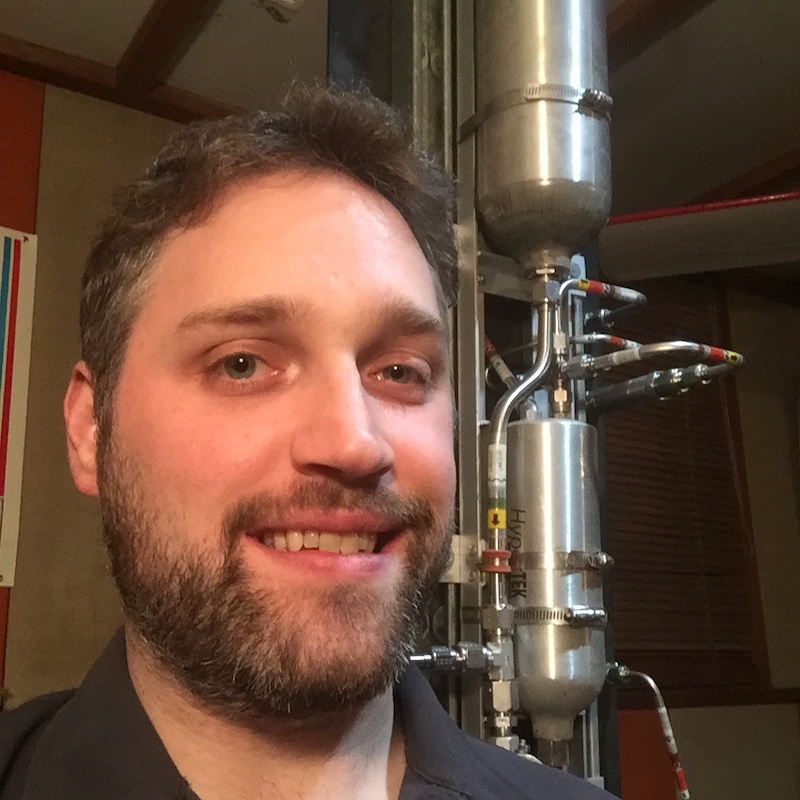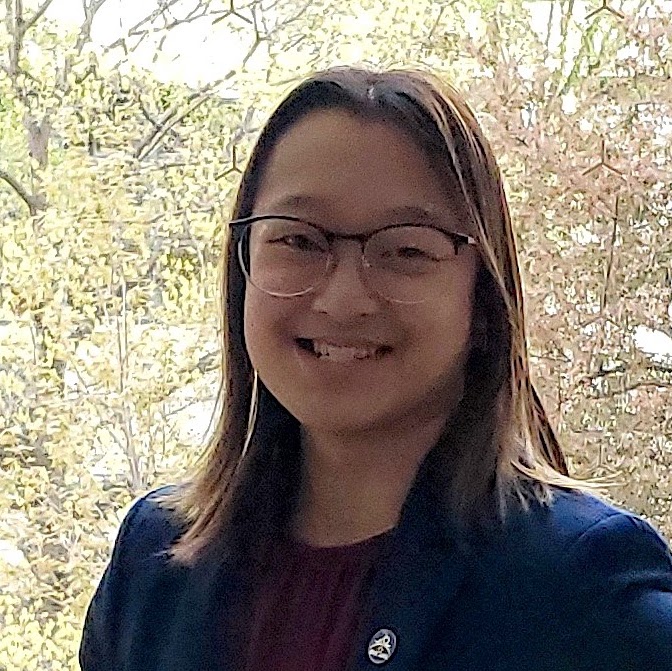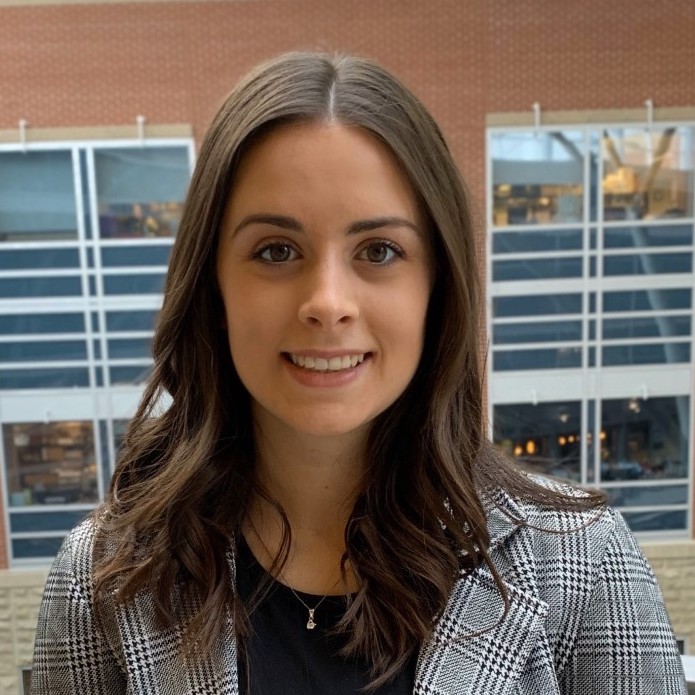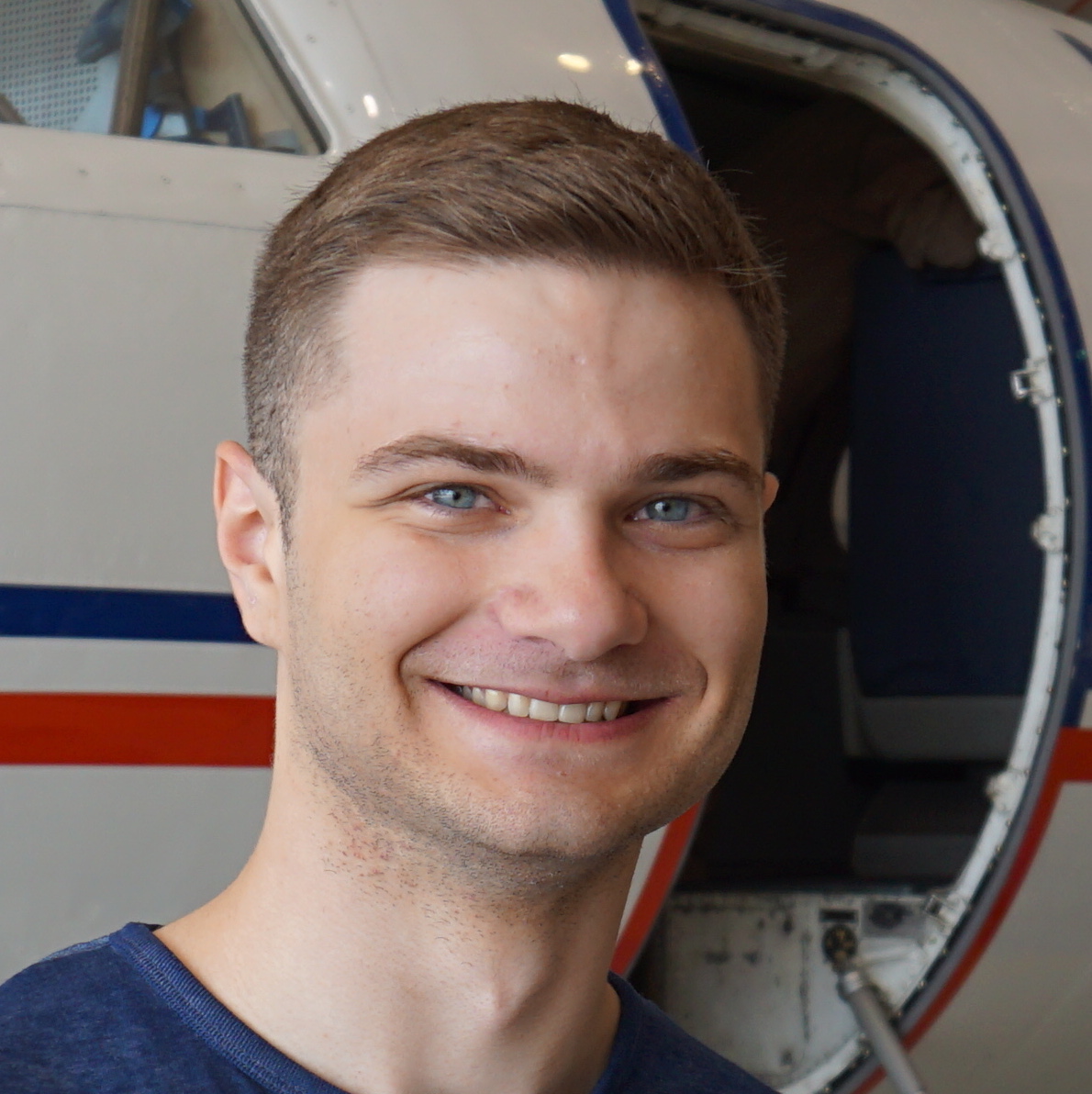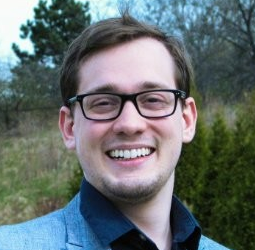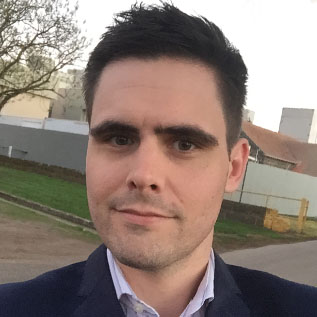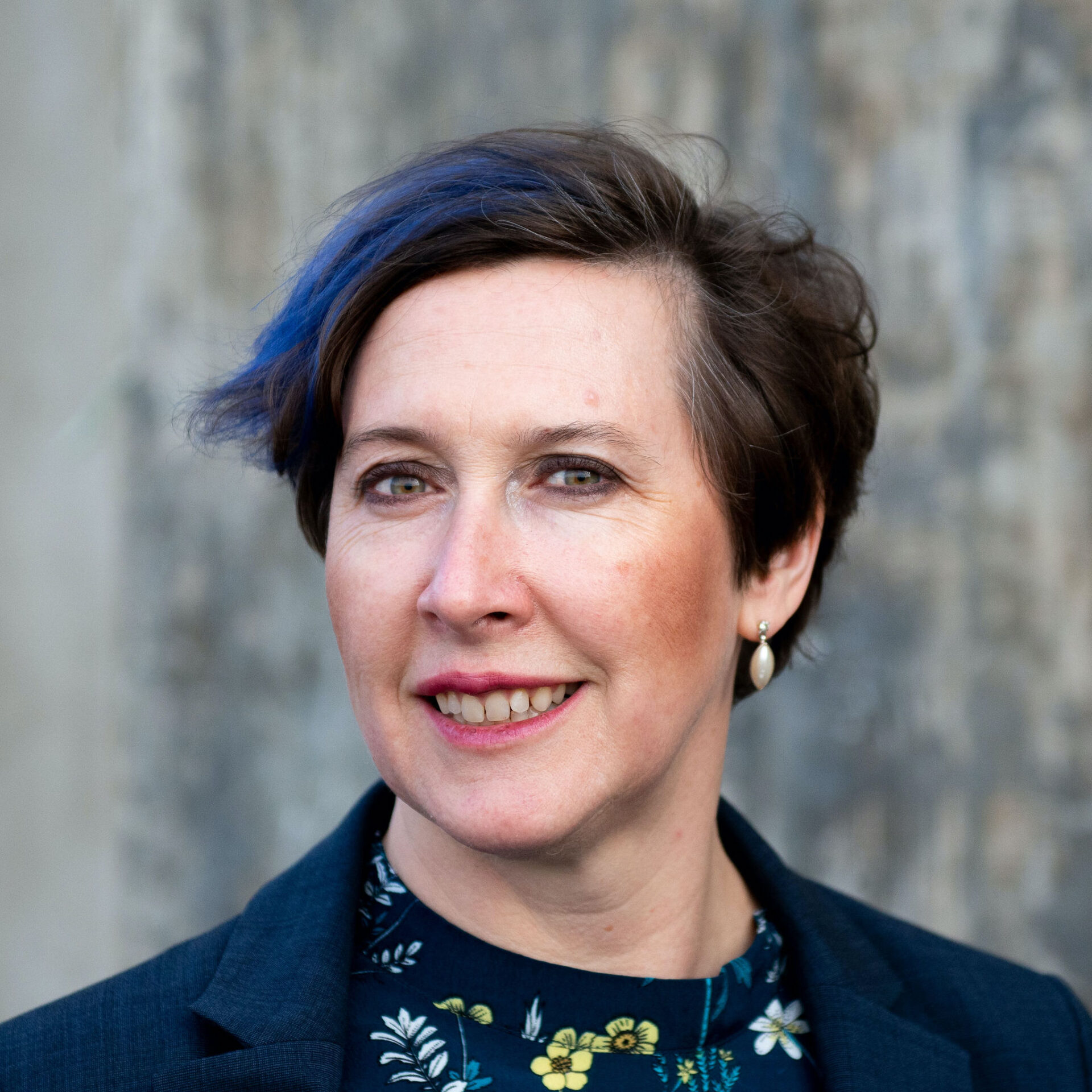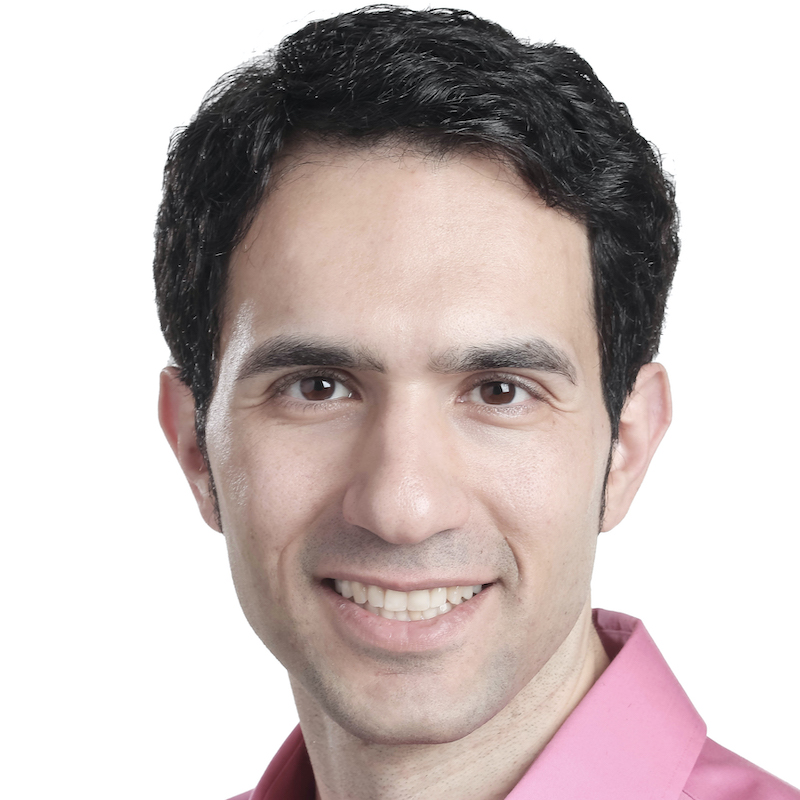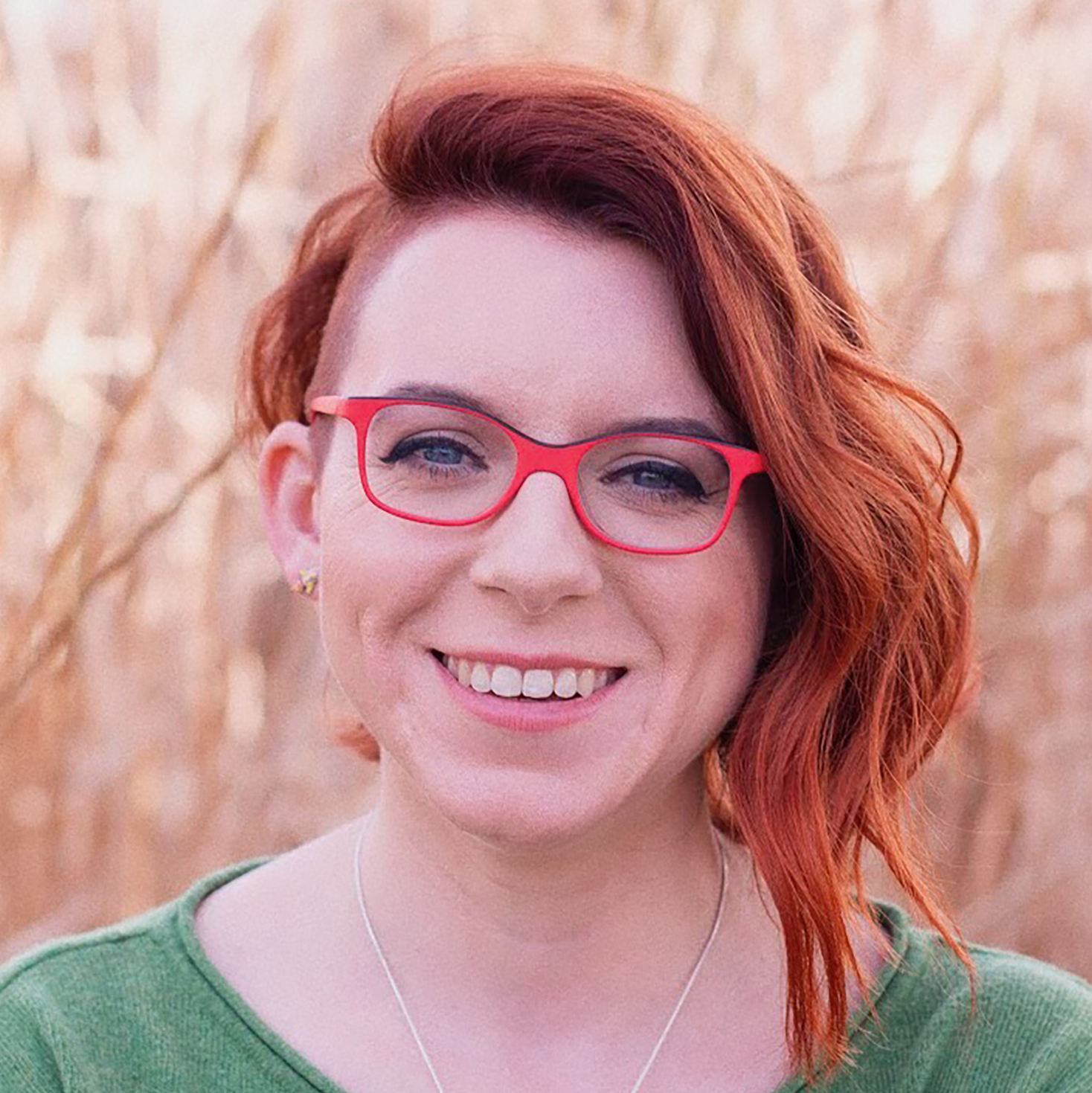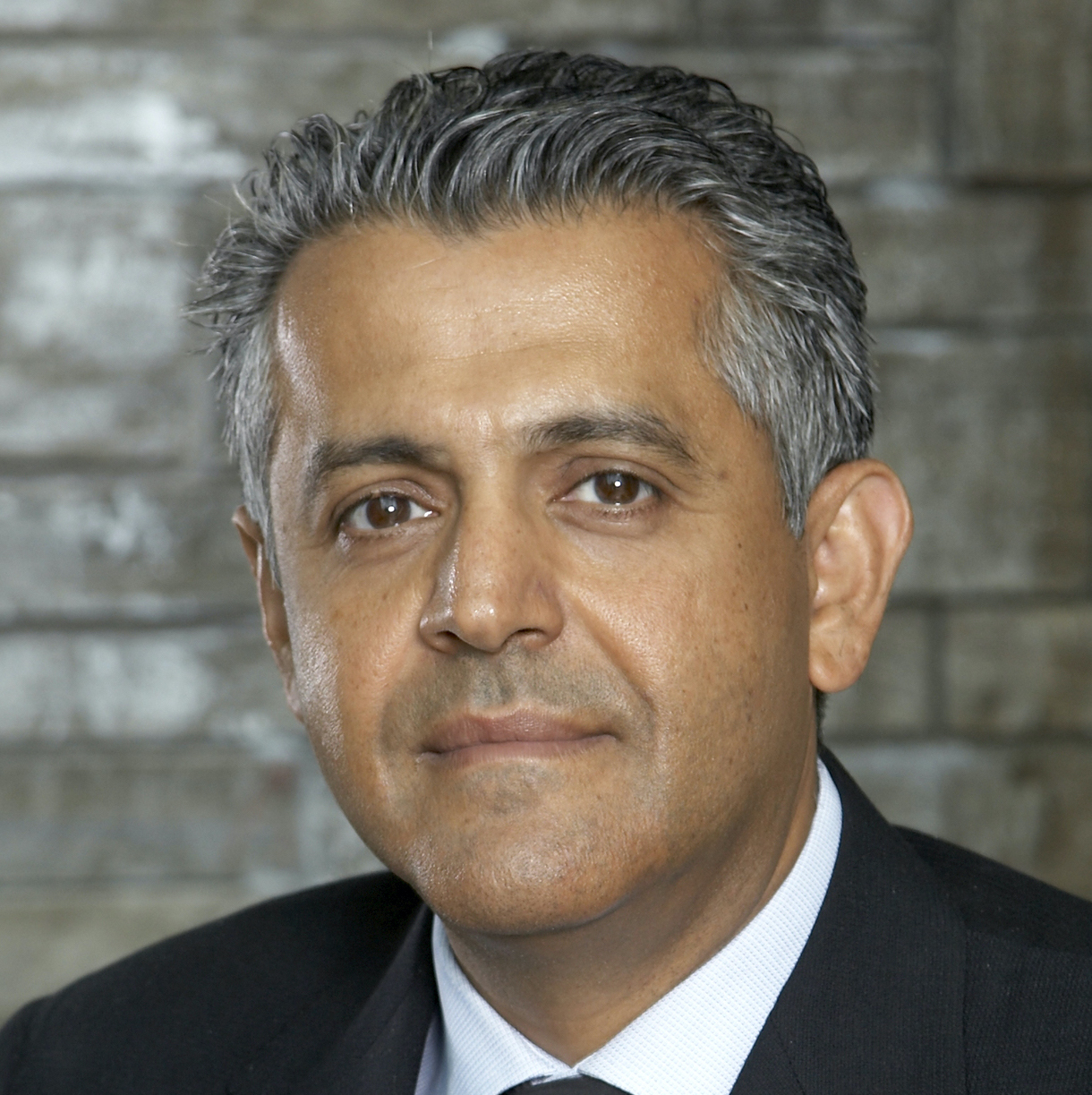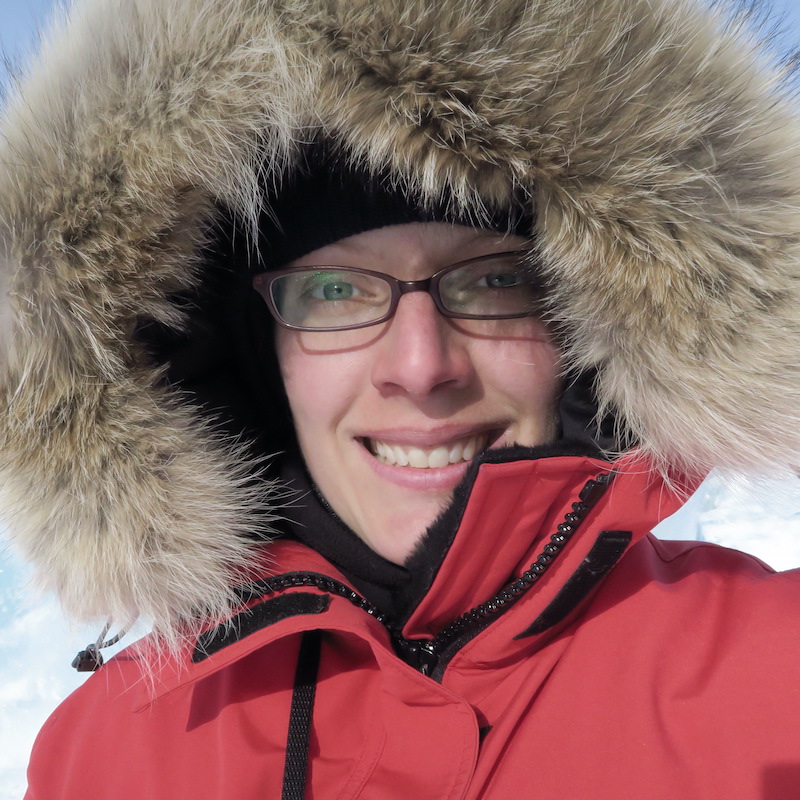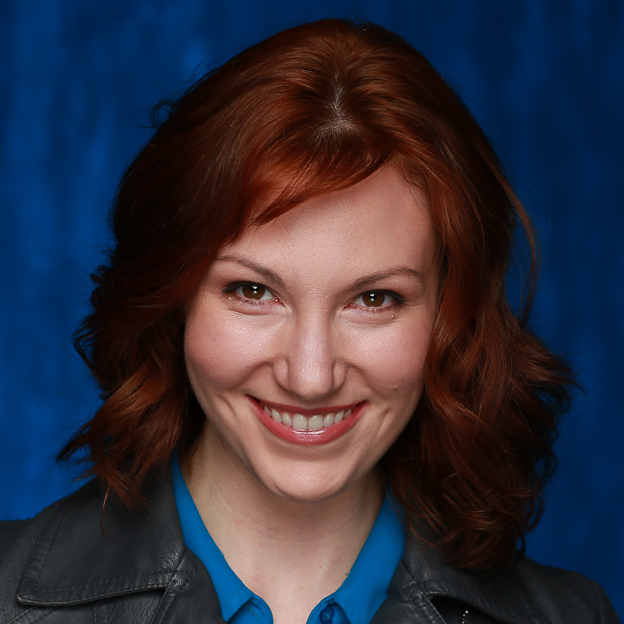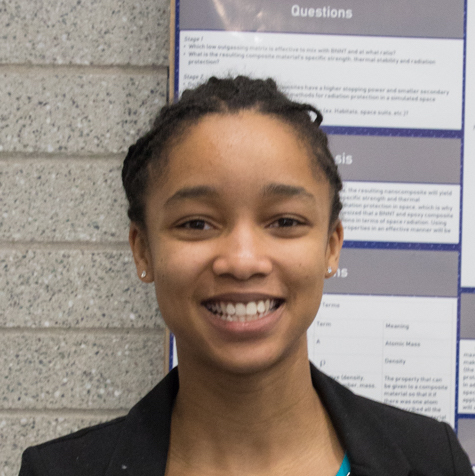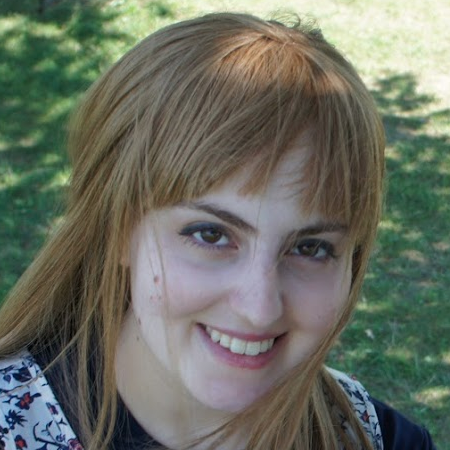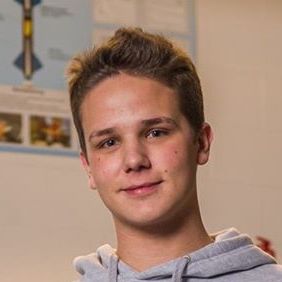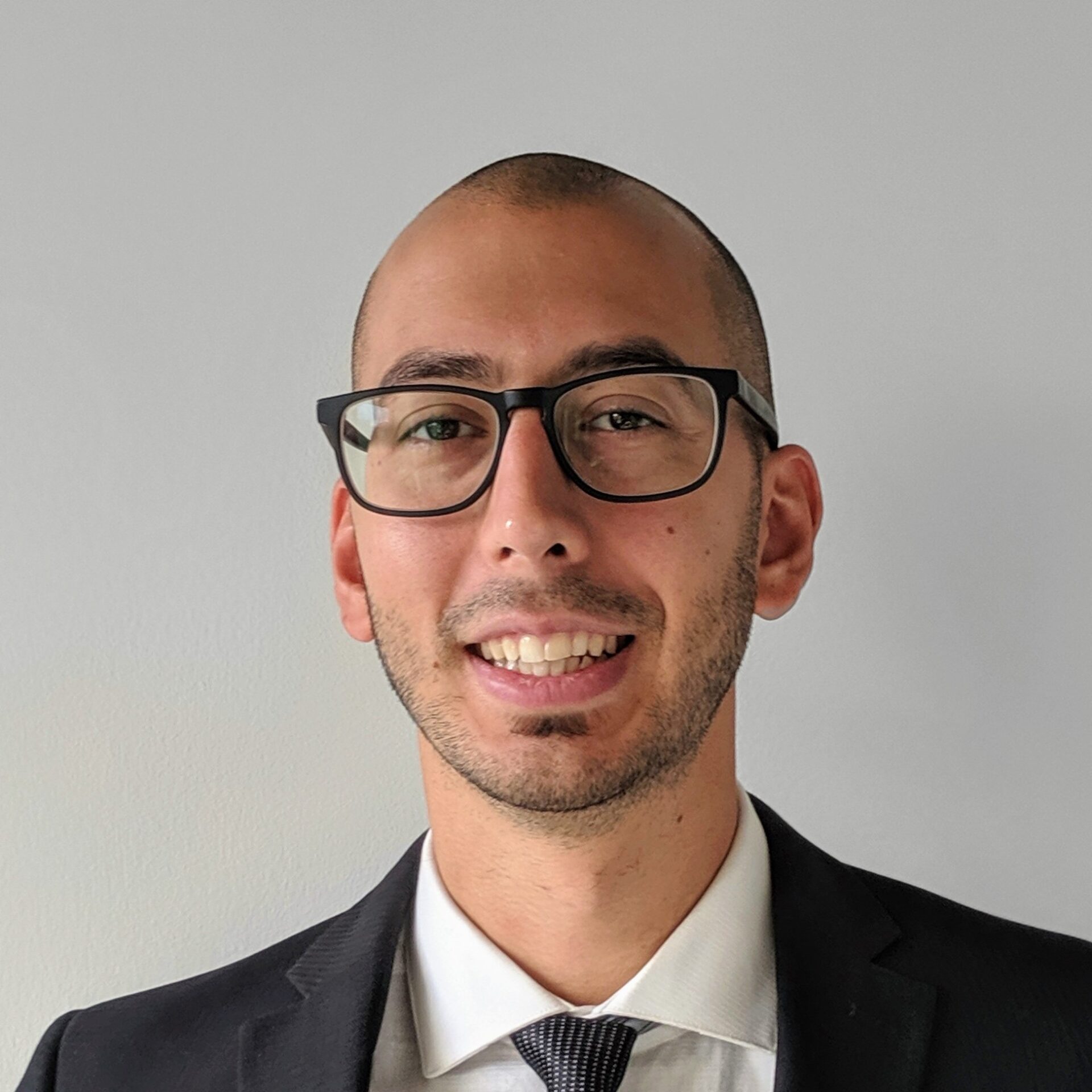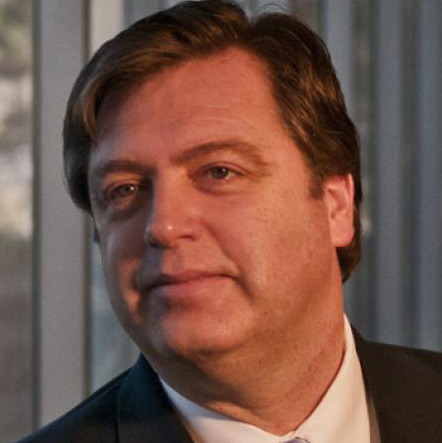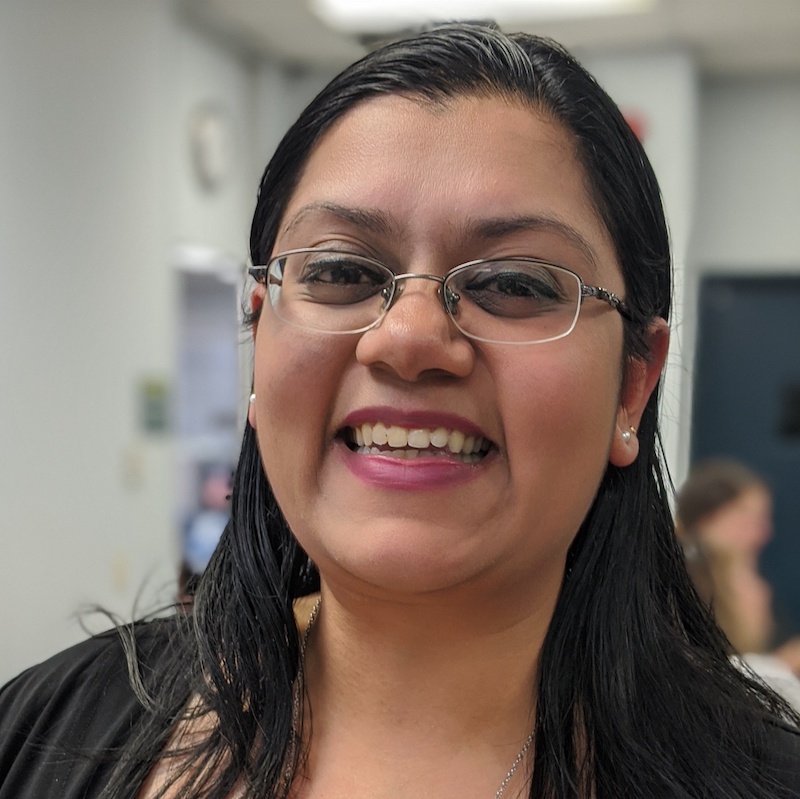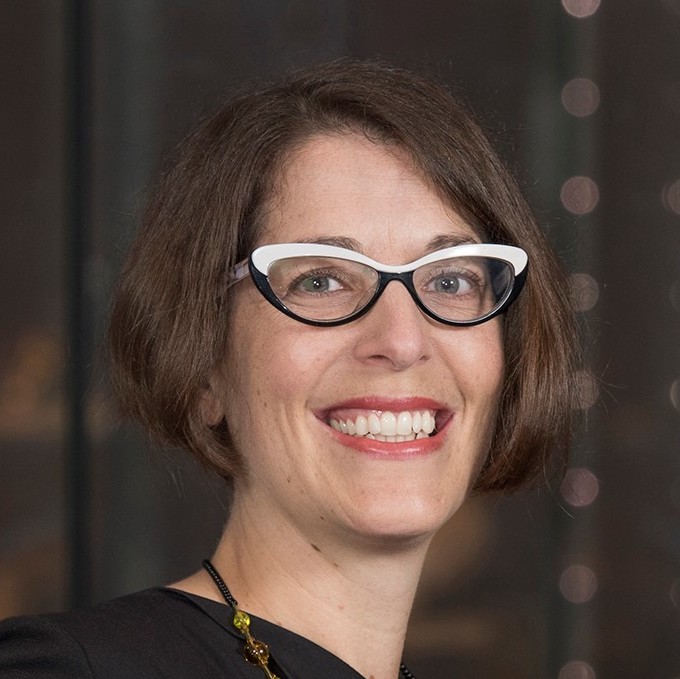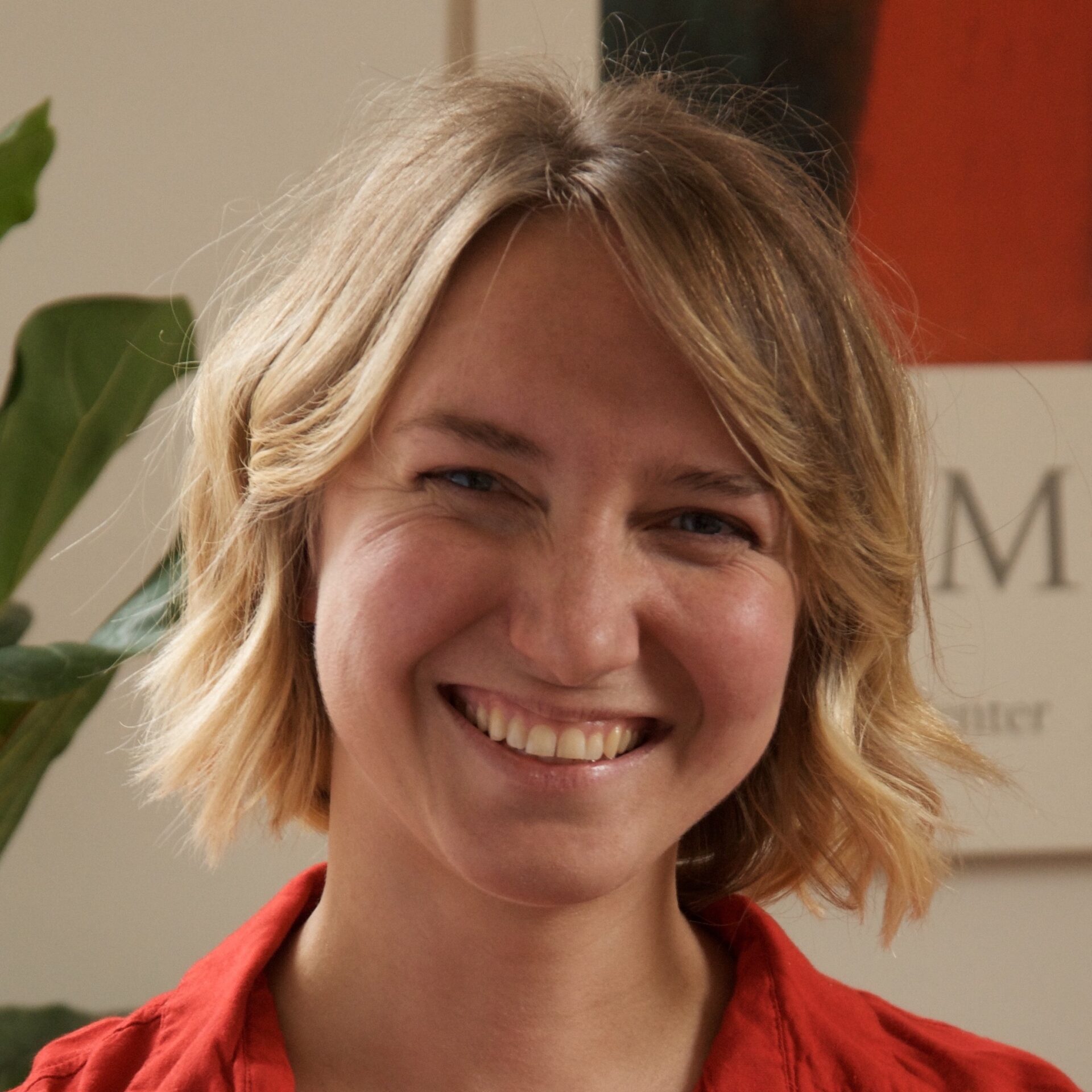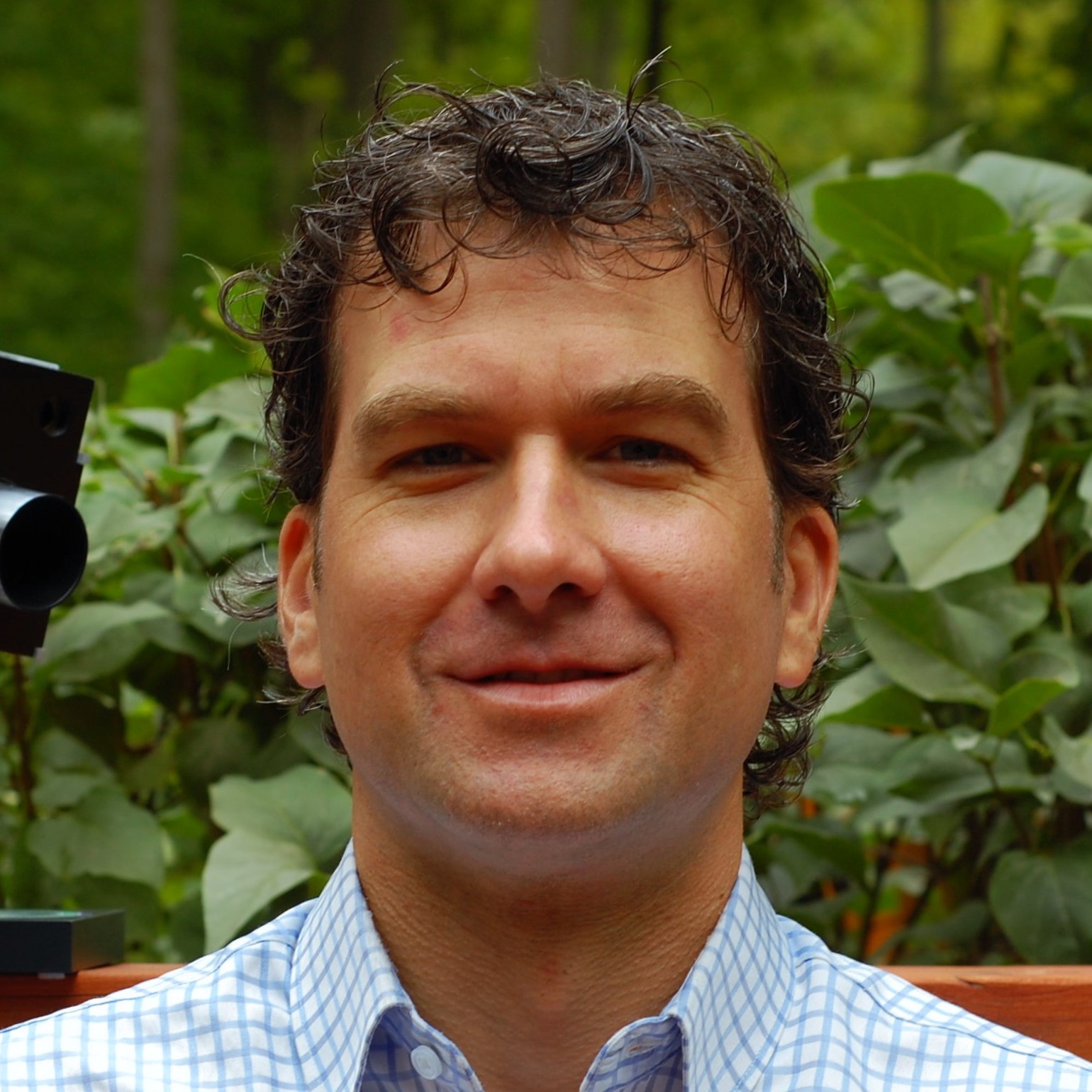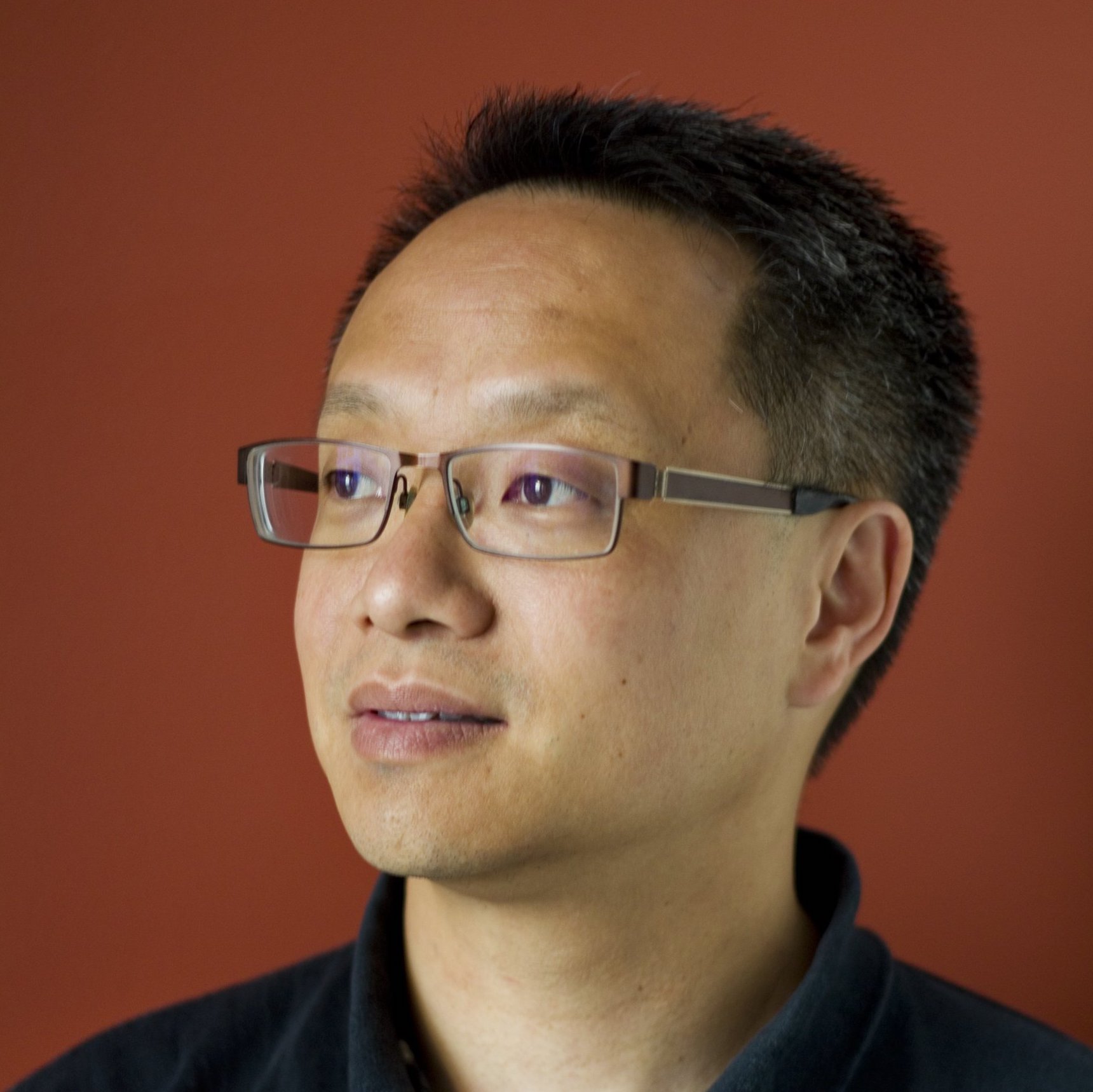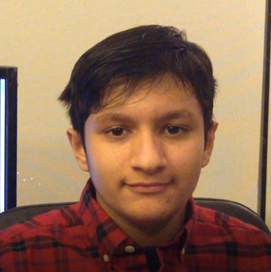
Canadian Reduced Gravity Experiment Design Challenge
What is CAN-RGX?
Canada’s first microgravity research competition for students, in collaboration with the National Research Council and the Canadian Space Agency.
Running annually since 2016, the Canadian Reduced Gravity Experiment Design Challenge (CAN-RGX) is a competition for Canadian post-secondary students to design and test a small scientific experiment on board the National Research Council of Canada (NRC) Falcon 20, which has been modified for reduced gravity flight in association with the Canadian Space Agency (CSA). Starting in September 2022, CAN-RGX is in its sixth campaign after having the fourth campaign delayed 1 year because of the COVID-19 pandemic.
Any student team at a Canadian university or college can submit a proposal for their experiment, after which, teams will be selected to fully design, build and fly their experiments. Two members of each team will fly their experiments on board the Falcon 20 which simulates microgravity conditions by flying in consecutive parabolas.
We seek to create tangible student-led impact in space exploration and development. This is a unique opportunity for students to develop skills in STEM, to fly on board a parabolic aircraft, and conduct research in an environment that is unparalleled here on Earth!
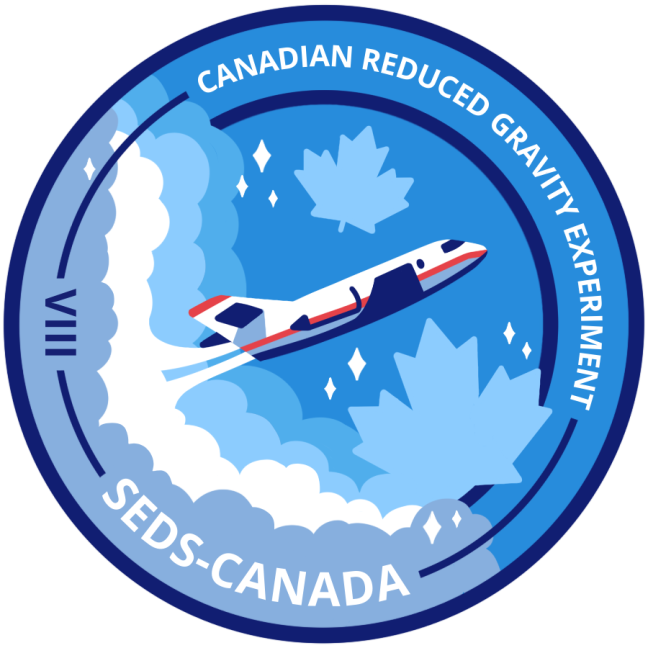
The applications CAN-RGX VIII are now open!
CAN-RGX 8 Timeline
Selection
Students must adhere to the following timeline and requirements to qualify for the selection process.
- Sunday, October 20, 2024, 11:59 PM (ET): Deadline to submit your Proposal to canrgx@seds.ca.
- Monday, November 18, 2024: Teams will be notified of their selection and feedback will be provided by SMEs (from the National Research Council, the Canadian Space Agency, and additional partners)
Project Milestones
Dates are approximate and will be confirmed with students and subject-matter experts (SMEs) pending availability. Some of the following milestones include documents that must be submitted by selected teams. Participating students will become familiar with the engineering design structure the Canadian Space Agency uses. Documents will be evaluated by SMEs throughout the experiment design phases. Specific instructions for submitting these documents can be found in their respective guideline sections of the handbook (also linked above). All submissions should be made to canrgx@seds.ca.
- November, 2024: CAN-RGX Kickoff Meeting (KOM) with selected teams
- KOM + 1 month: Project Management Presentation
- Week of January 20, 2025: Progress Presentation 1
- Week of February 17, 2025: Preliminary Design Review (PDR)
- Week of February 24, 2025: Submit the experiment Test Equipment Data Package (TEDP) revision A
- Week of March 24, 2025: Progress Presentation 2
- Week of May 5, 2025: Progress Presentation 3
- Week of June 16, 2025: Critical Design Review (CDR)
- Week of June 23, 2025: Submit the TEDP revision B
- Week of August 25, 2025: Progress Presentation 4
- September 15, 2025: Submit Ground Test Video for review
- Week of September 22, 2025: Flight Readiness Review (FRR)
- Week of September 29, 2025: Submit the final TEDP
- Week of October 6, 2025: Submit the Outreach Activity Report
- November, 2025: One week deployment for the CAN-RGX Flight Campaign
- December, 2025: Post-flight survey
Last updated: March, 2025
Competition Info
How to apply to CAN-RGX 8 (2024-2025)
Applications for CAN-RGX 8 are now closed.
While not required, you are welcome to submit an Expression of Interest form to receive early feedback on project ideas, proposal quality, or team-building! For questions about the application process, eligibility, please email CANRGX@SEDS.CA
Download both the Application Form and Application Guide (updated Sep 19, 2024).
Complete the Application Form following the itemized submission instructions. Consult the Application Guide for key details about Proposal requirements, timeline, microgravity environment, and experiment constraints
Email CANRGX@SEDS.CA with one PDF containing your completed Application Form, Proposal document, and supporting documents
The Submission Deadline is October 20, 2024 at 11:59 pm ET.
Our Handbook contains all the
information interested student teams may need
(including competition requirements, eligibility criteria, a competition timeline, the application process, and more!)
The 2022-23 CAN-RGX Handbook is now available!
The CAN-RGX How-To Guide contains additional tips and advice for excelling throughout the competition (including the proposal stage!)
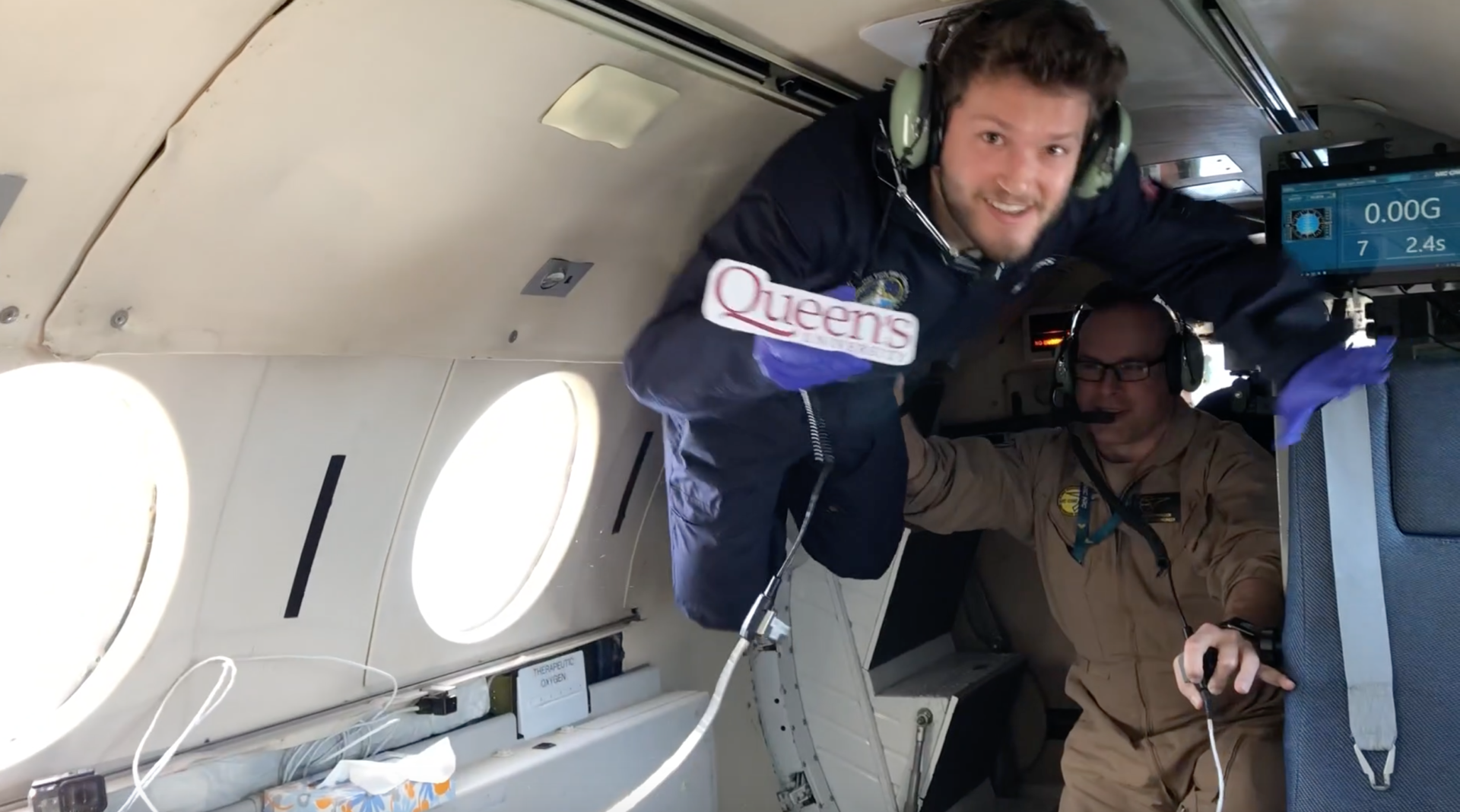
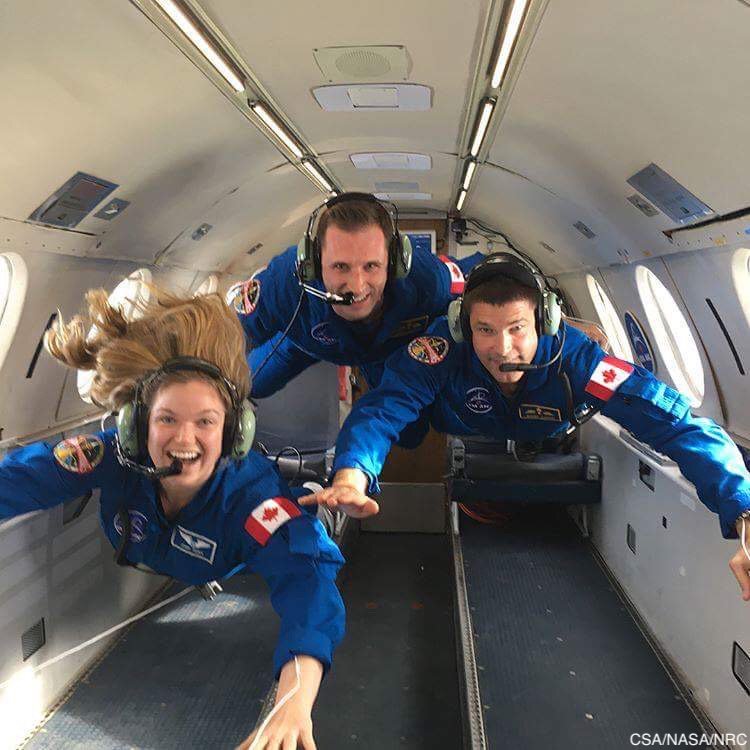
What would you say to a student considering entering the competition?
Go for it! Form a group with friends/fellow students who are interest in CAN-RGX and give it your best shot. When we initially formed our team, we didn’t think we would ever be selected for CAN-RGX. Have confidence and submit the best proposal you can.
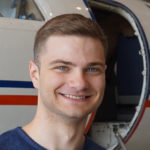
Team Lead, MERGE (McMaster)
CAN-RGX 2019
Q: Can my experiment involve flammable material if it is properly contained?
A: No. The ‘Experiment Constraints’ outlined in the Handbook prohibits the use of high-pressure, toxic, corrosive, explosive and flammable materials, regardless of the level of containment. See the Handbook for further details.
Q: Will lab space or equipment be provided to build our experiment?
A: No. Teams are responsible for securing access to proper facilities/equipment needed to design and build their experiment.
Q: Will we receive training before the parabolic flight?
A: Yes. Selected teams will undergo a pre-flight briefing where they will be coached by flight officers and guided through emergency procedures.
Q: Will we be allowed to bring our own tools on board the aircraft?
A: Yes, given that the tools are deemed safe for use in parabolic flight. Note that all tools will need to be contained or tethered during parabolas.
Q: Can we perform experiments on humans, animals or living cells?
A: Only experiments using cells which fall under Risk Group 1 and do not require Research Ethics Board of approval are allowed.
Q: Can I apply if I am an international student?
A: Yes! Any student enrolled at a Canadian post-secondary institution can apply, regardless of residency status.
Q: Can I participate if I am enrolled part time?
A: Yes! As long as you can provide proof of enrolment at your academic institution, you can enter into the competition.
Q: Do you accept unofficial proof of enrolment?
A: We accept the following: an official proof of enrolment letter, a scan of a student ID card showing the expiry, a screenshot of a current timetable clearly showing the year/student name/student ID, or a tuition invoice/financial statement showing the year/student name/student ID. Proof of enrolment for each team member must be submitted with the team’s Proposal.
Q: Is there a limit on how many members can be in my team?
A: No, however your team can only be associated with one ‘primary Canadian institution’. This means that any team members who are not enrolled at the primary Canadian institution will be listed as ‘collaborating institutions/members’.
Q: Who can I ask for help if I have a technical question related to my experiment design?
A: Selected teams will have access to a group of Subject Matter Experts (SME) who have extensive knowledge on parabolic flight science.These SMEs will be available to answer your technical questions during the competition. Send us your questions to canrgx@seds.ca.
Q: Can my Faculty Advisor be a post-doctoral researcher or doctoral student?
A: No. If you have concerns or questions about who qualifies as a “Faculty Advisor” please email us at canrgx@seds.ca.
Any biological or physical process that depends on gravity on Earth can be studied in microgravity to observe changes. Students from a wide variety of backgrounds can perform experiments; these include, but are not limited to:
- Material Sciences
- Fluid, Heat and Mass Dynamics
- Mechanics and Structures Sensors, Control Systems and Robotics
- Chemistry
- Geological Processes
- Astroparticle and Radiation Sciences
- Kinesiology, Biophysics and Biomechanical Engineering
- Biology and Biochemistry
- Plant, Animal and Human Physiology
- Nutrition Sciences
- Pharmacology and Medicine
For inspiration, here is a list of abstract titles from the 2014 NASA Reduced Gravity Flight Opportunities Program, which cover several research topics:
- Dust Coagulation in Microgravity
- Electrodynamic Dust Mitigation for NEO Missions
- Flow Boiling Bubble Detachment in Microgravity
- Canfield Joint Attitude Control
- Zero Gravity Mass Inventory Gauge System
- Frontal Polymerization in Microgravity
- Fiber Supported Droplet Combustion of Biofuels
- Still Deployment Mechanism for Small Satellite Platforms
- Moisture Transport Systems for Wearable Applications
- Vectran Combustion in Microgravity
- Low-Velocity Regolith Ejecta
- Alteration of Actin’s Critical Concentration in Microgravity
- Miniaturized cardiac monitoring systems in microgravity
- Noninvasive Biosensing for Long Distance Space Flights
- Peristaltic Flow in Zero Gravity
- Automated Microgravity Fluids Testing for Advanced Plant Habitat
- A reporter system to assess the effects of microgravity on UV-induced DNA damage
- Measuring and Interpreting the Effects of Gravity on Human Biochemical Processes
- CPR in a microgravity environment
- HTEE (Hemodynamic Transesophageal Echocardiography) Evaluation and Analysis Research Team (HEART)
Meet The Teams
CAN-RGX 8 (2024-2025)
Mission SpaceWalker, University of Alberta
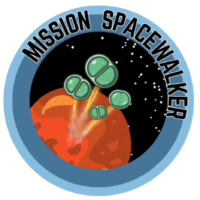
Mission SpaceWalker: The team from the University of Alberta aims to develop a microgravity-compatible bioreactor for cultivating cyanobacteria to support sustainable life systems in space. This project will utilize Synechocystis sp. PCC 6803, a cyanobacterium capable of oxygen production and nitrogen fixation, to explore its potential for long-term space missions. The bioreactor is designed to leverage capillary action to distribute nutrients, manage waste, and inject carbon dioxide, providing an optimal growth environment without the need for gravity. By ensuring even nutrient delivery through capillary tubes, the project supports in-situ resource utilization for future missions, such as oxygen generation and food production on Mars or other planetary habitats. [Team media contact: Crysta Madrio]
Space MENS, University of British Columbia - Okanagan
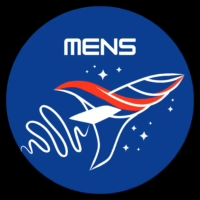
Space MENS: The team from University of British Columbia – Okanagan will study menstrual hygiene management in microgravity, focusing on fluid dynamics and hygiene during tampon removal. Using synthetic vaginal models (synginas), the experiment will simulate microgravity conditions by extracting tampons saturated with a blood simulant during a parabolic flight. High-resolution cameras will capture droplet formation and dispersion, with analysis via computer vision. This study will provide data for menstrual hygiene protocols on long-duration missions, supporting gender-inclusive safety and comfort in space.[Team media contact: Yosamin Esanullah]
Lunar Mill, University of Waterloo
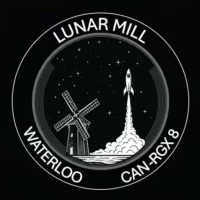
Lunar Mill: The team from the University of Waterloo‘s Lunar Mill project will study the effects of reduced gravity on the processing of lunar regolith simulants. The Lunar Mill experiment will explore three different milling methods to decrease regolith particle size, with the goal of improving techniques for metal extraction, oxygen production, energy harvesting, and material development on the Moon. Each method will be tested to determine how altered gravity affects the efficiency of particle processing. The physical properties of the simulant will be evaluated before and after flight, and the processed regolith will be used in an application-based experiment to support technology development for lunar infrastructure.[Team media contact: Connor MacRobbie]
MERCURY, McMaster University
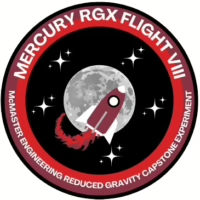
Team MERCURY: The team from McMaster University will investigate the effectiveness of a mixing and compression system designed to create a concrete-like material using lunar regolith and resin in microgravity. By examining various binder-to-regolith ratios, they will assess sample strength and structure under simulated lunar conditions, aiming to develop reliable construction techniques for lunar infrastructure. Through this experiment, the team aspires to contribute to Canada’s expertise in in-situ resource utilization, advancing construction capabilities for future space habitats and supporting long-term missions on the Moon. [Team media contact: Angela Tollis]
CAN-RGX 4
Meet your selected CAN-RGX 4 teams!
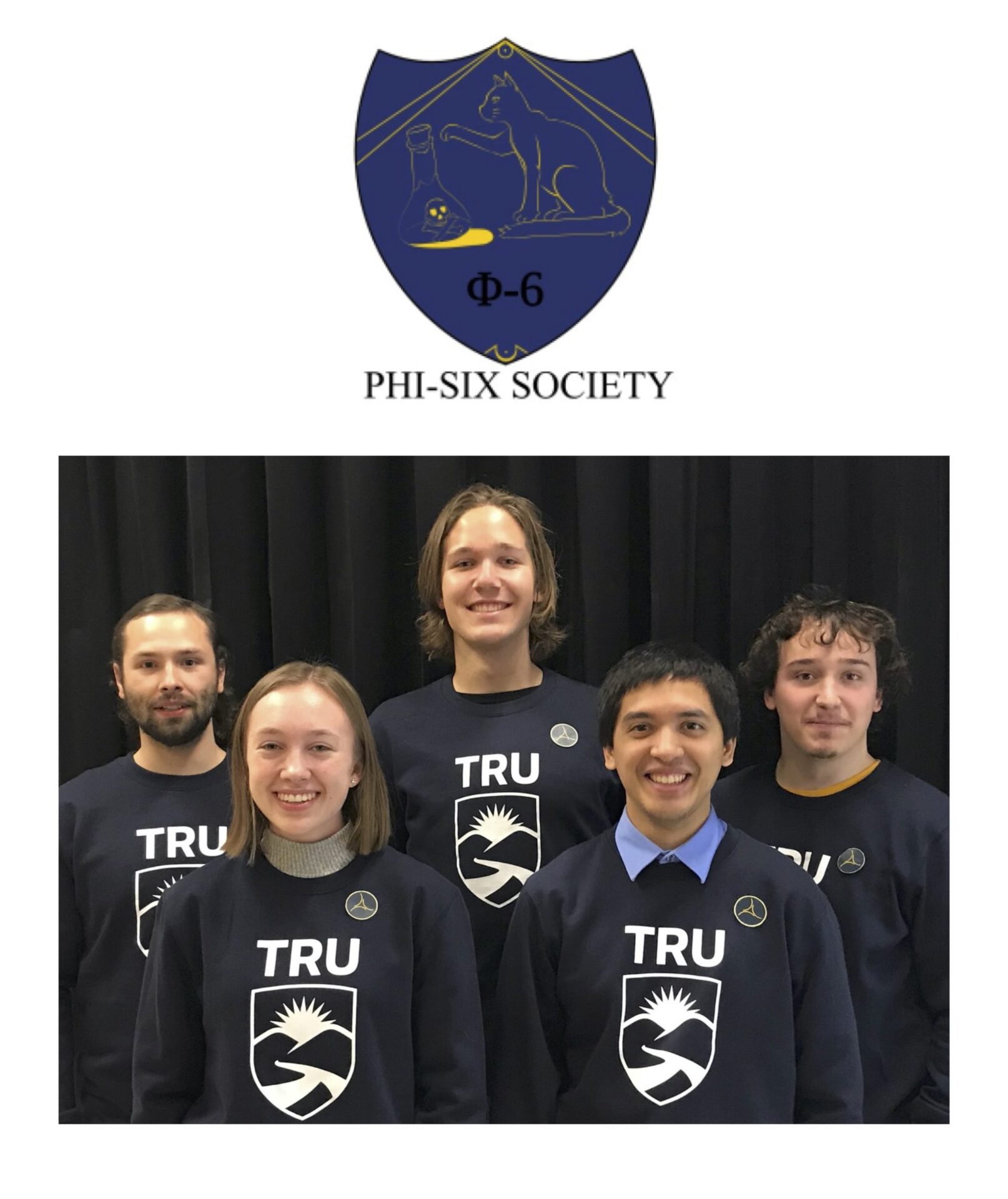
Phi-Six Society, Thompson Rivers University
Have you ever been in a car with blasting subwoofers and felt the acoustic power resonate through you? From the dulcet tones of Mozart to a sonic-boom bustin’ up windows, sound waves are incredibly versatile. In an experiment done by Kundt in 1866, particles in a closed tube seemed to dance in reaction to sound waves. Team Phi-Six will take this experiment to a new level on Canada’s zero-gravity platform, the Falcon 20. In the absence of gravity, crystalline particles like salt and sugar are known to weakly bond together, a process known as agglomeration. Using a Kundt’s apparatus in a zero-gravity environment, Phi-Six’s goal is to measure inter-particle forces which govern agglomeration.
Team members include:
Jonathan Gilchrist, Donavin White, Josephine Brewster, Cooper Wendland, and Adam Whitaker-Wilson
Past CAN-RGX participants
(click for more information, where available)
CAN-RGX 7 (2024)
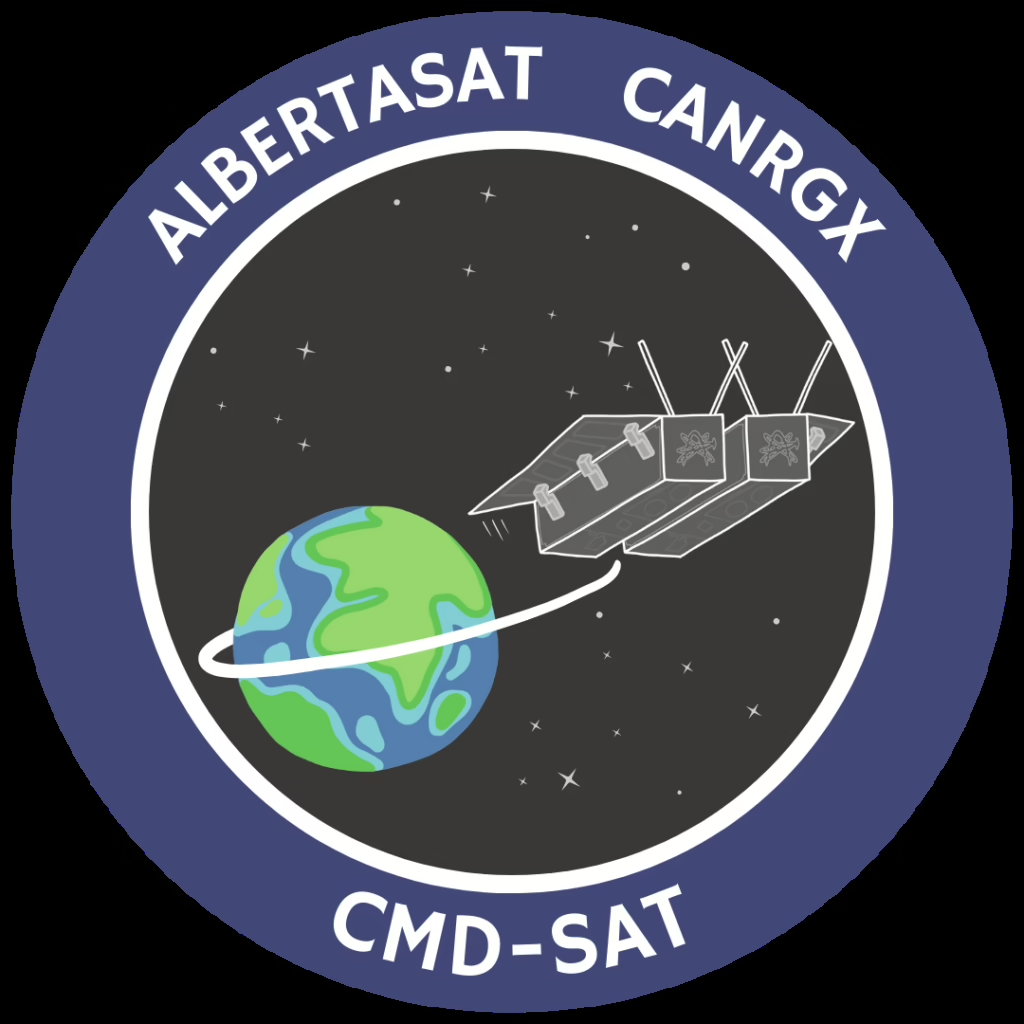
CMD-SAT
University of Alberta
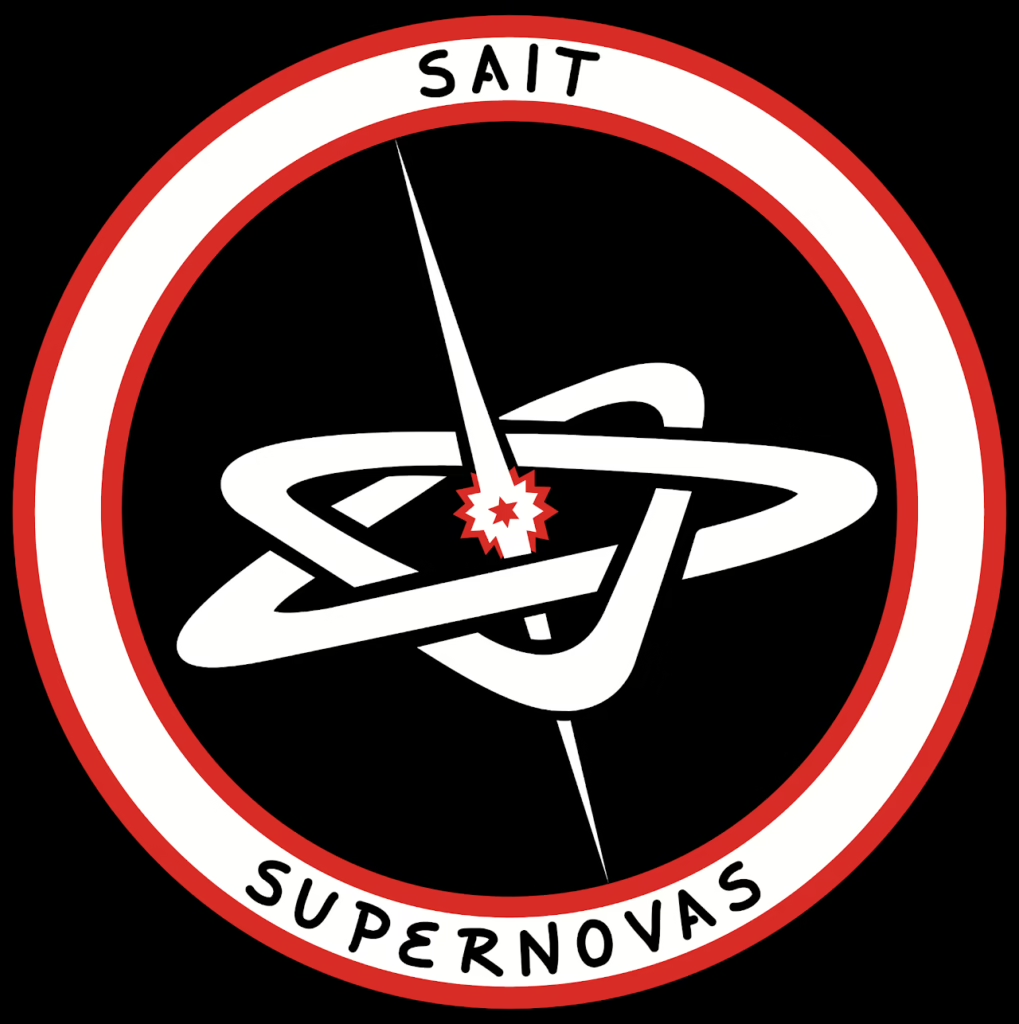
SAIT Supernovas
Southern Alberta Institute of Technology
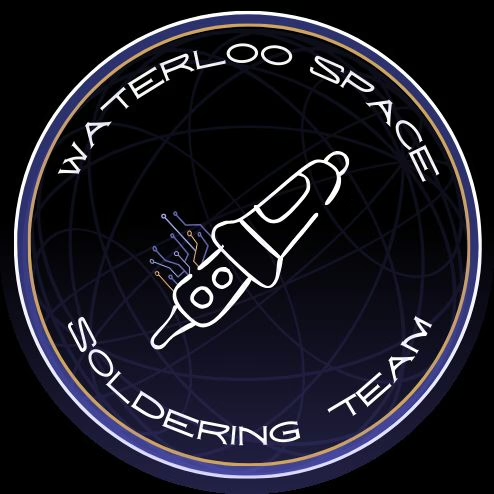
Waterloo Space Soldering Team
University of Waterloo
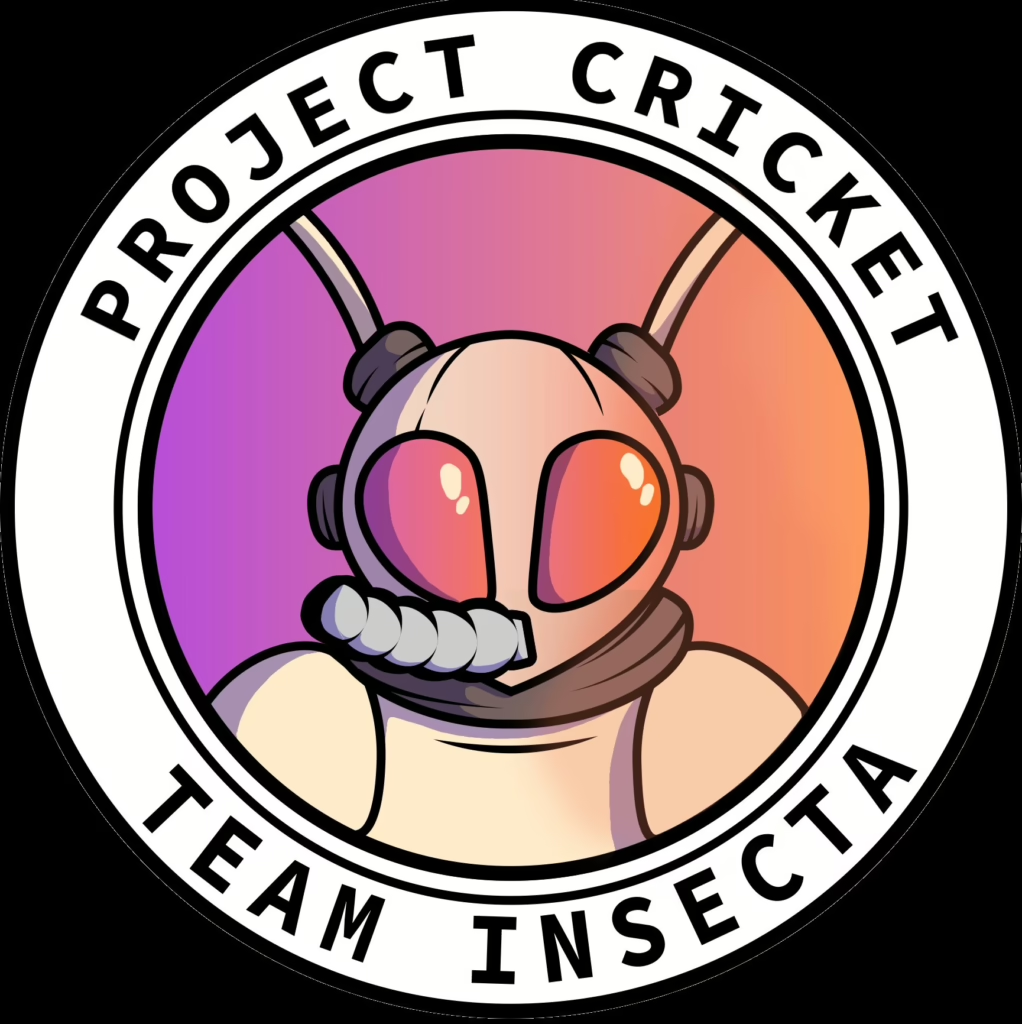
Insecta
Carleton University
CAN-RGX 5.5 (2023)
Team UVic Rocketry
University: University of Victoria
Team Members: Sean Farley and Milana Longo
Recent work by NASA has investigated genomic changes in astronaut Scott Kelly induced by time in a spaceflight environment compared to his brother Mark Kelly who remained on earth, raising interesting questions about biological sciences in space. UVic Rocketry entered the growing field of space and biological sciences by using RNA sequencing technology to sequence the full transcriptome of a robust eukaryotic model organism, Saccharomyces cerevisiae, in response to a periodic microgravity environment.
Where are they now?
During his graduate work, Sean Farley developed a miniaturized version of the team’s CAN-RGX experiment. This miniaturized platform was tested on board the Falcon 20 in 2021.
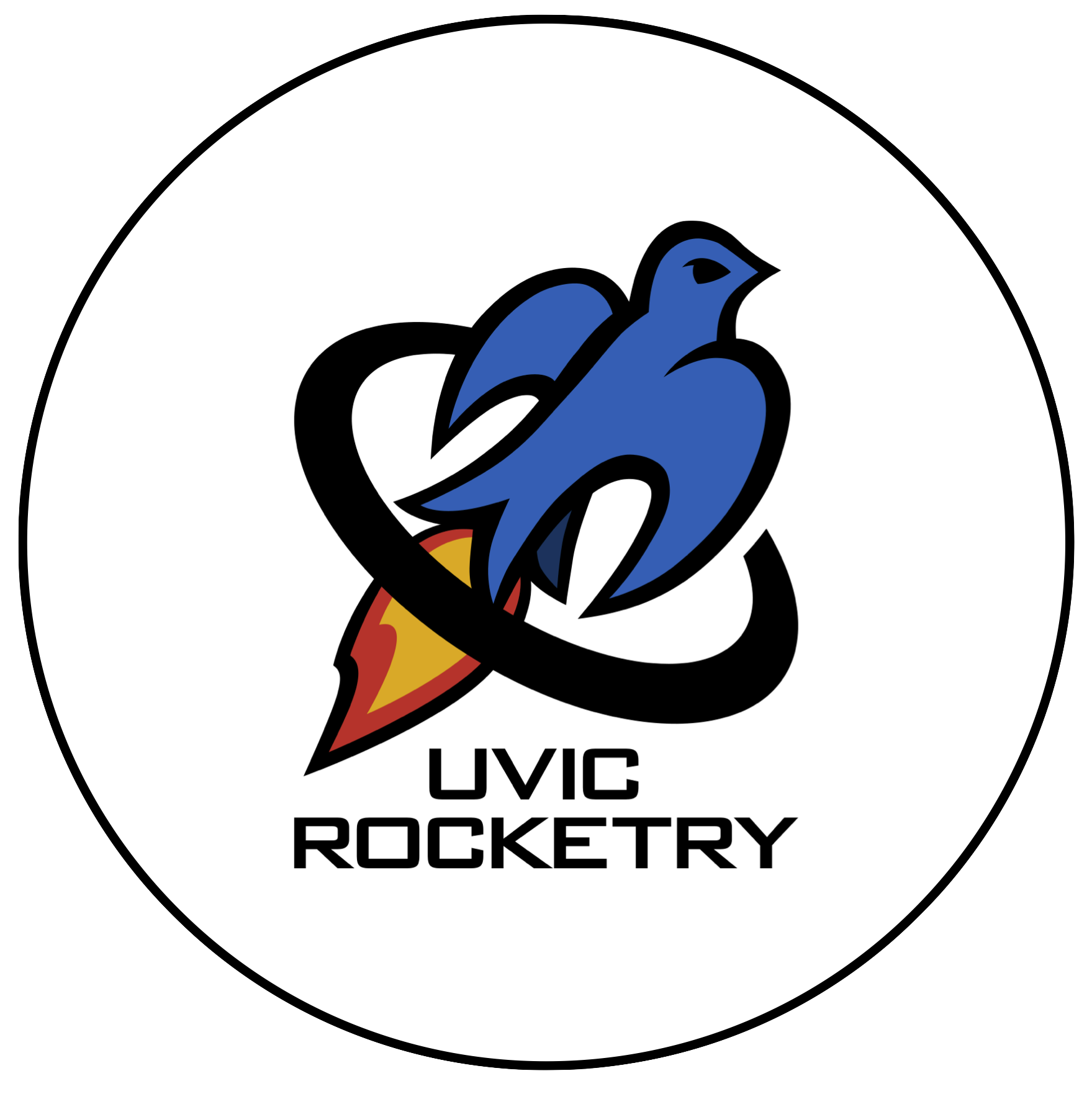
UVic Rocketry
(University of Victoria)
MICRO2
University: Concordia University
Team Members: Rym Chaid, Habakkuk Stephen, Mahgol Darvishmolla, Abigail Stephen
Faculty Advisor: Tadeusz Obuchowicz
Description: The objective of this project was to investigate the effect of varied gravity (microgravity and hypergravity) on stress-related gene expression in Saccharomyces Cerevisiae II cells, which could shed light on why astronauts experience more frequent occurrences of illness and colds due to weakened immune system during spaceflight missions.
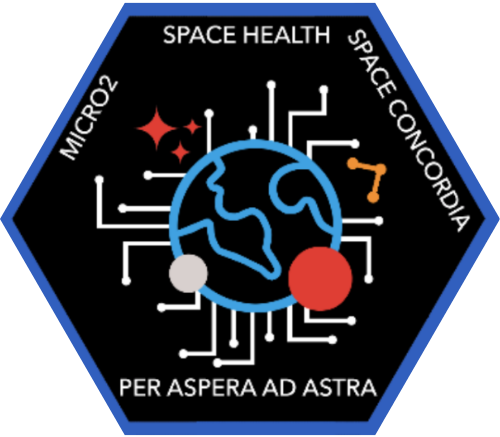
MICRO2
(Concordia University)
CAN-RGX 6 (2023)
Team CRISiS (Cardiovascular Resuscitation Identification Simulator in Space)
Team CRISiS (Cardiovascular Resuscitation Identification Simulator in Space) from Concordia University aims to engineer a new class of cardio-pulmonary resuscitation (CPR) manikins as a testing platform to provide real-time feedback of volumetric flow rate within a cardiovascular fluidic system. This project is a stepping-stone in establishing a “gold standard” CPR for human spaceflight.
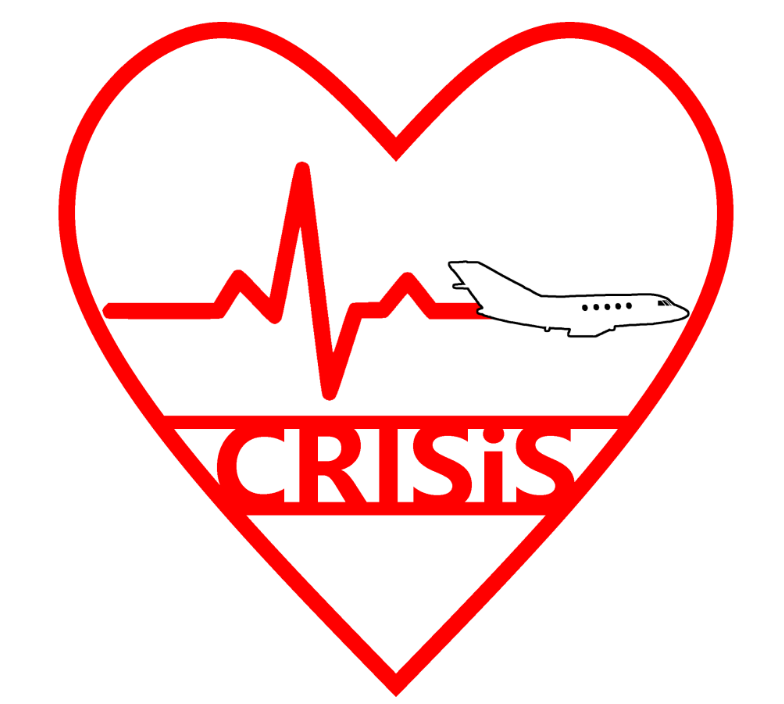
Team CRISiS
(Concordia University)
Graviteam (University of Calgary)
Graviteam from the University of Calgary aims to investigate and further understand passive phase separation and open capillary channels in zero-gravity environments. By developing more complex channel geometries, the team hopes to achieve more efficient separations in space.
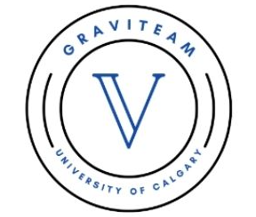
Graviteam (University of Calgary)
Team UBC Rocket (University of British Columbia)
Team UBC Rocket from the University of British Columbia aims to investigate the effectiveness of tissue plasminogen activator (TPA) in breaking down blood clots in microgravity. This project will contribute to better understanding of pharmacological interventions that can be implemented in case of thrombosis events in space.

Team UBC Rocket (University of British Columbia)
Team SpiderSAT (University of Alberta)
Team SpiderSAT from University of Alberta will test the ability of a Kraton G1645 gecko adhesive net to capture debris-like material, similar to space debris. This project will contribute to developing a cost-effective dry adhesive net to capture space debris in Earth’s orbit.
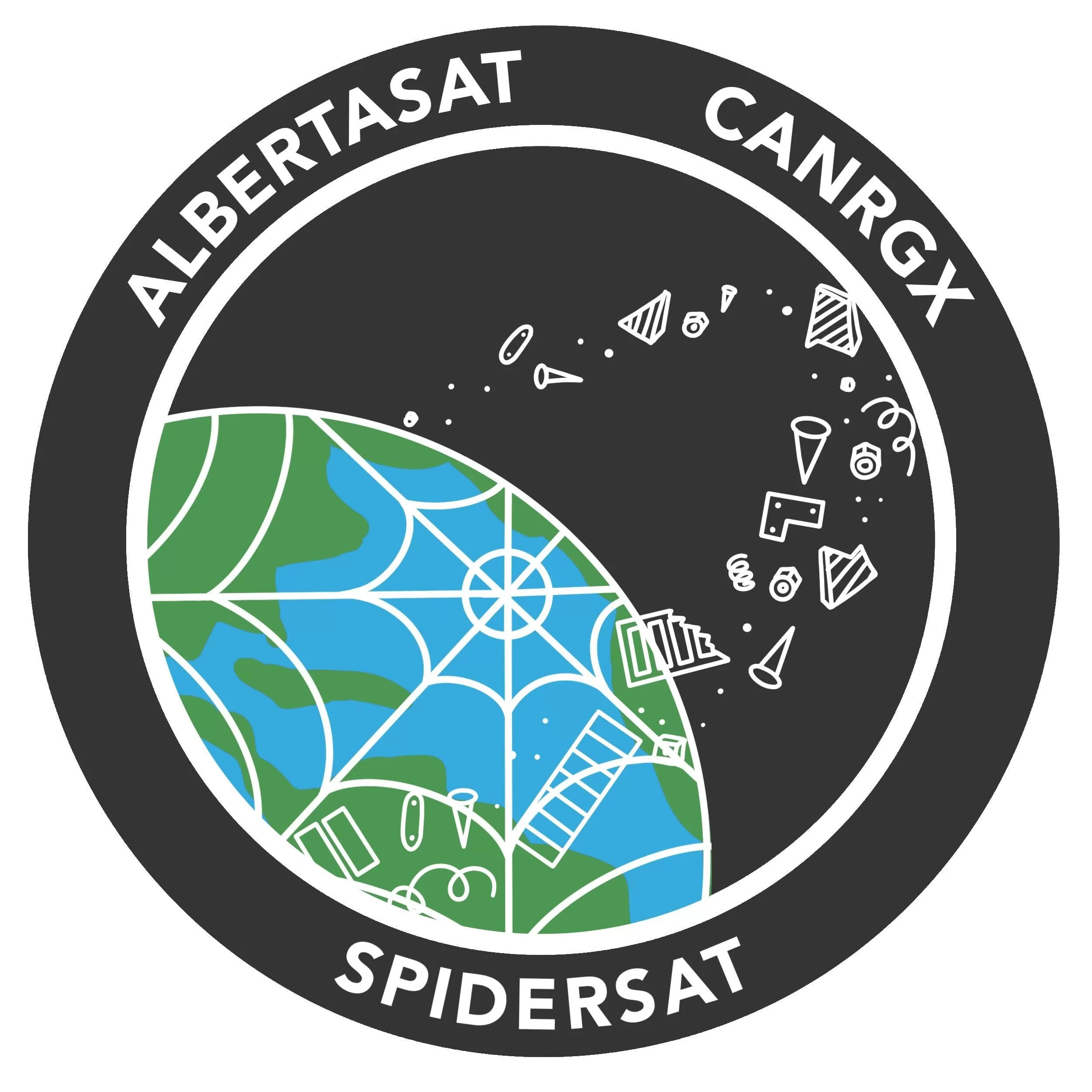
Team SpiderSAT (University of Alberta)
CAN-RGX 5 (2022)
Mission SpaceWalker
University: University of Alberta
Team Members: Makenna Kuzyk, Gabriela Palavicino, Emma Kozak, Jennifer Yip, Jade Belisle, Esha Bhantooa, Samiha Ali, Jana Gebara, Krupal Patel, Ana Gabriela Paiva Gomes, Anwesha Majumber, Ashreen Chand
Faculty Advisor: Dan Sameoto
Description: Canada has a heritage of space robotics, particularly at the intersection with human space exploration. Mission SpaceWalker from the University of Alberta aimed to continue this heritage with an investigation into new ways to gain traction with robot devices - Literally! During their CAN-RGX flight, the team investigated electroadhesion as an emerging technology which allows robots to adhere to a wide range of materials. By building two custom robots outfitted with electroadhesive pads at the wheels, the teams hoped to demonstrate technology which could facilitate new approaches to space robotics such as vehicle robotic maintenance and inspection.
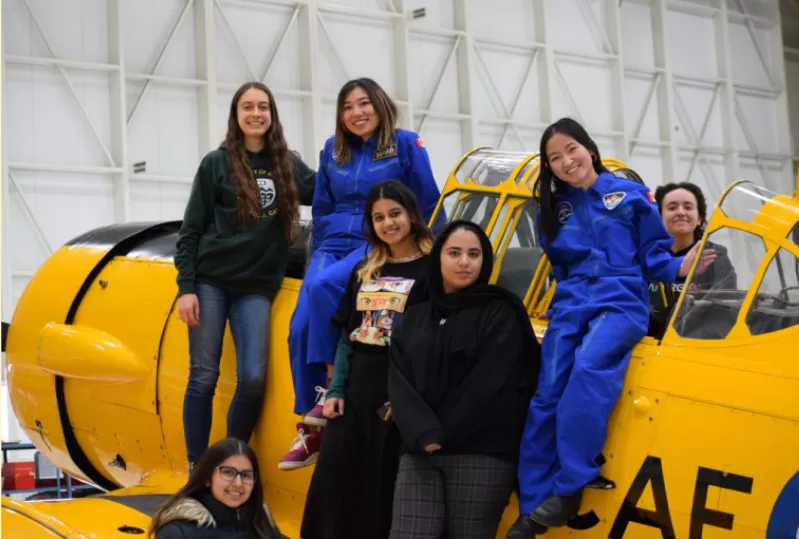
Mission SpaceWalker (University of Alberta)
Microgravity Experiment Modules Establishment (MEMES)
University: University of Alberta
Team Members: Aleeza Batool, Kinston Wong, Evan Frandsen, Justin Van Engelen, Troy Coward, Ryan Bererton Faculty Advisors: Prashant Waghmare, Hani Henein
Faculty Advisor: Prashant Waghmare, Hani Henein
Methods for additive manufacturing and 3D printing have become increasingly popular in recent years, especially in demanding aerospace applications. But can you 3D print metal parts in space? This team aimed to understand the use of Binder Jetting Additive Manufacturing (BJAM) under microgravity conditions. By examining the material properties of the manufactured parts, MEMEs hoped to learn what are the limits of additive manufacuring and determine optimal printing parameters for BJAM. Improved understanding of BJAM and it's performance under microgravity conditions can enable new methods for in-space manufacturing.
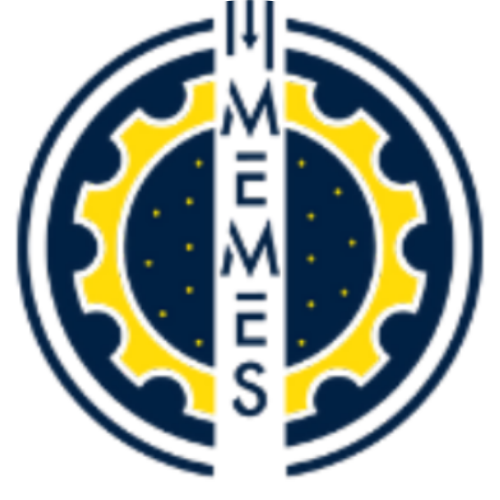
Microgravity Experiment Modules Establishment (University of Alberta)
CAN-RGX 4 (2020-2021)
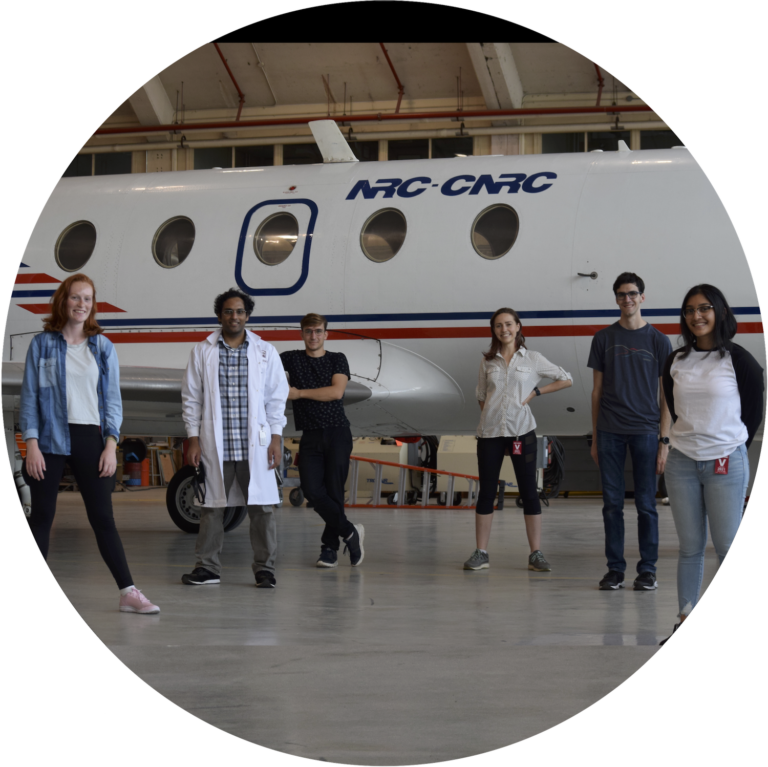
(Univ. of Ottawa)
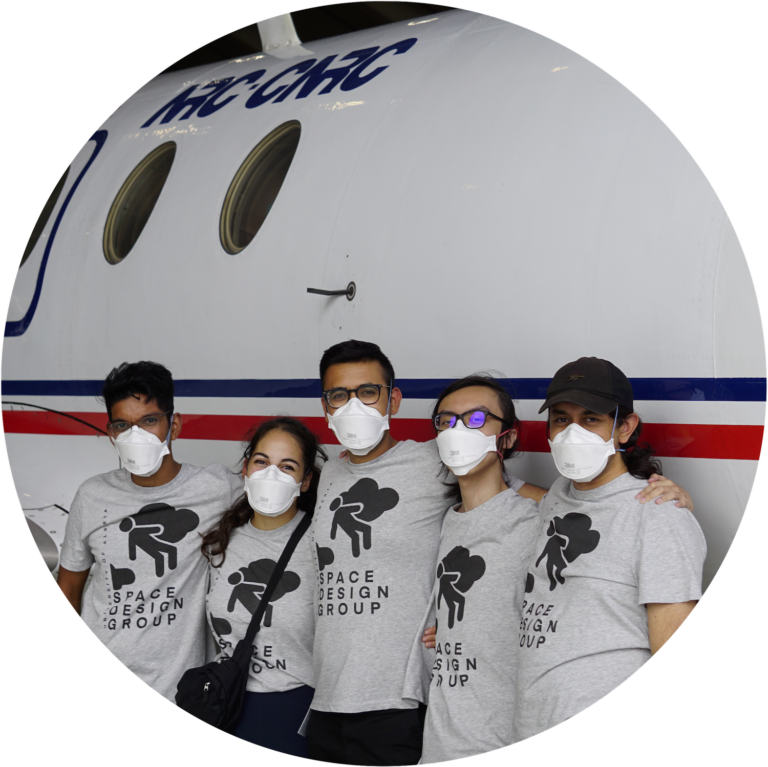
(Univ. of Alberta)
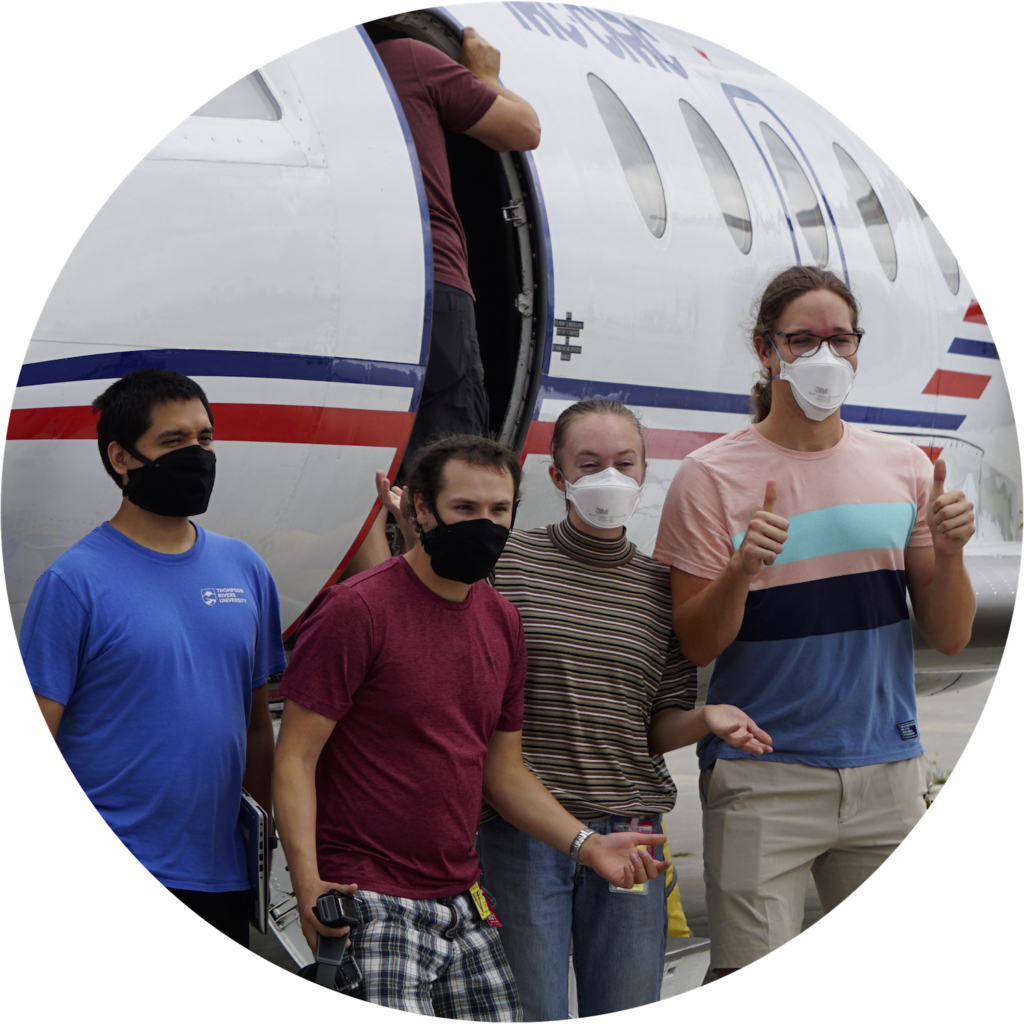
(Thompson Rivers Univ.)
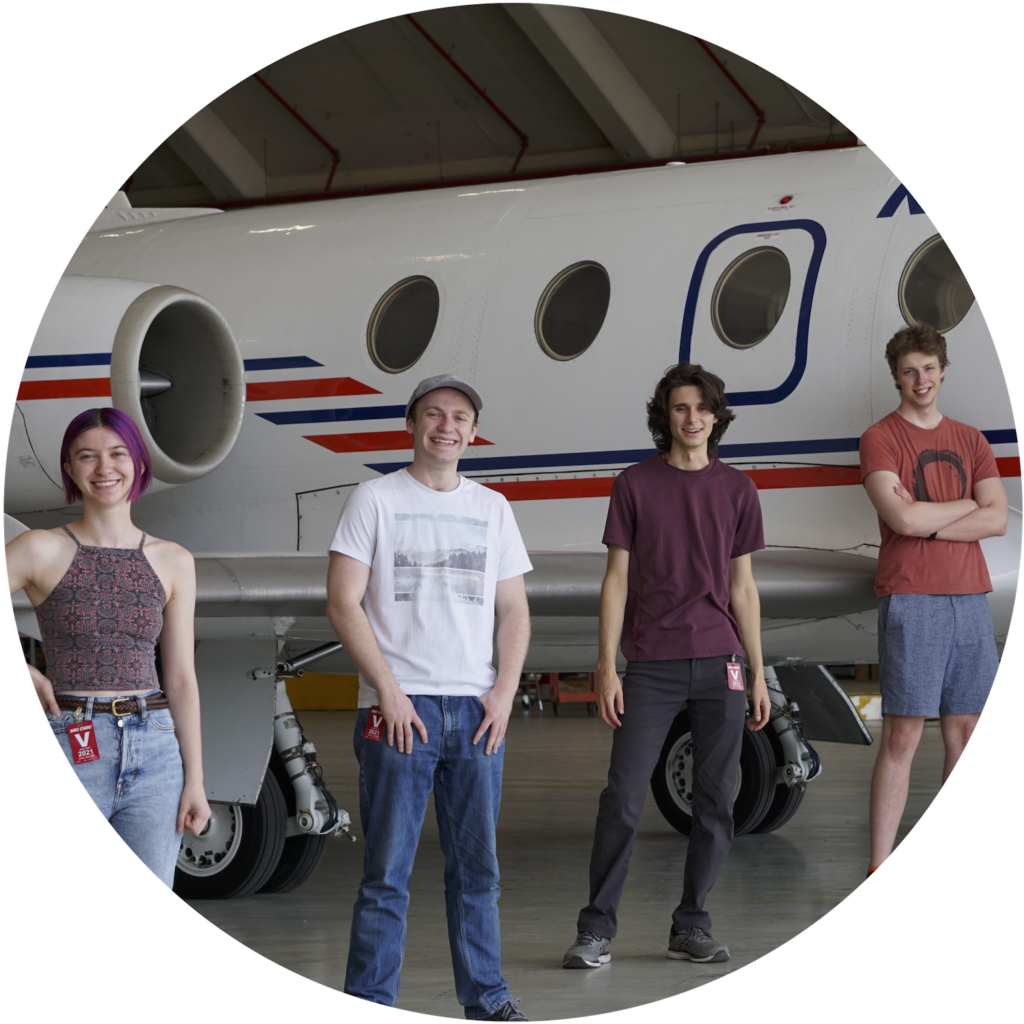
(Univ. of British Columbia)
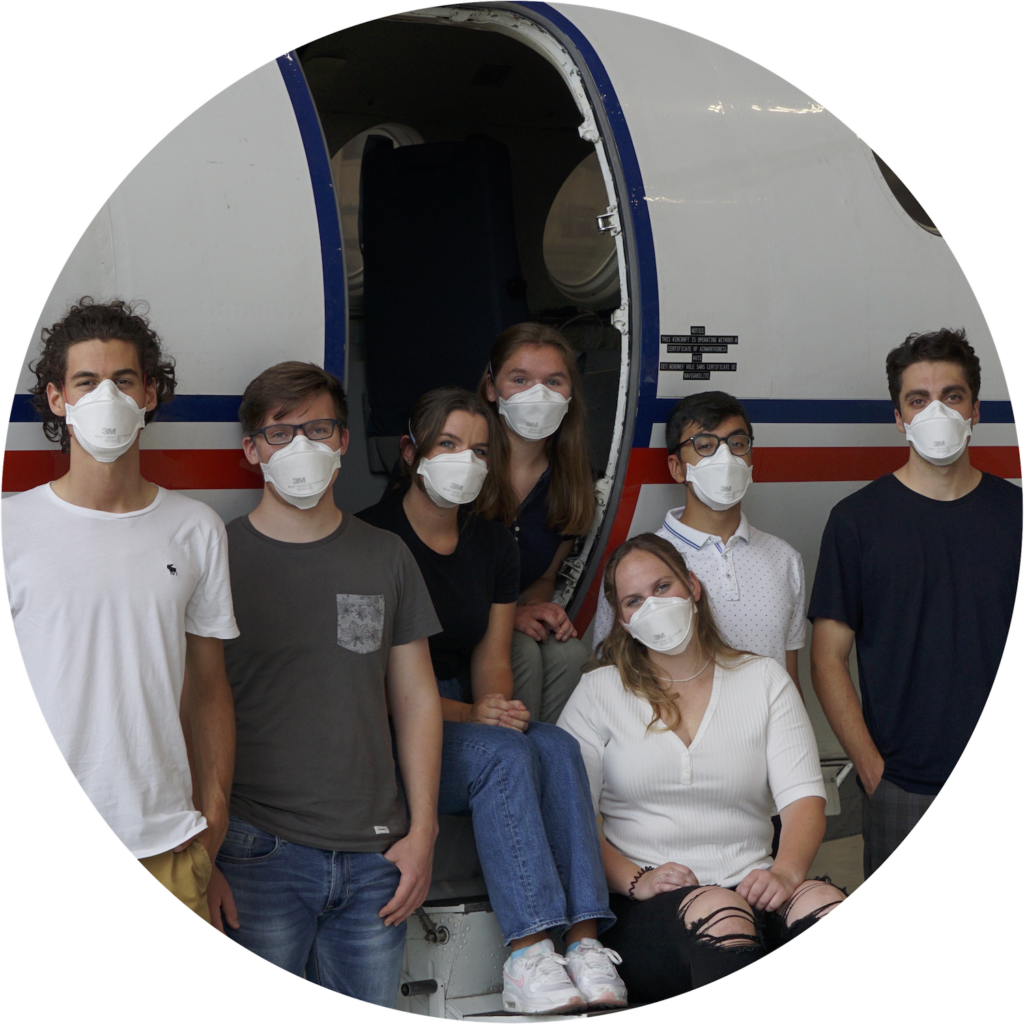
(Univ. of Toronto)
Overall Excellence Award: uORocketry (University of Ottawa)
Outreach Award: TelOmG (University of Toronto)
CAN-RGX 3 (2019)
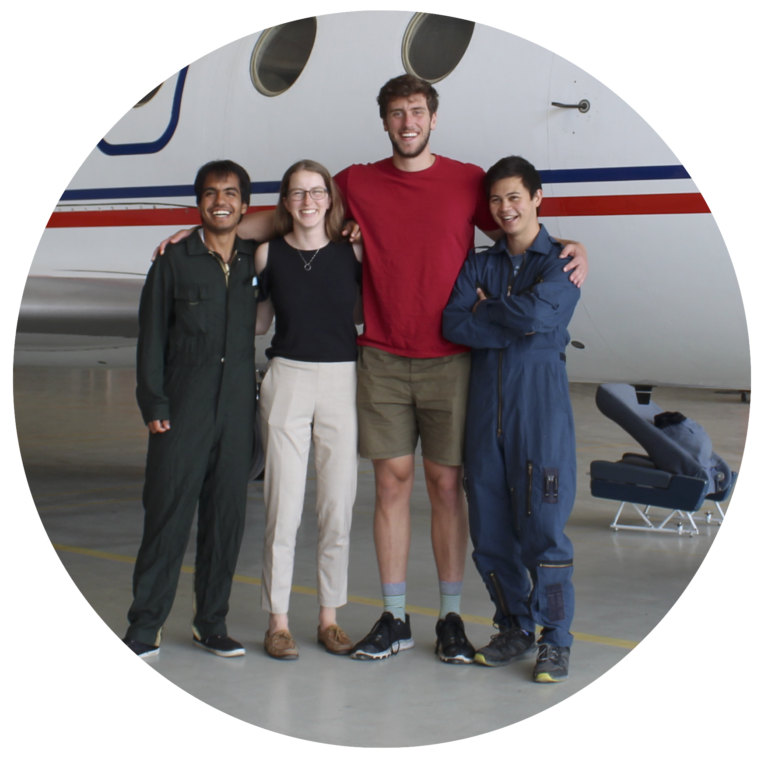
(Queens Univ.)
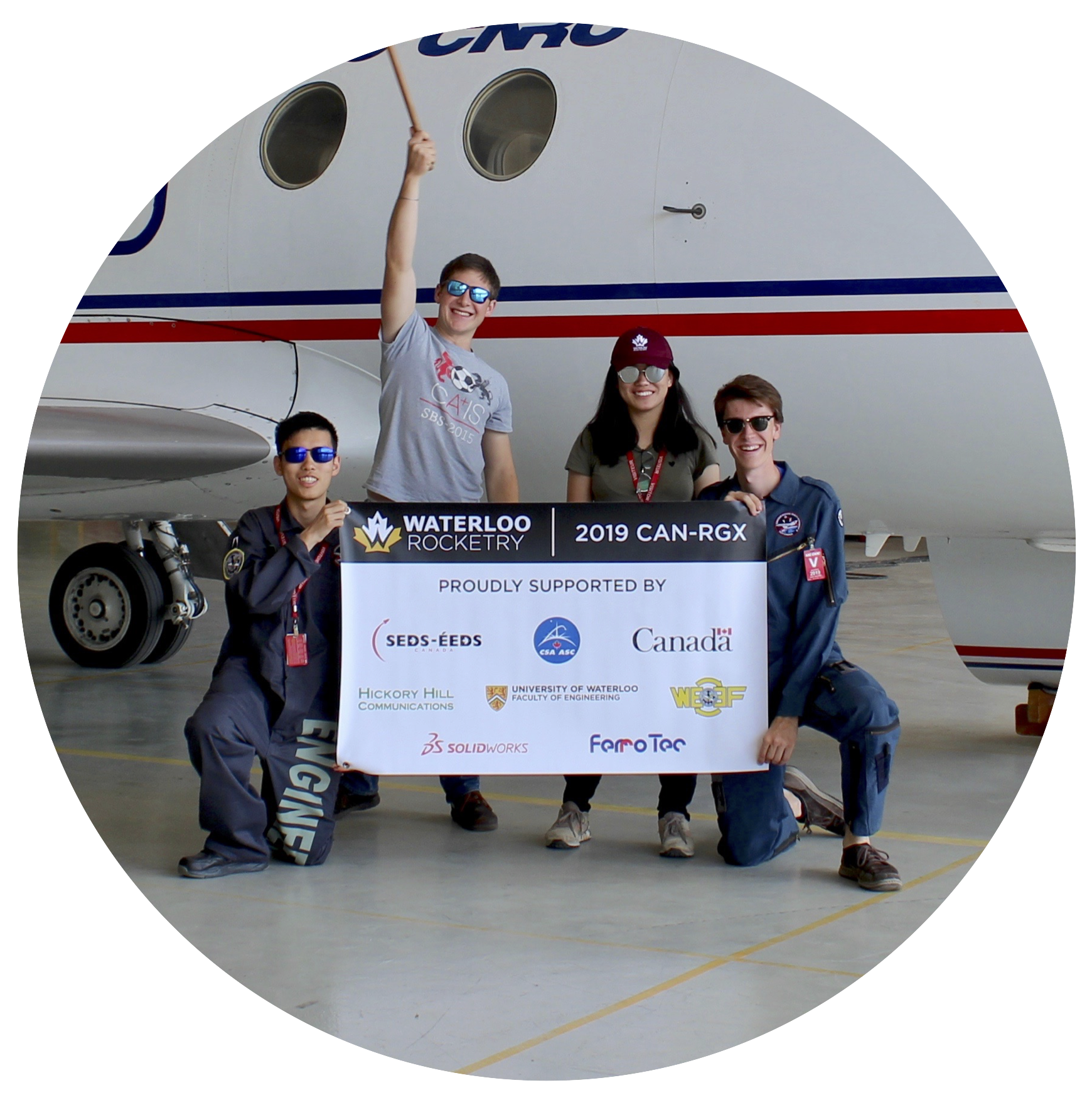
(Univ. of Waterloo)
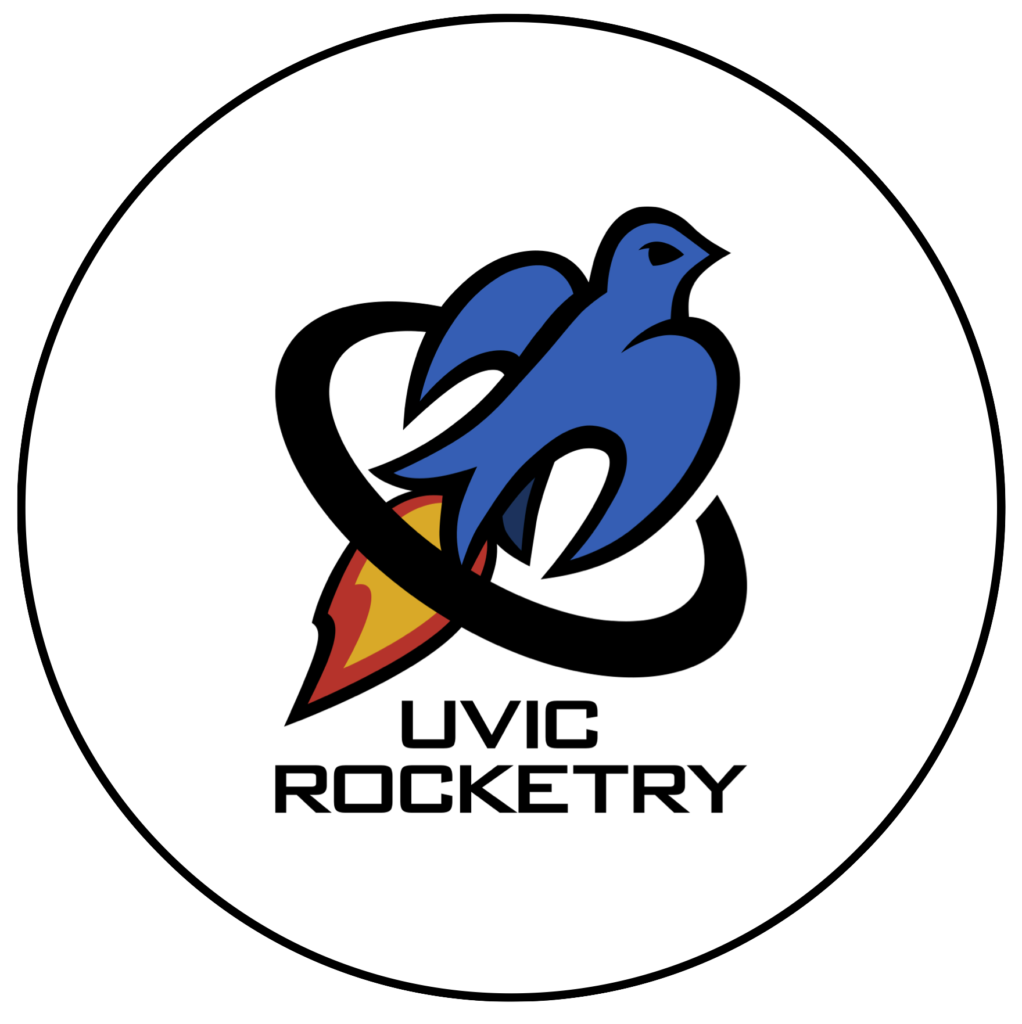
(Univ. of Victoria)
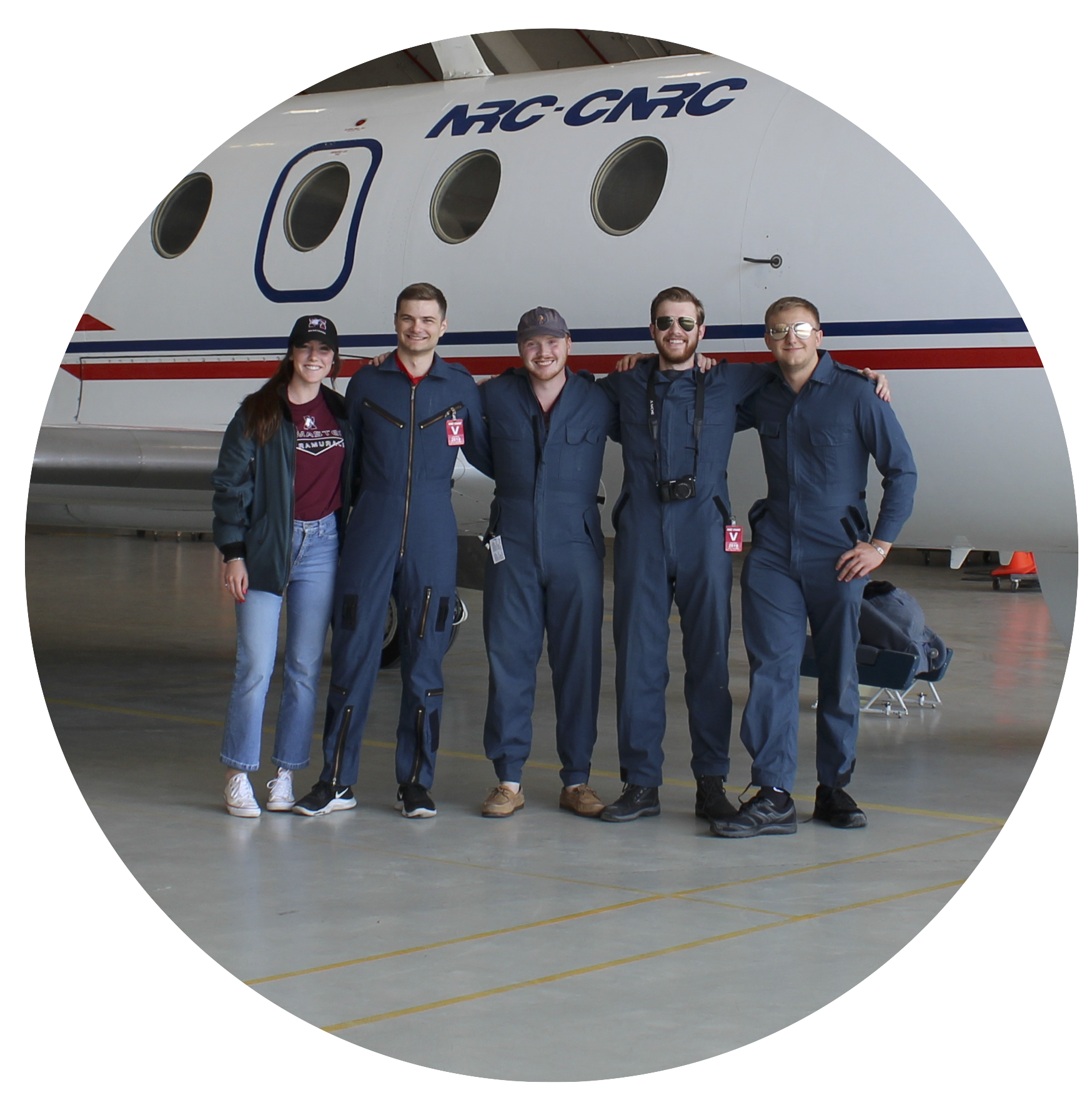
(McMaster Univ.)
Overall Excellence Award: McMaster Experimental Reduced Gravity/MERGE Team (McMaster University)
Outreach Award: Team Waterloo Rocketry (University of Waterloo)
CAN-RGX 2 (2018)

(Queen's Univ.)
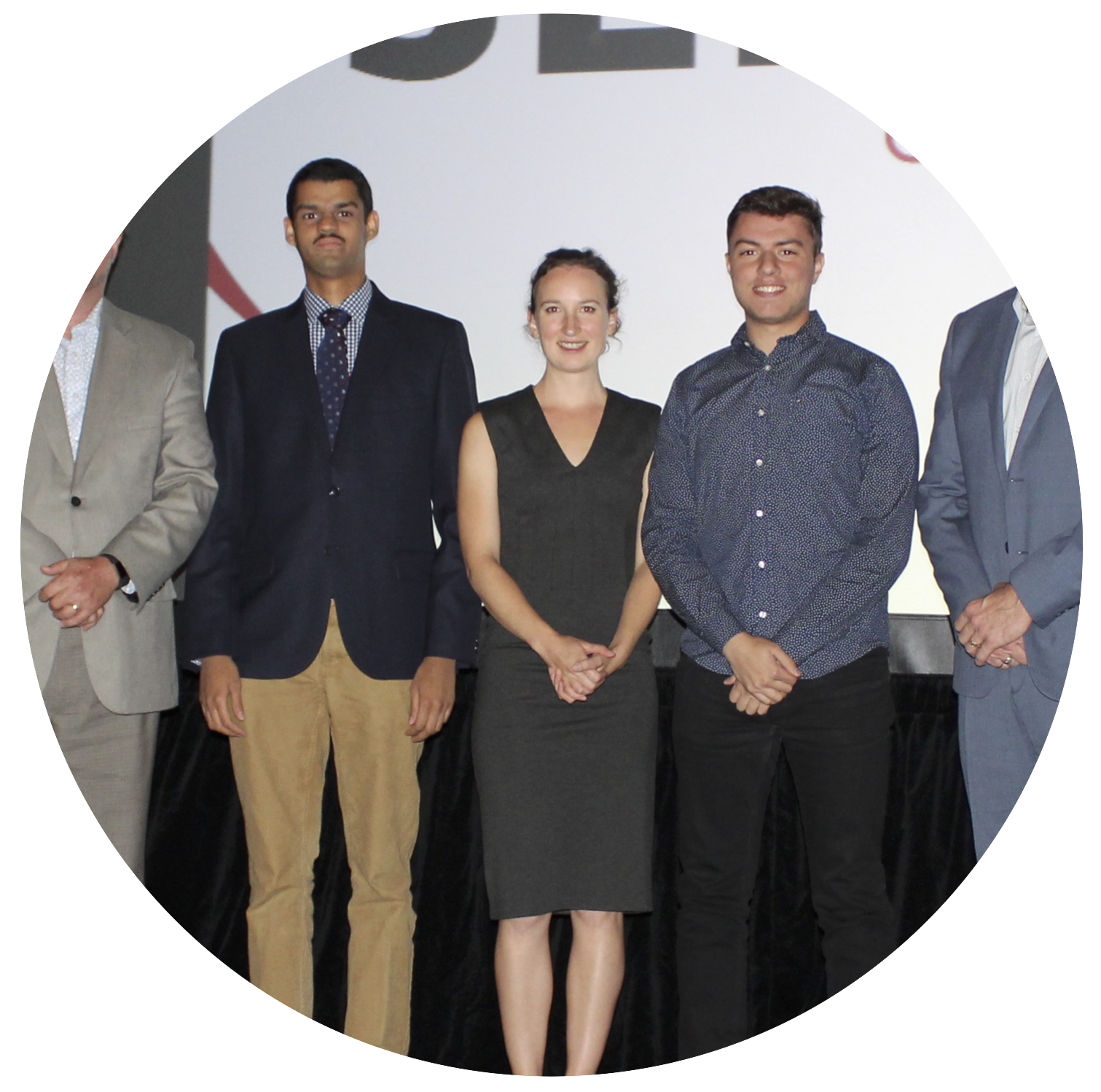
(Univ. of Toronto)
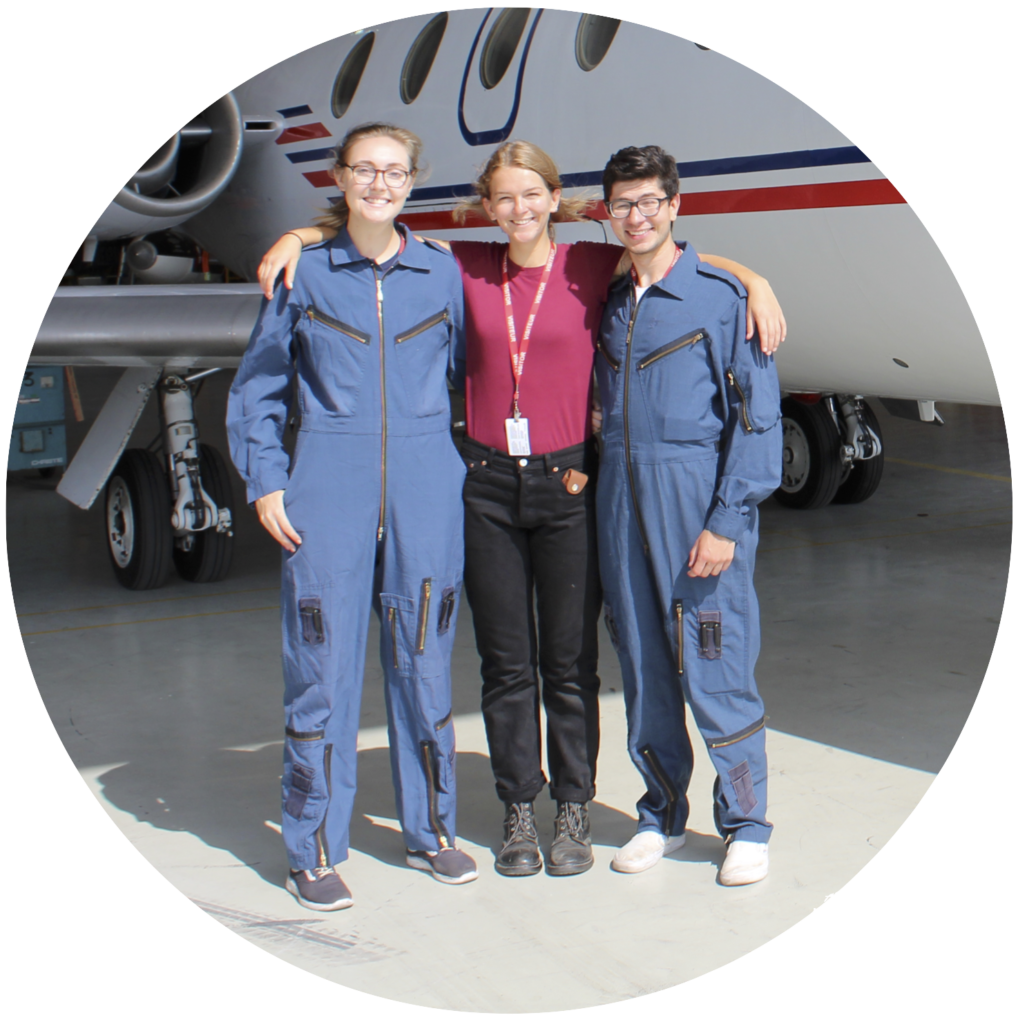
(Queen's Univ.)

(Univ. of Calgary)
Overall Excellence Award: Team Queen’s Vorticity Innovation Project/QVIP (Queen’s University)
Outreach Award: Team Astroplastic (University of Calgary)
CAN-RGX 1 (2017)
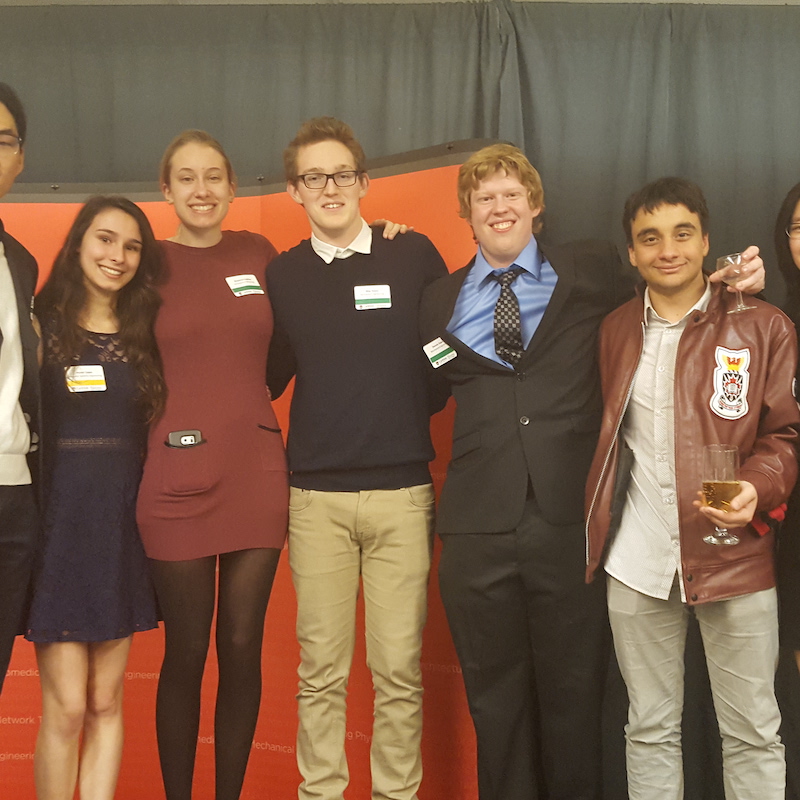
(Carleton Univ.)
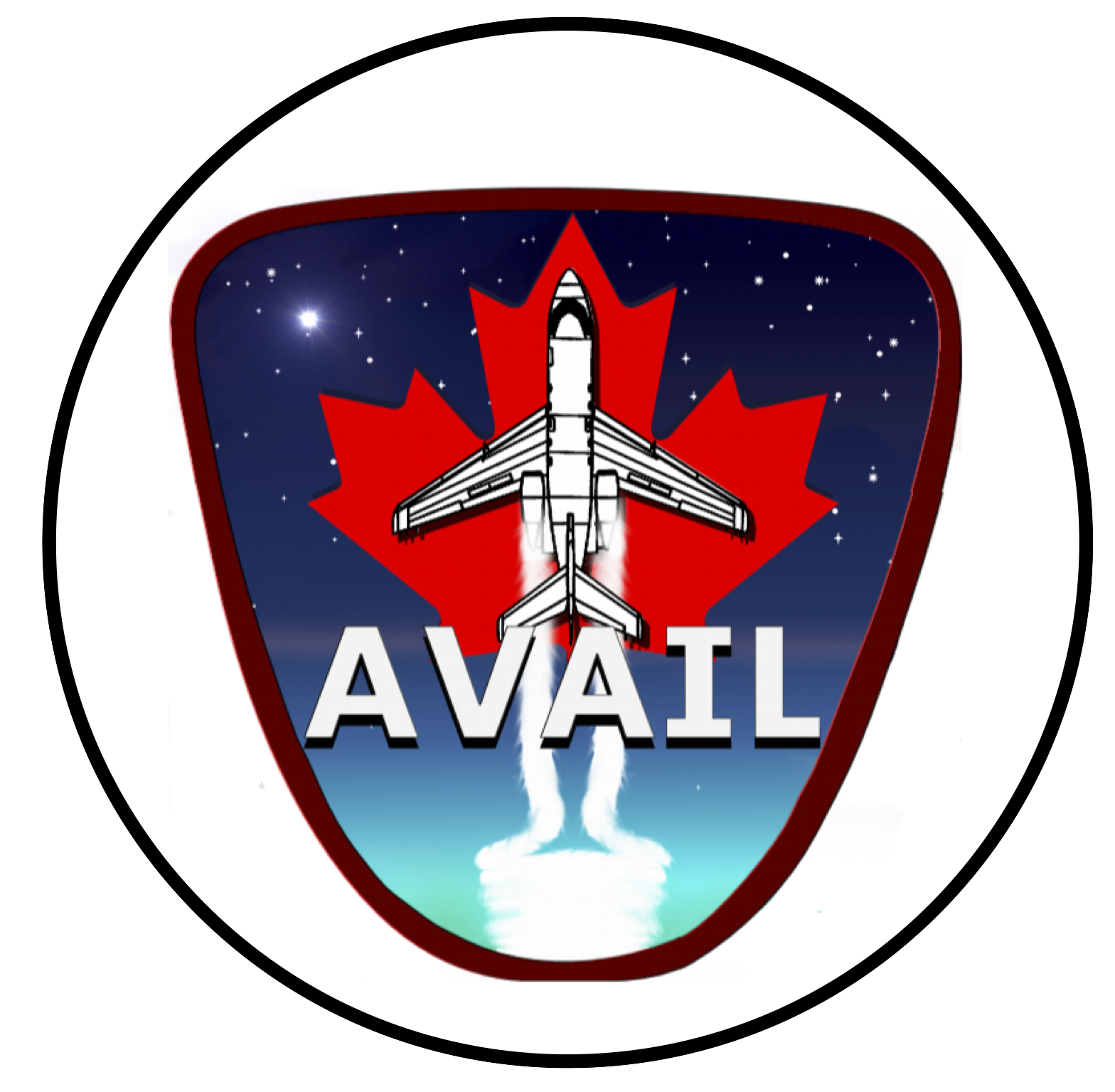
(Univ. of Toronto/UTIAS)
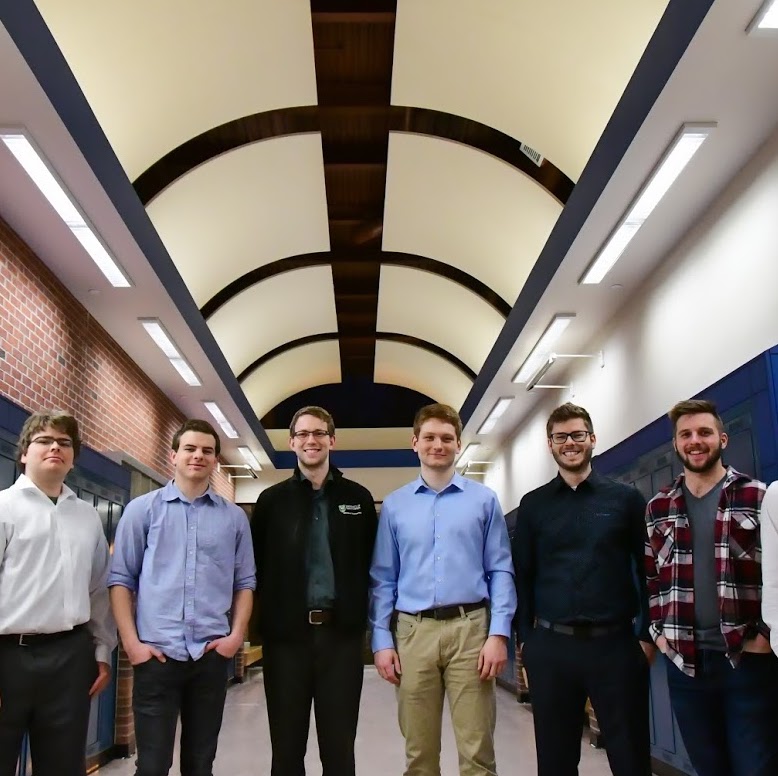
(Univ. of Saskatchewan)
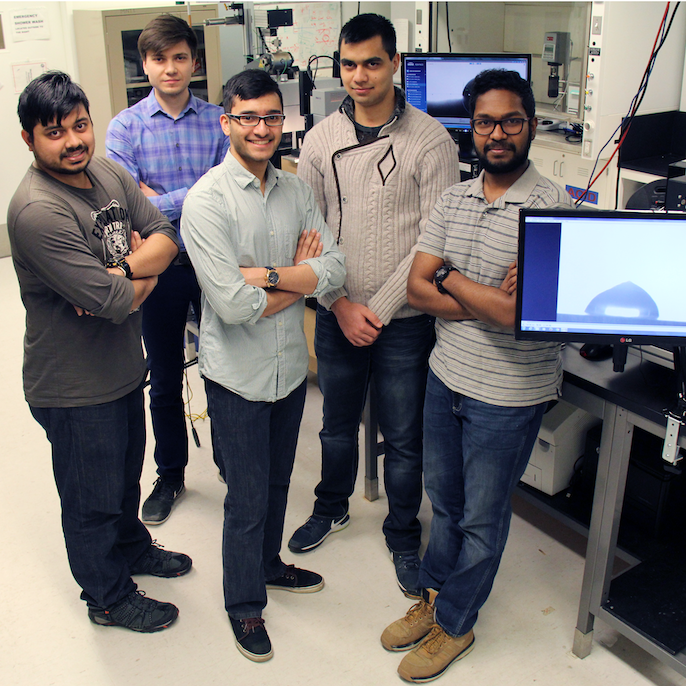
(Univ. of Alberta)
Photos from Past CAN-RGX Competitions:
CAN-RGX 2019
CAN-RGX 2018



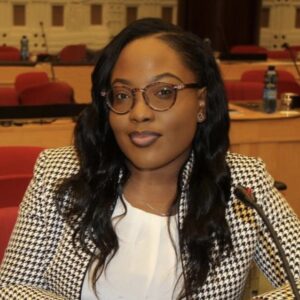

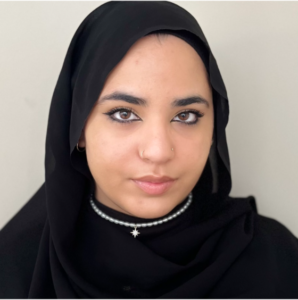
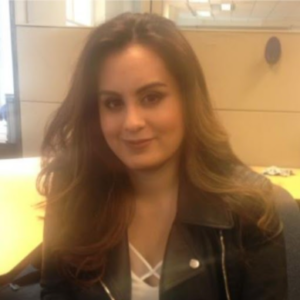
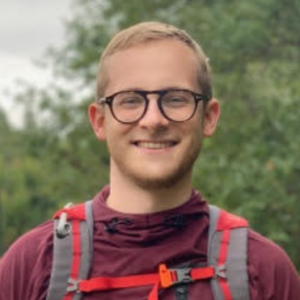
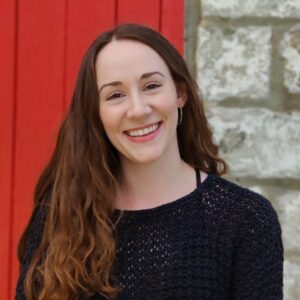
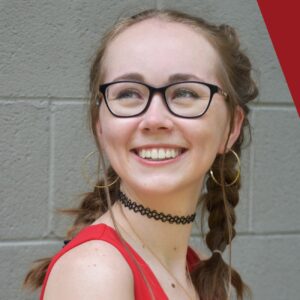
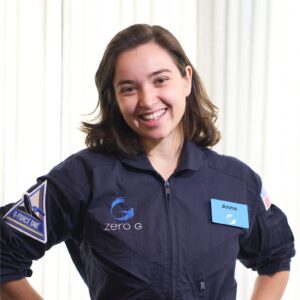


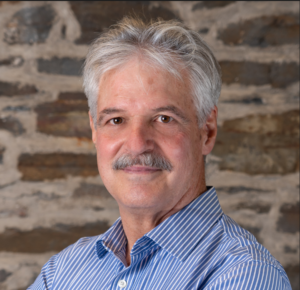

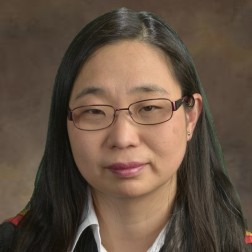
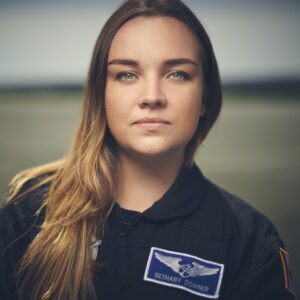


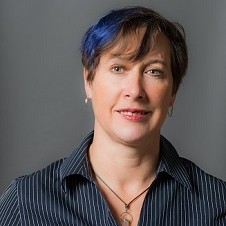
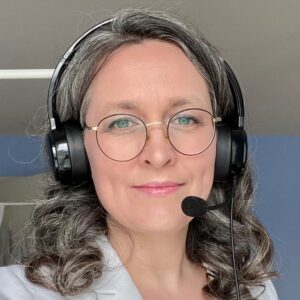
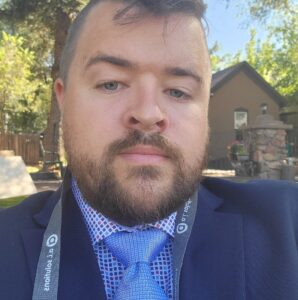
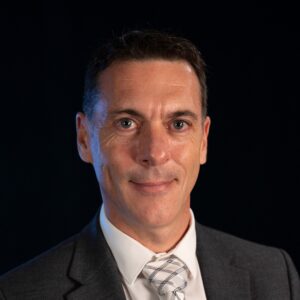
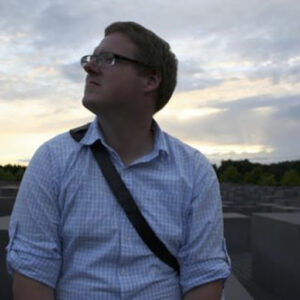

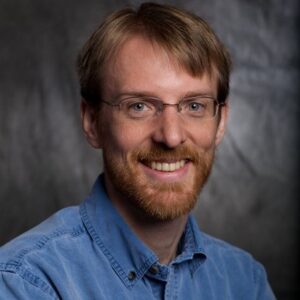


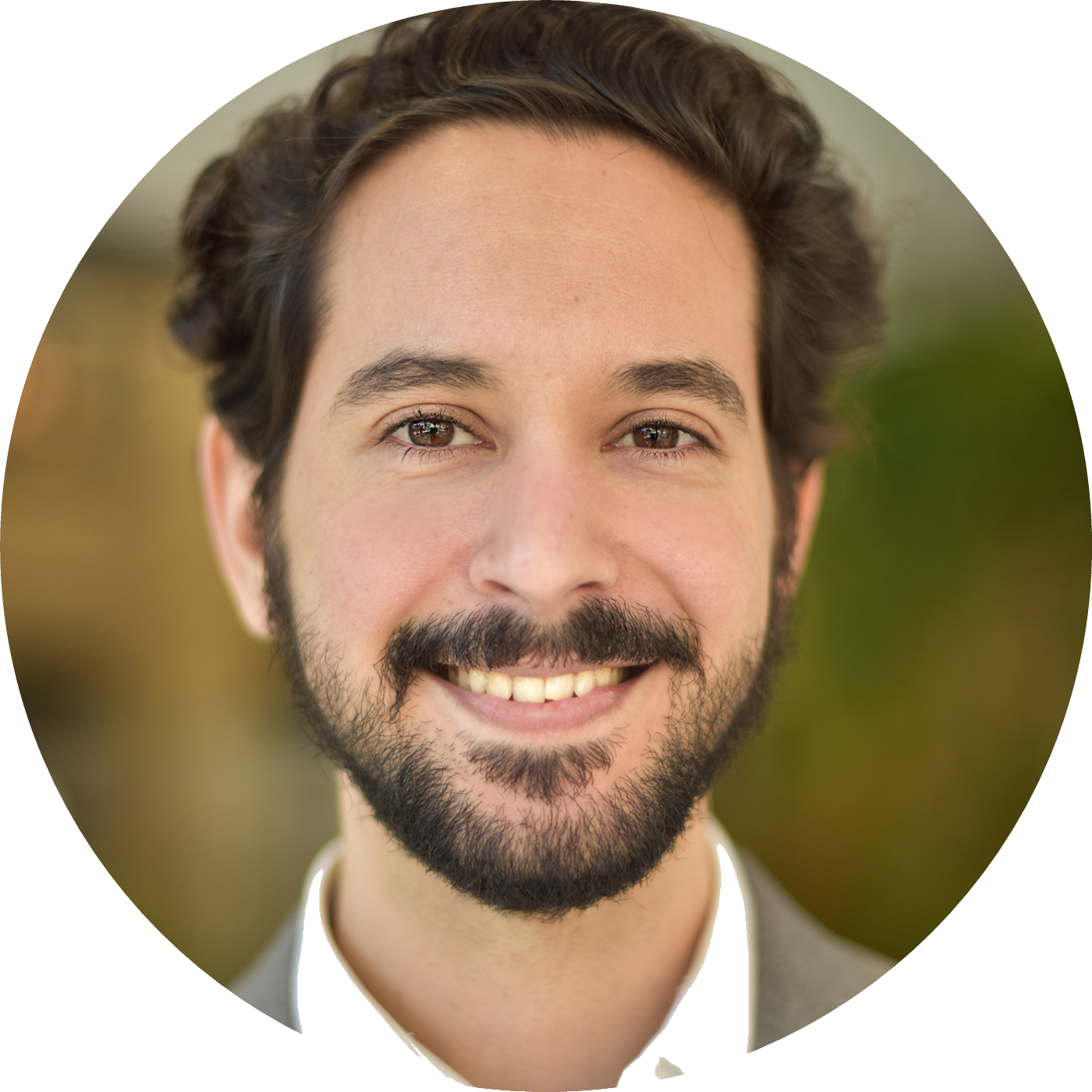



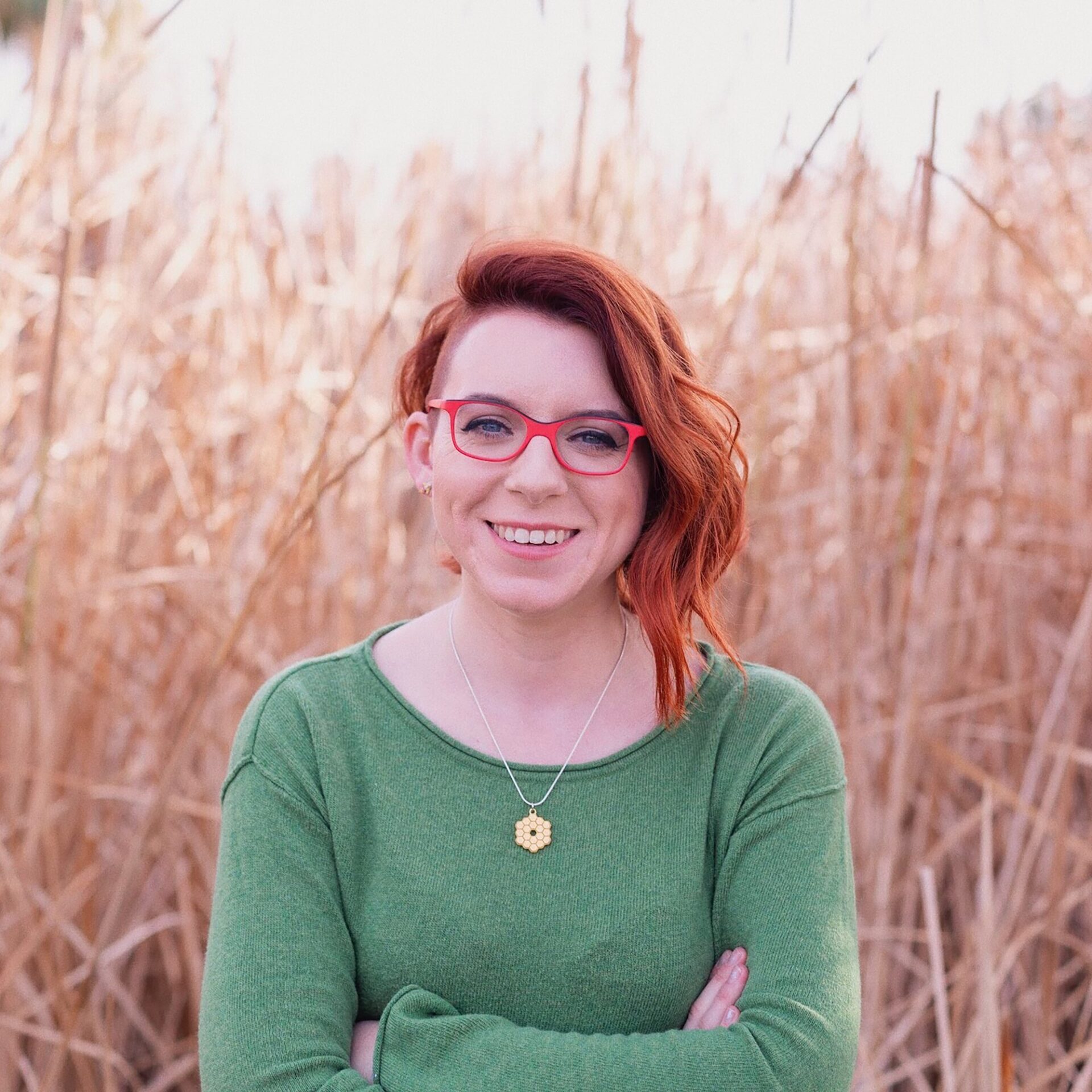
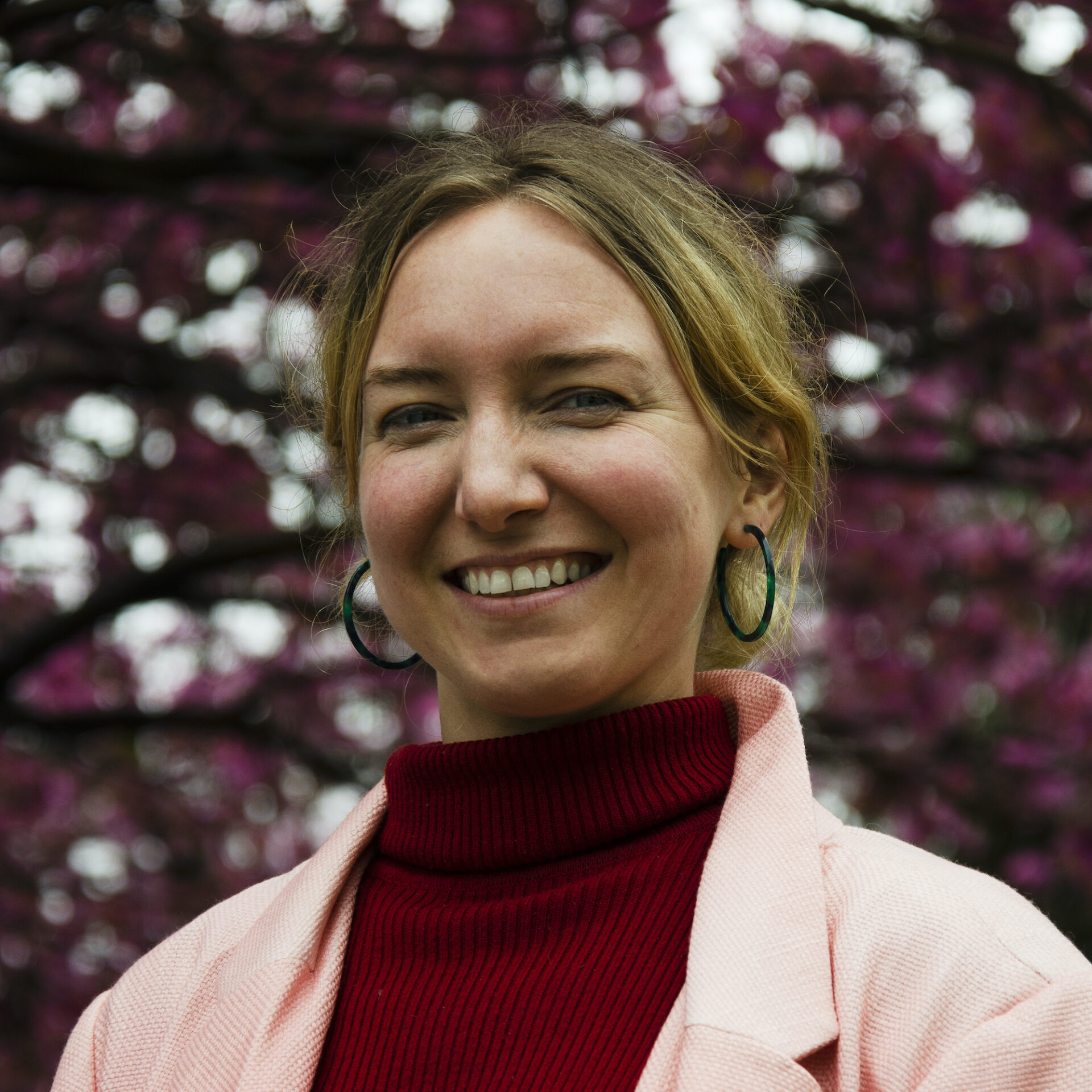

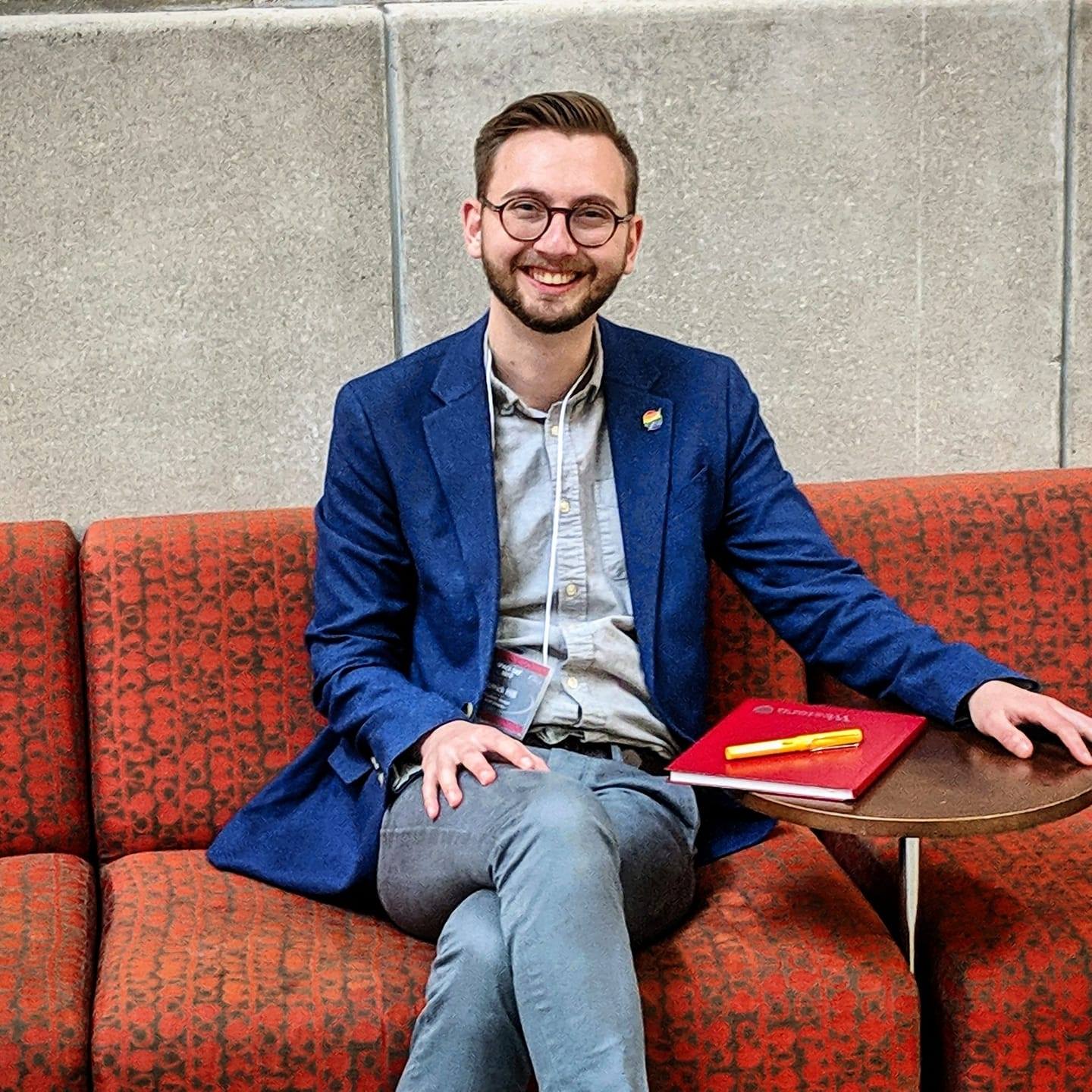
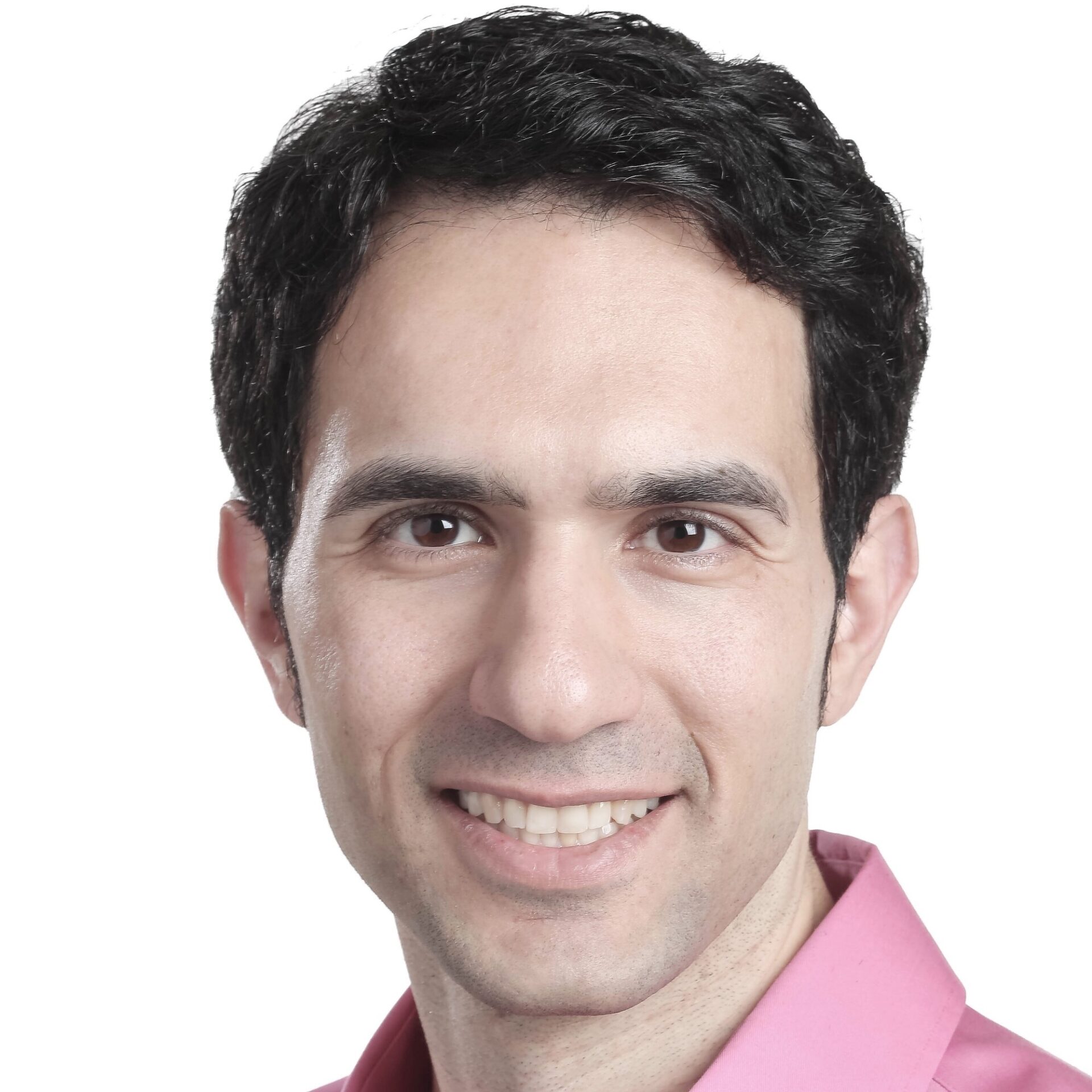
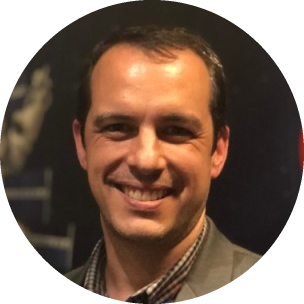
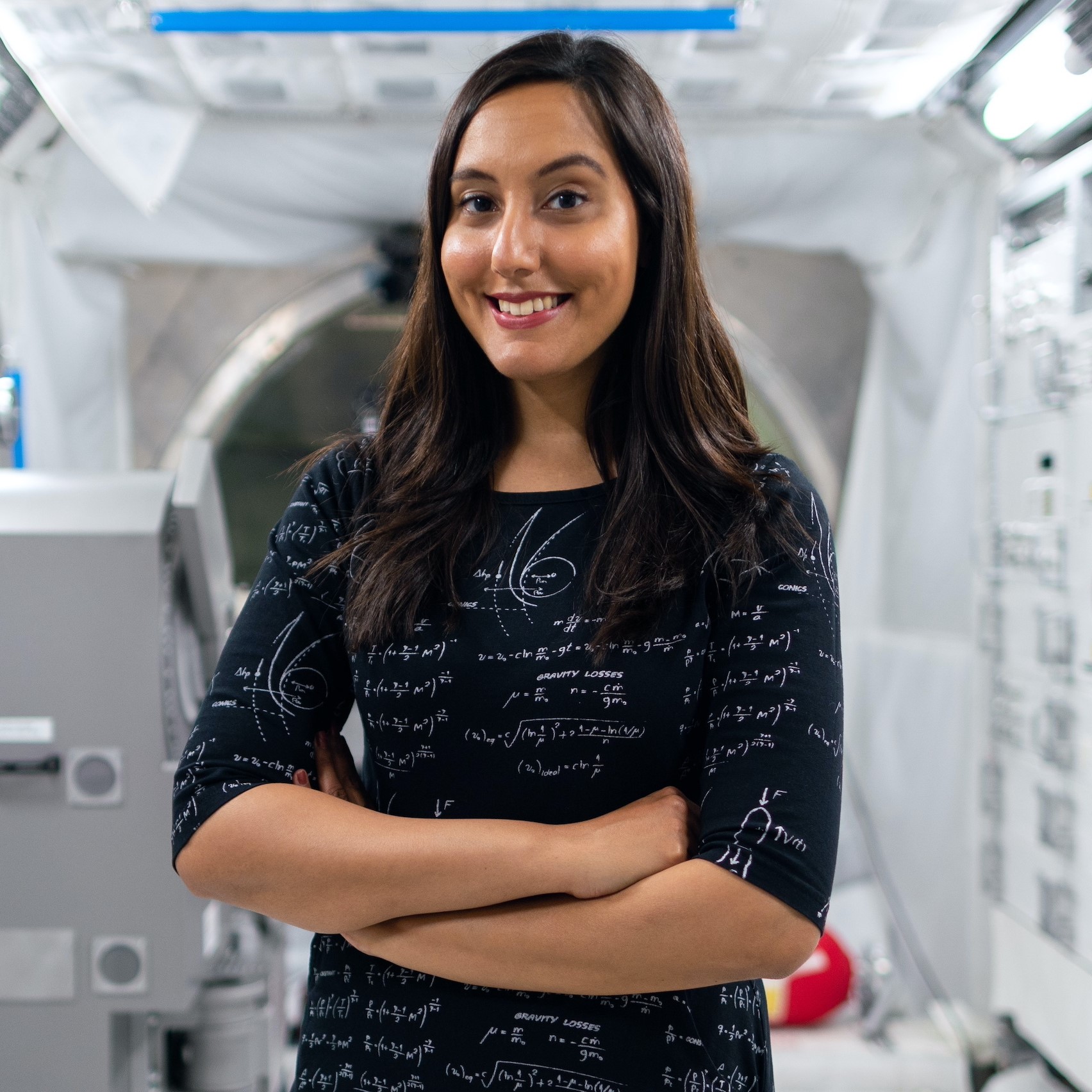
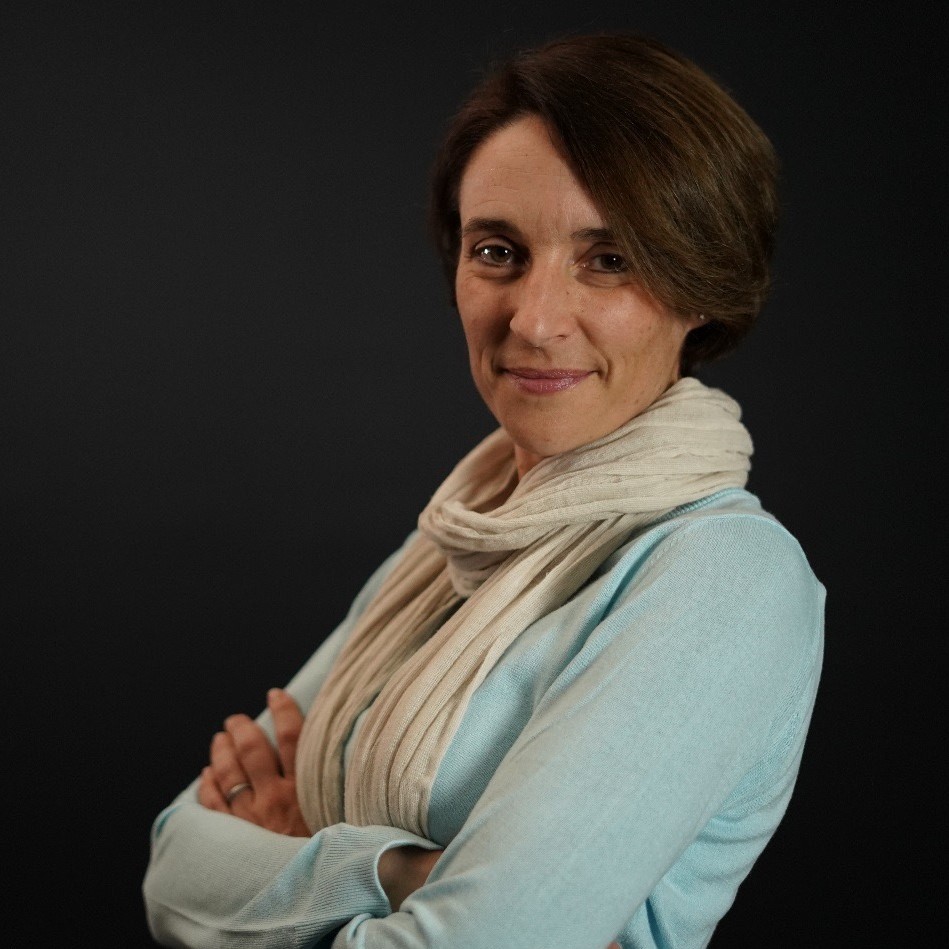
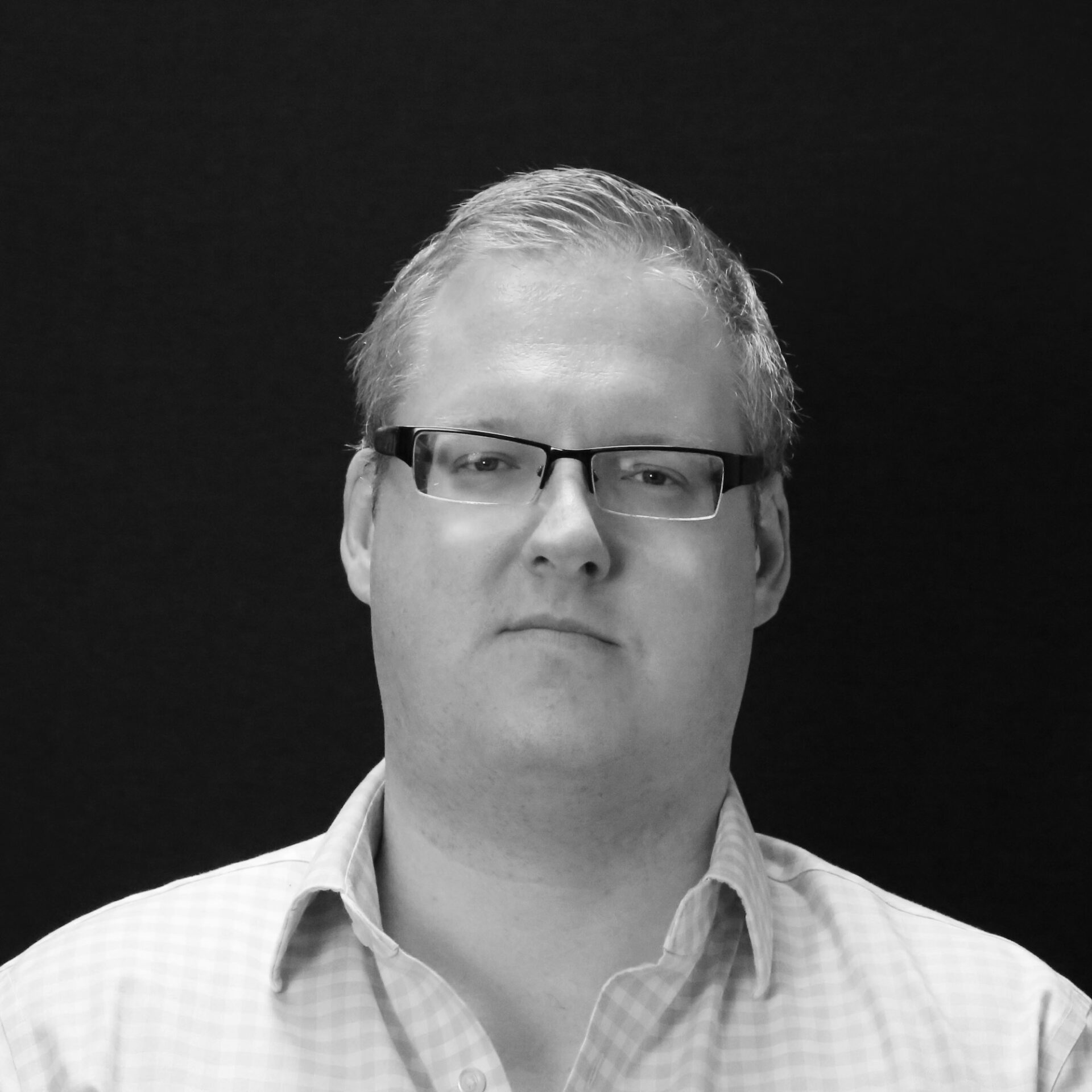
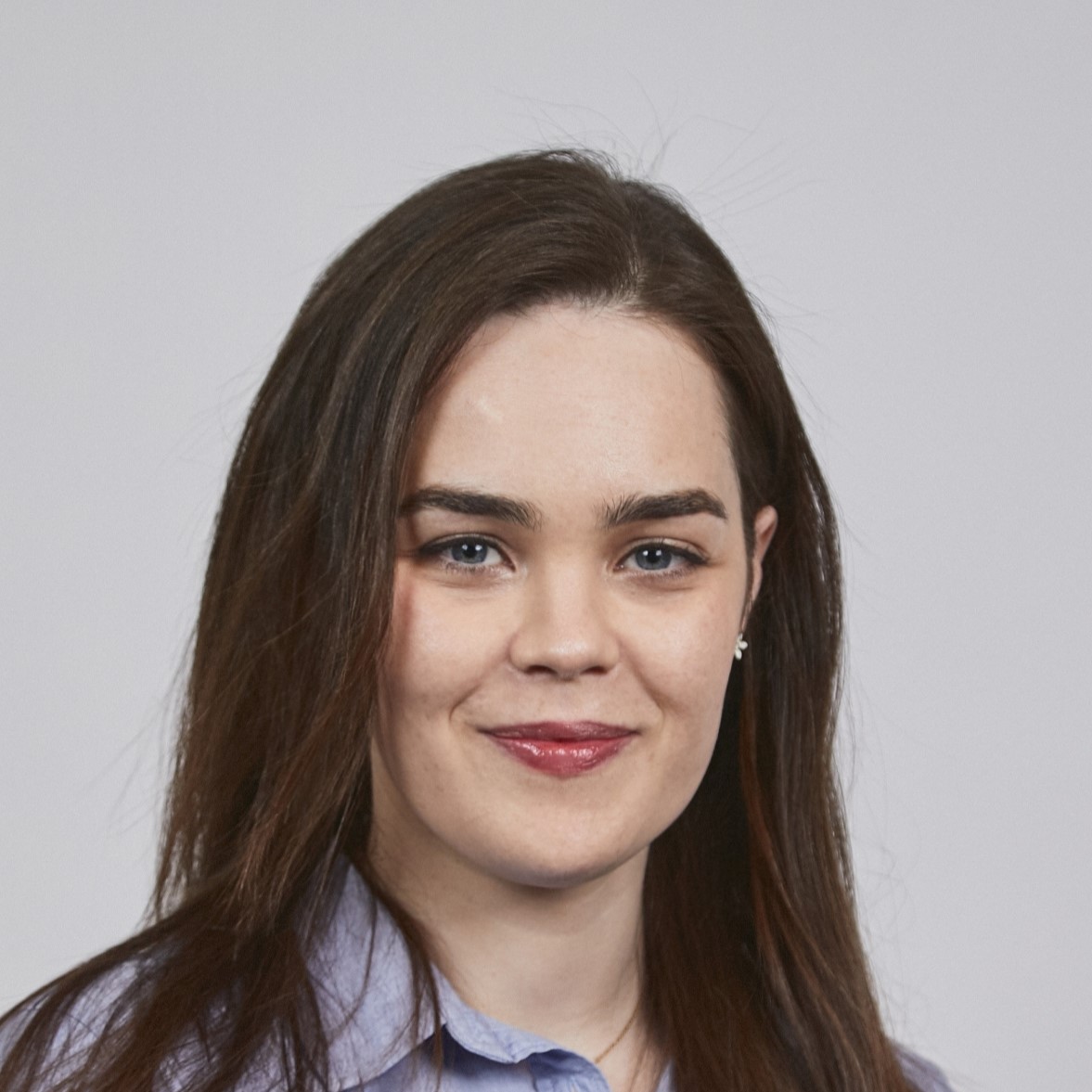
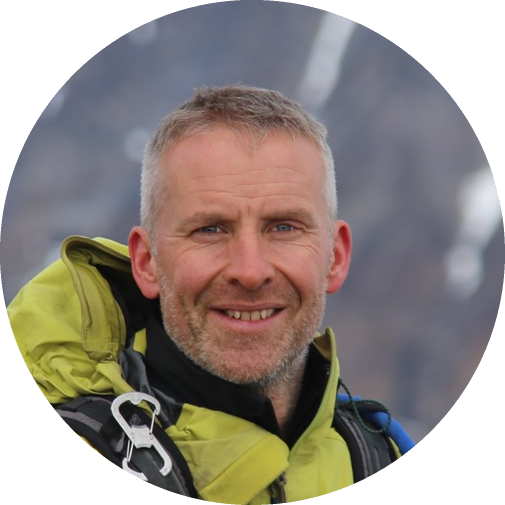
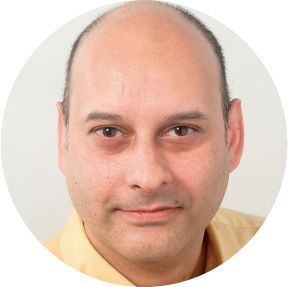
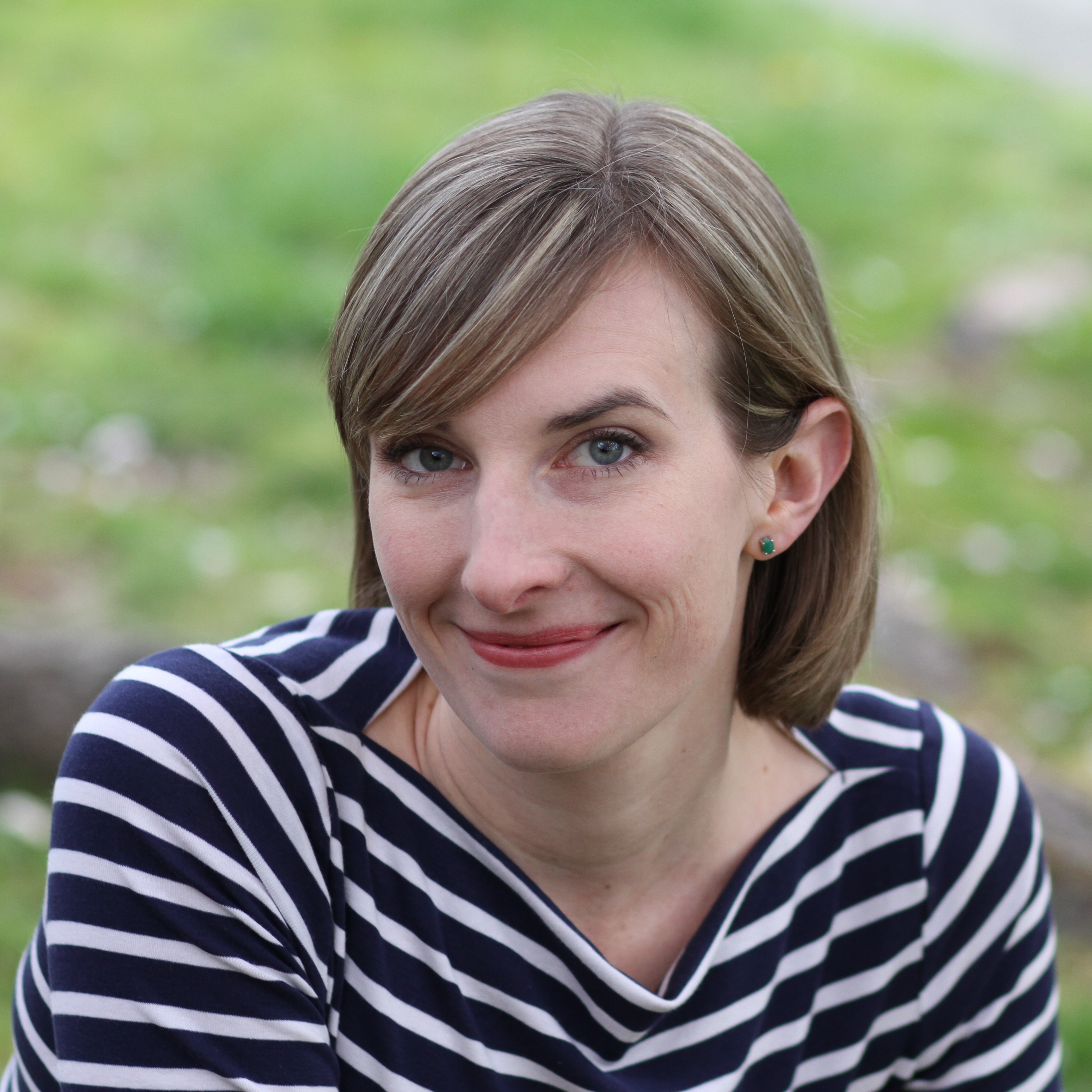

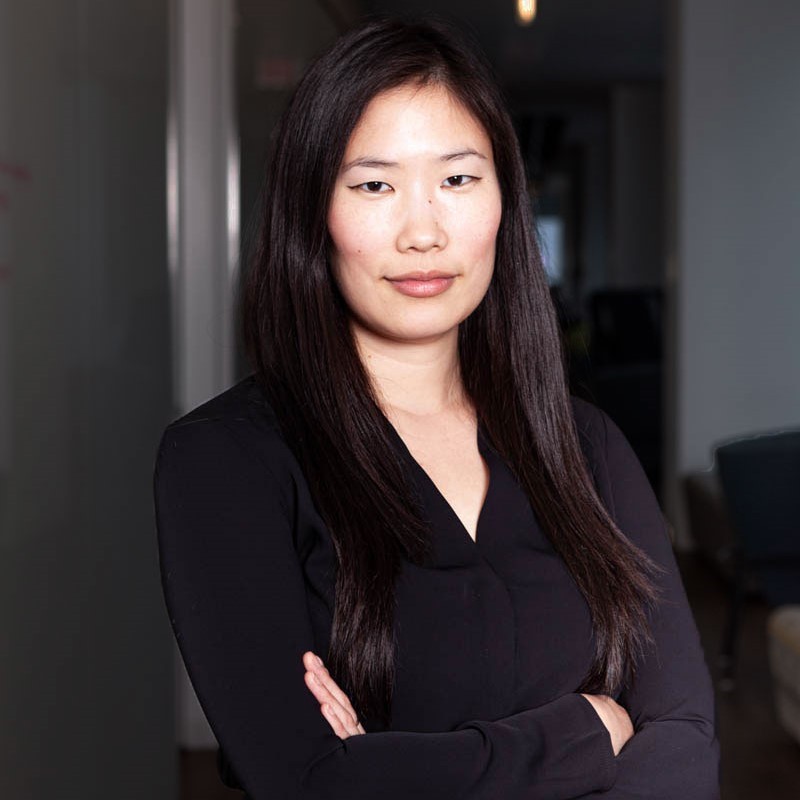
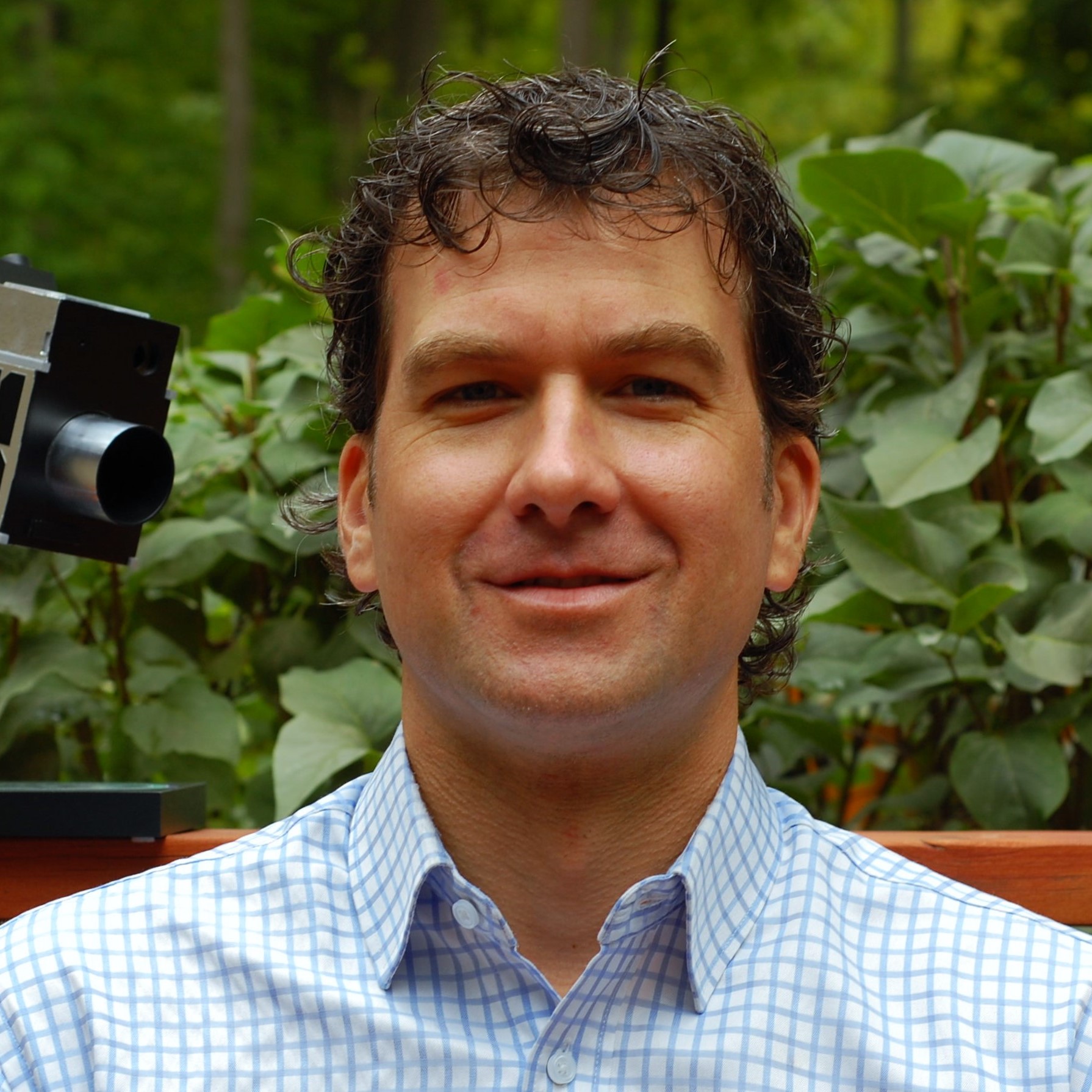
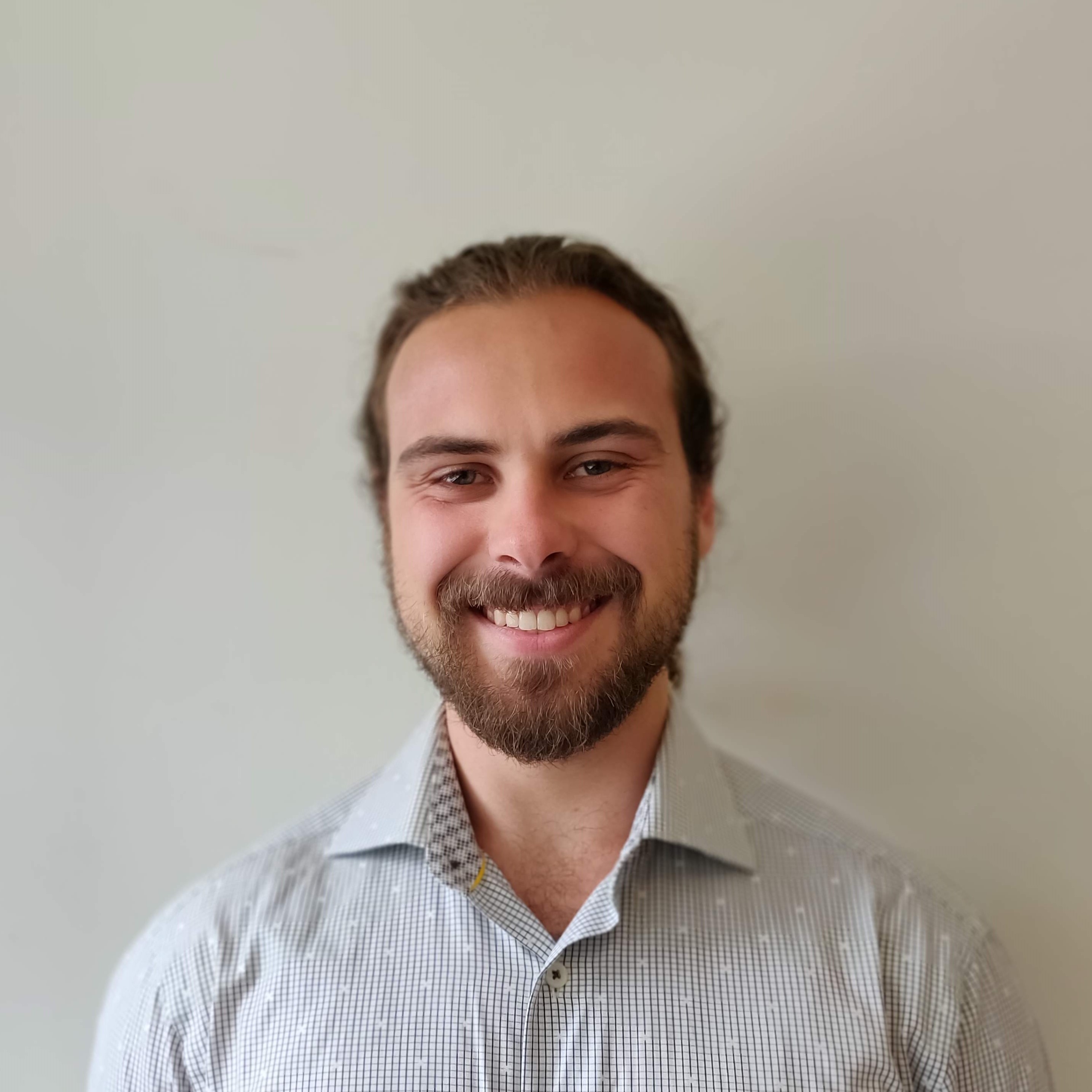
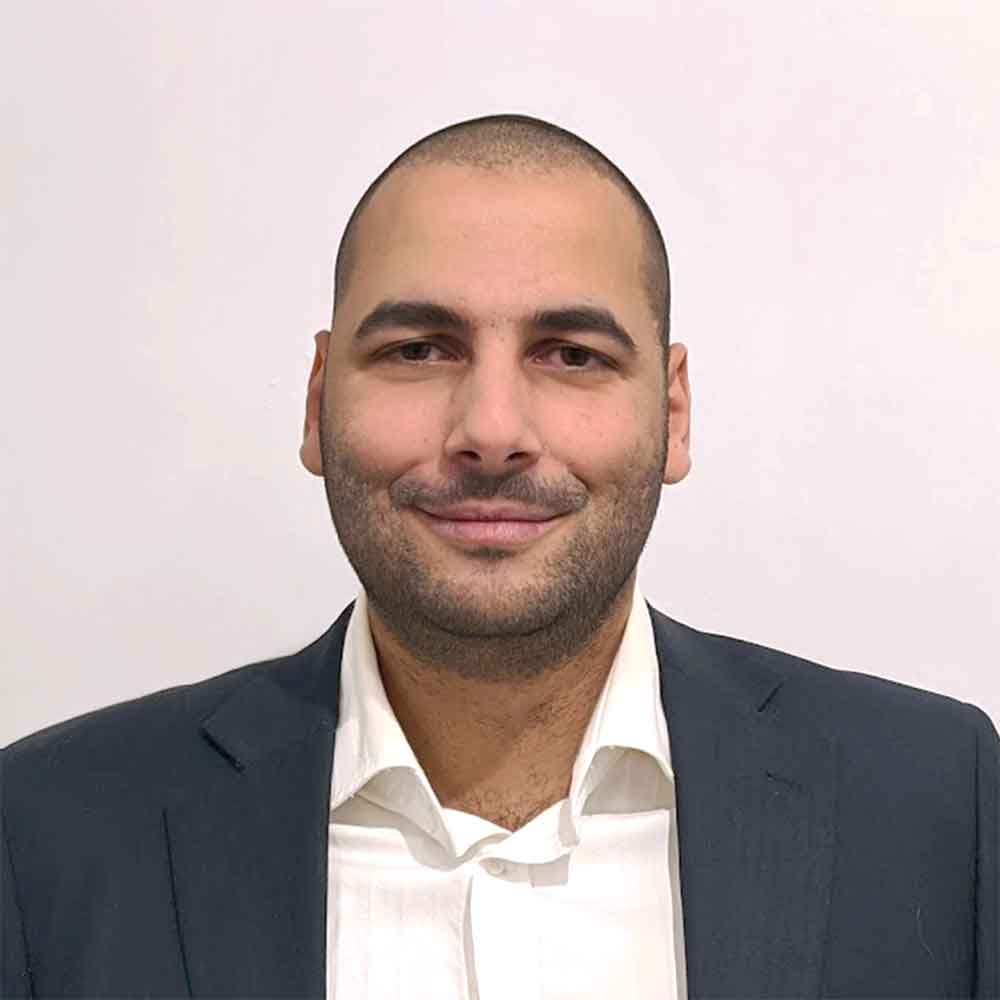

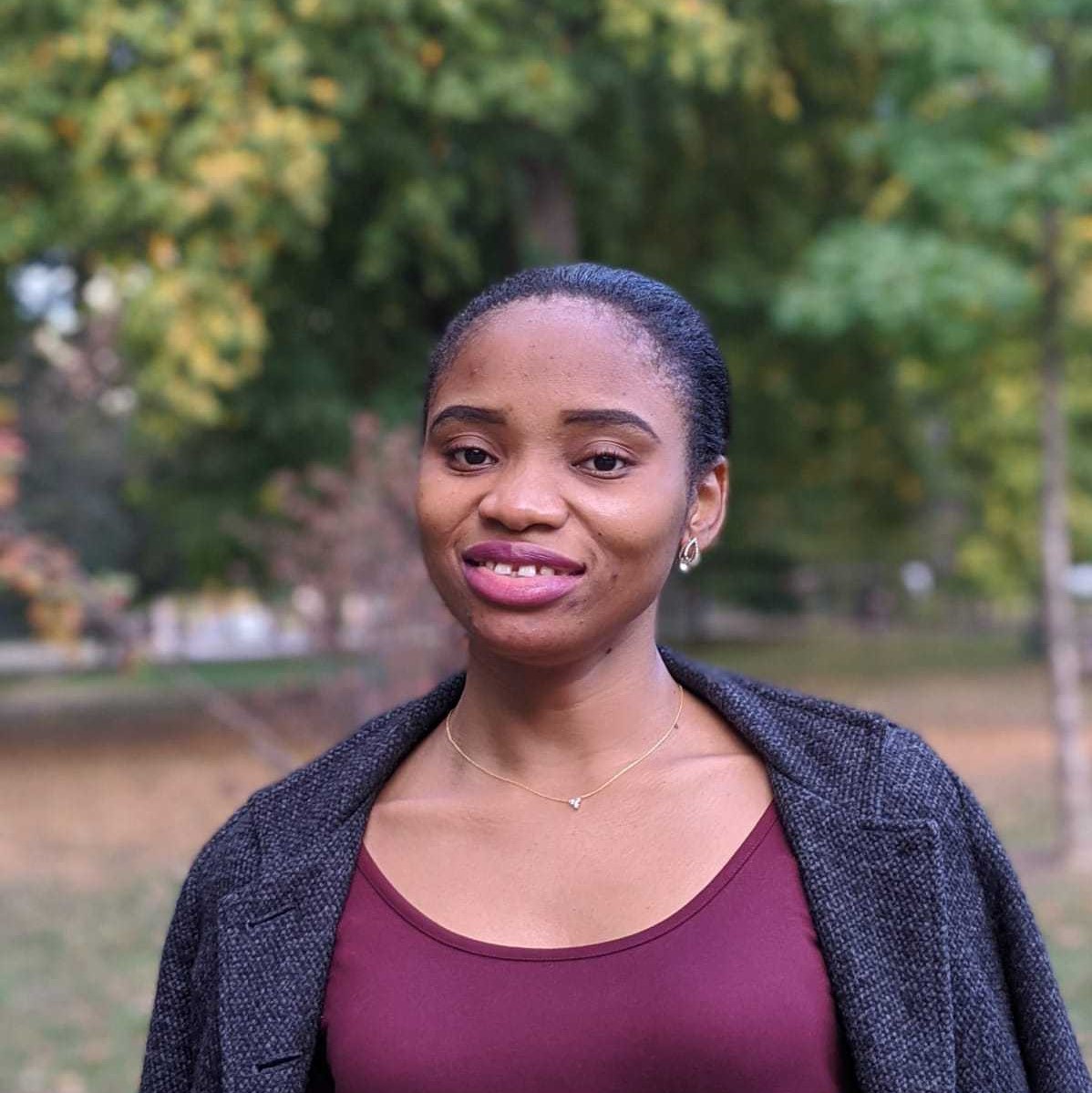


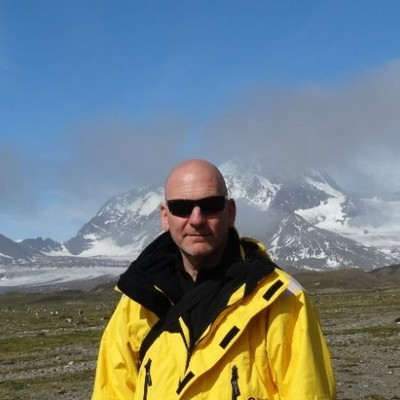
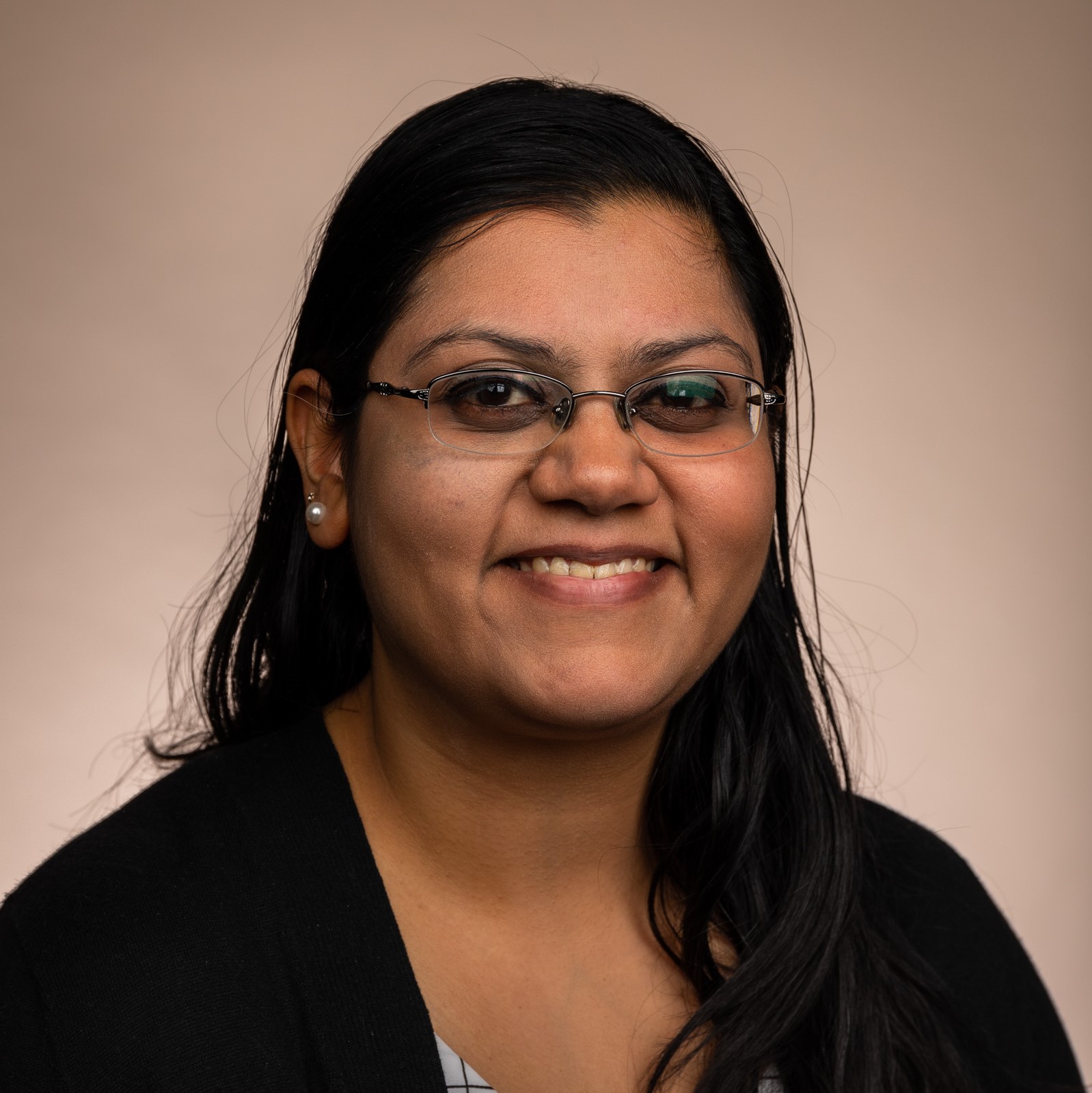


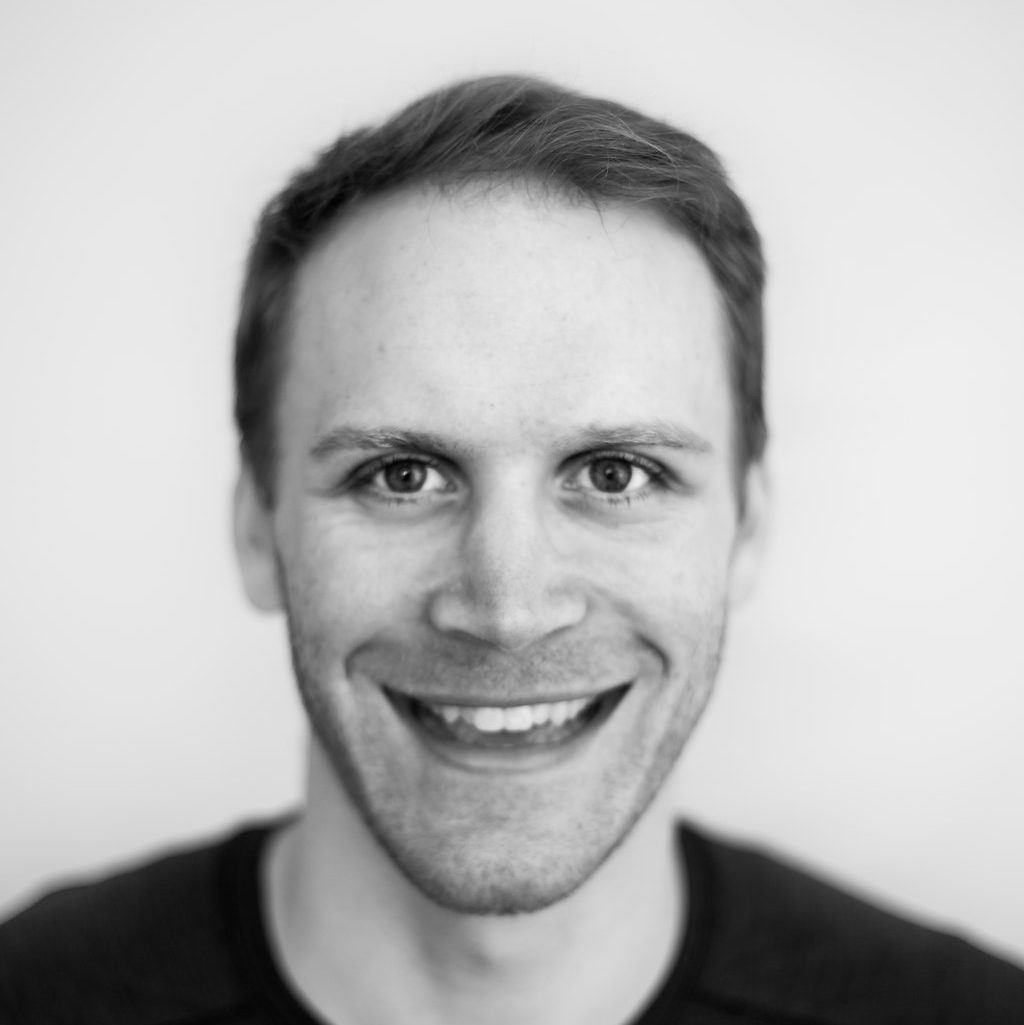
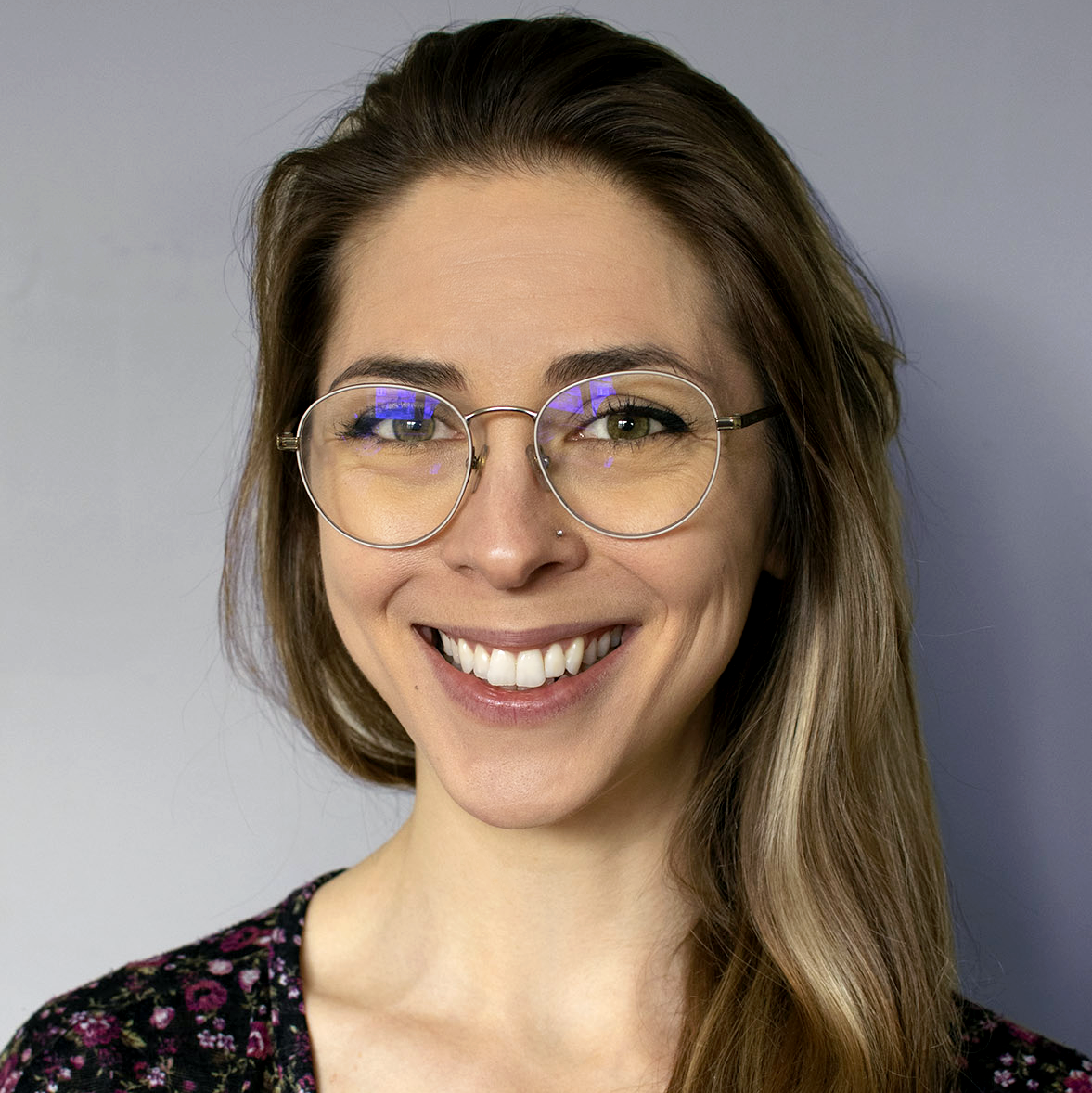

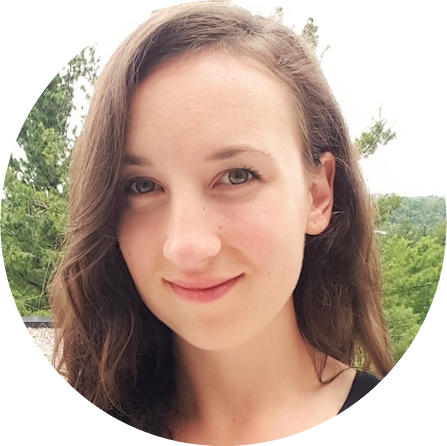
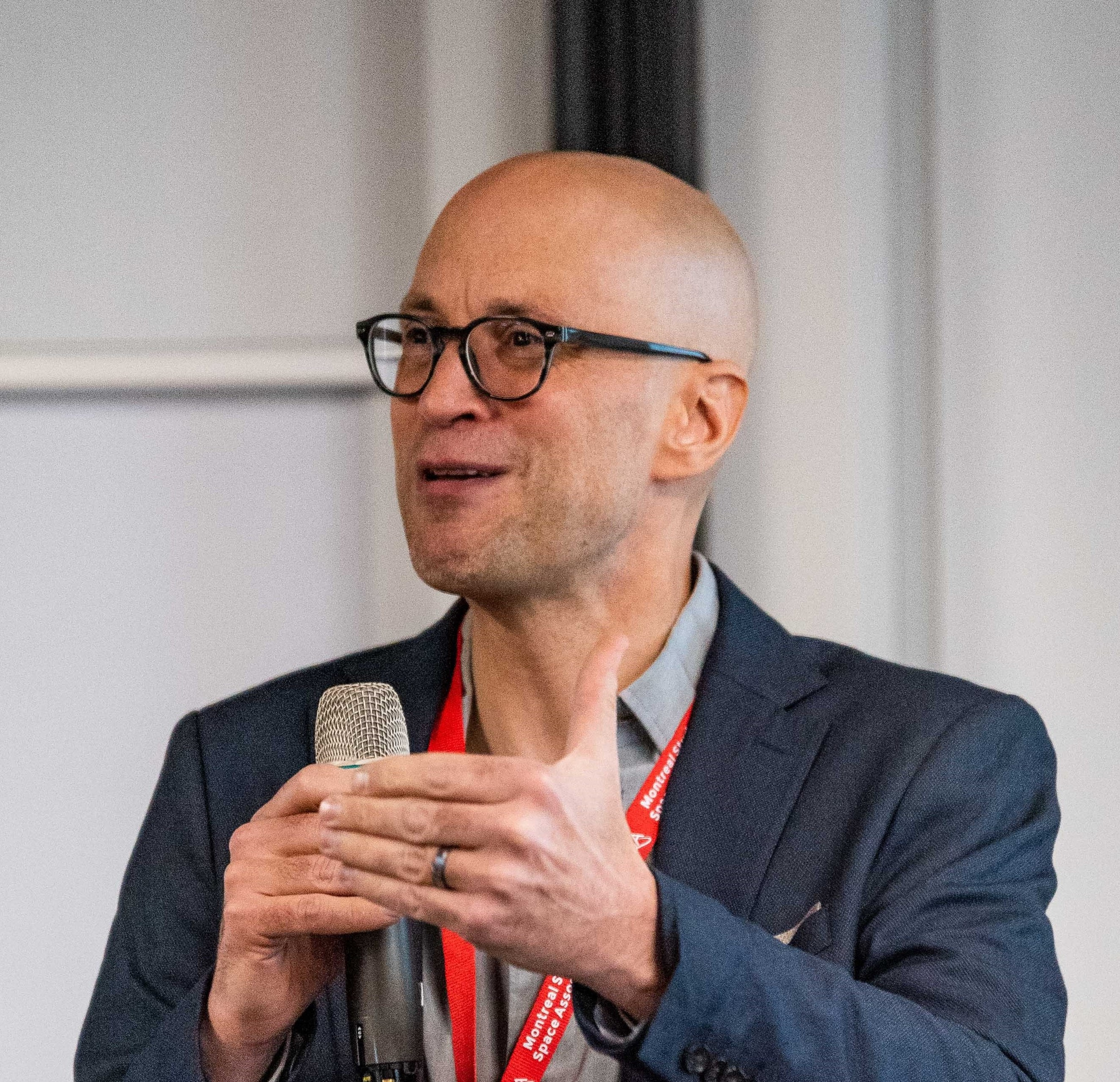 Associate Professor
Associate Professor